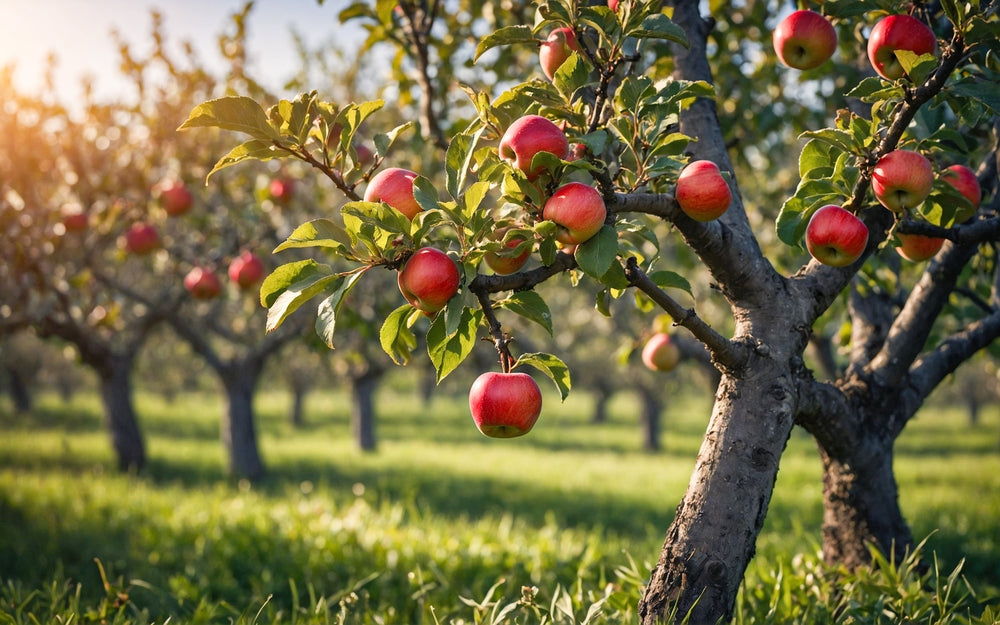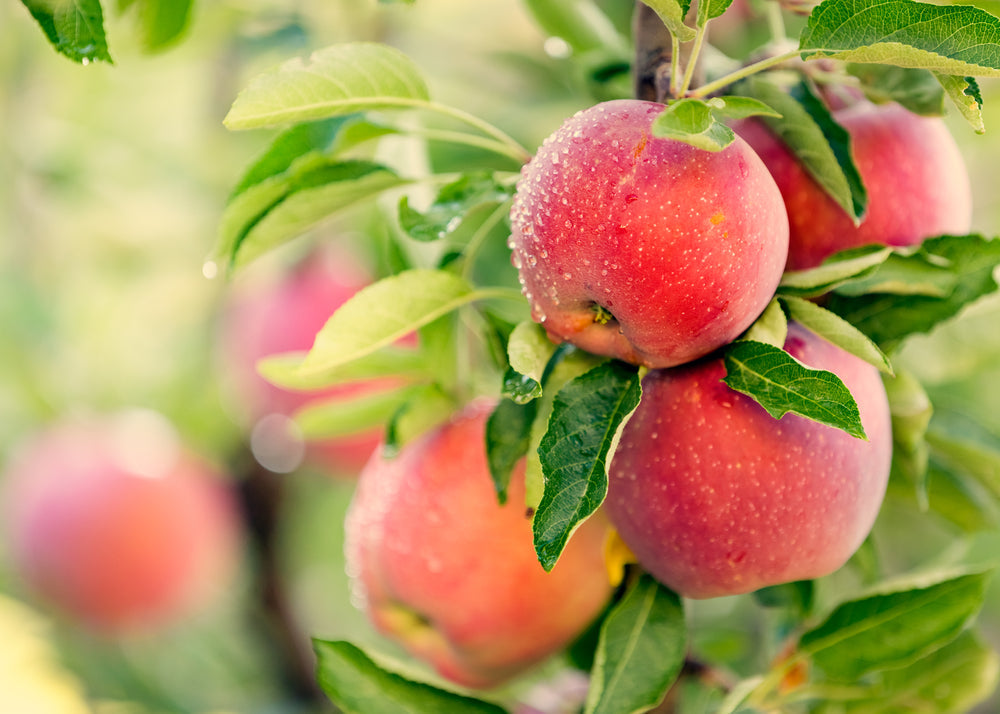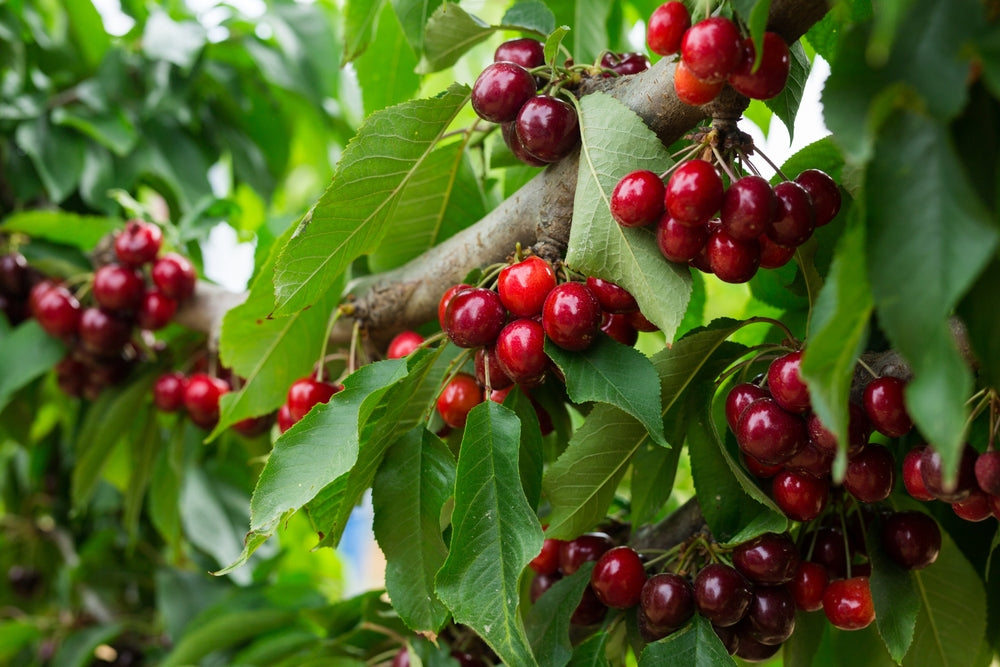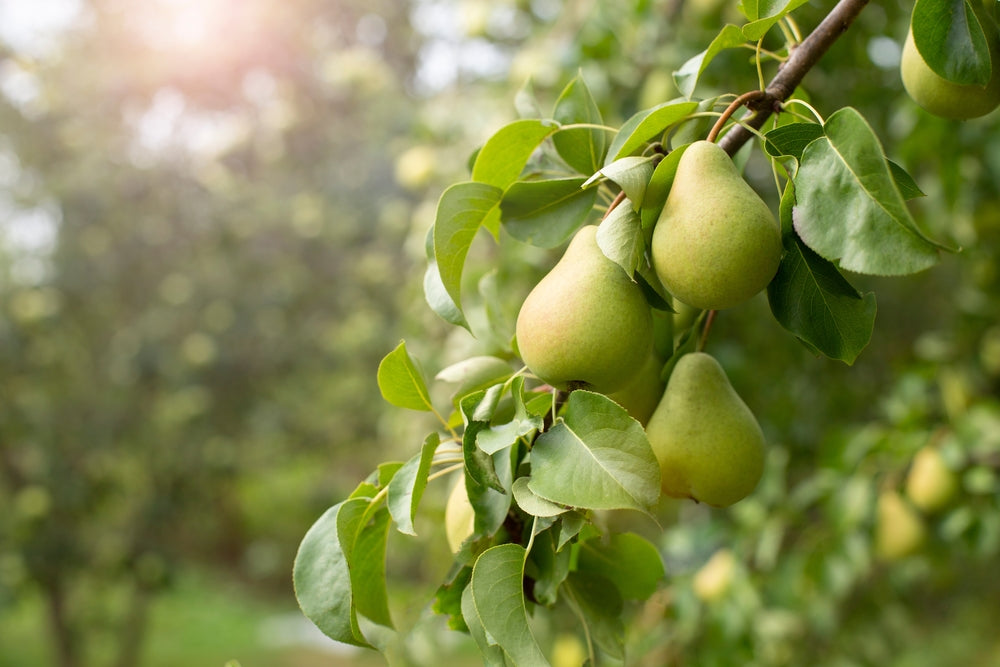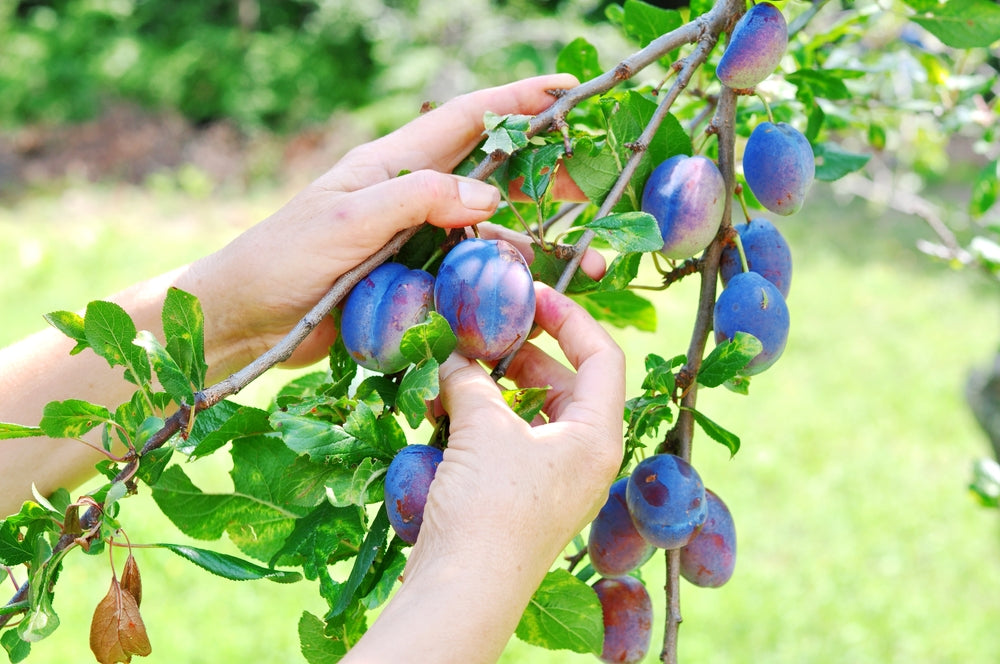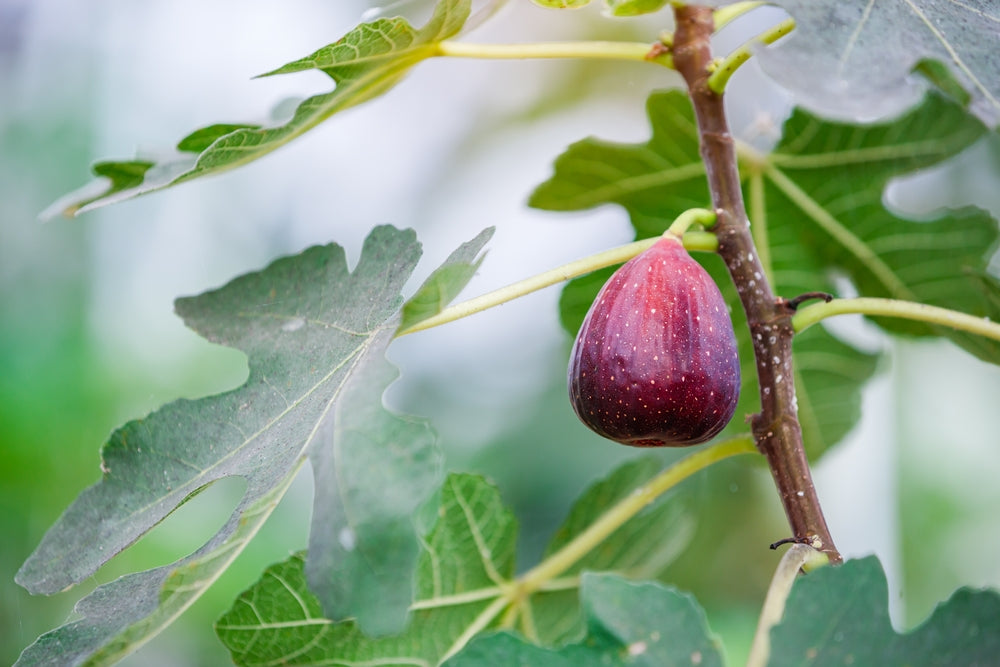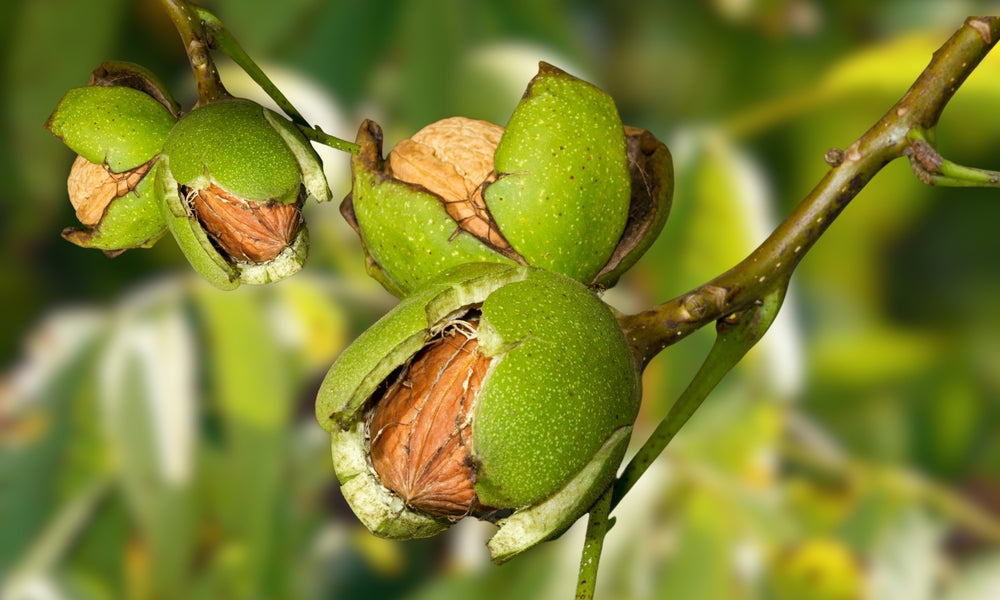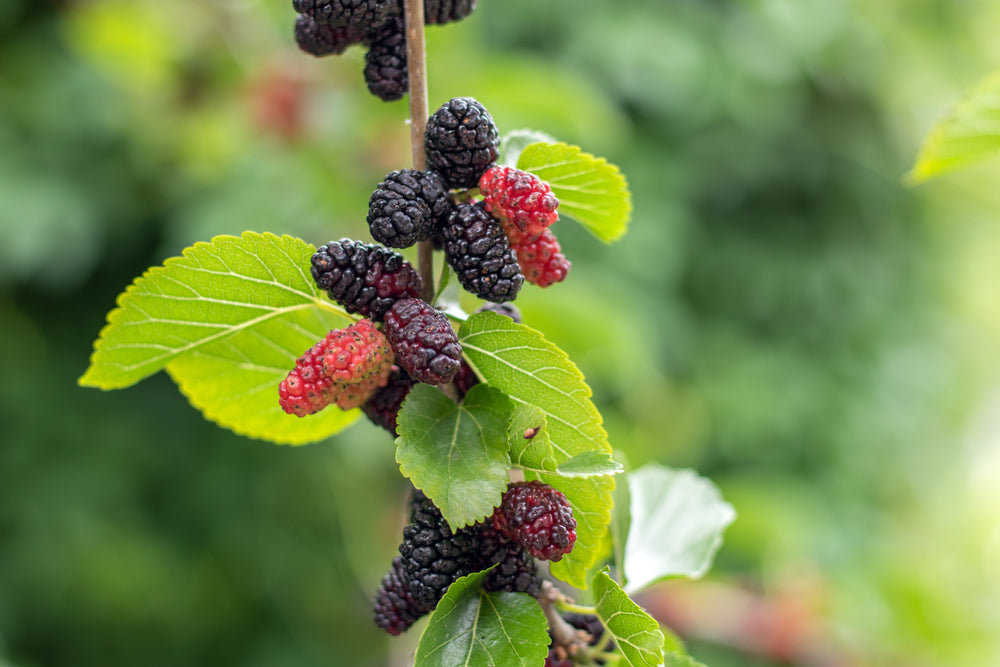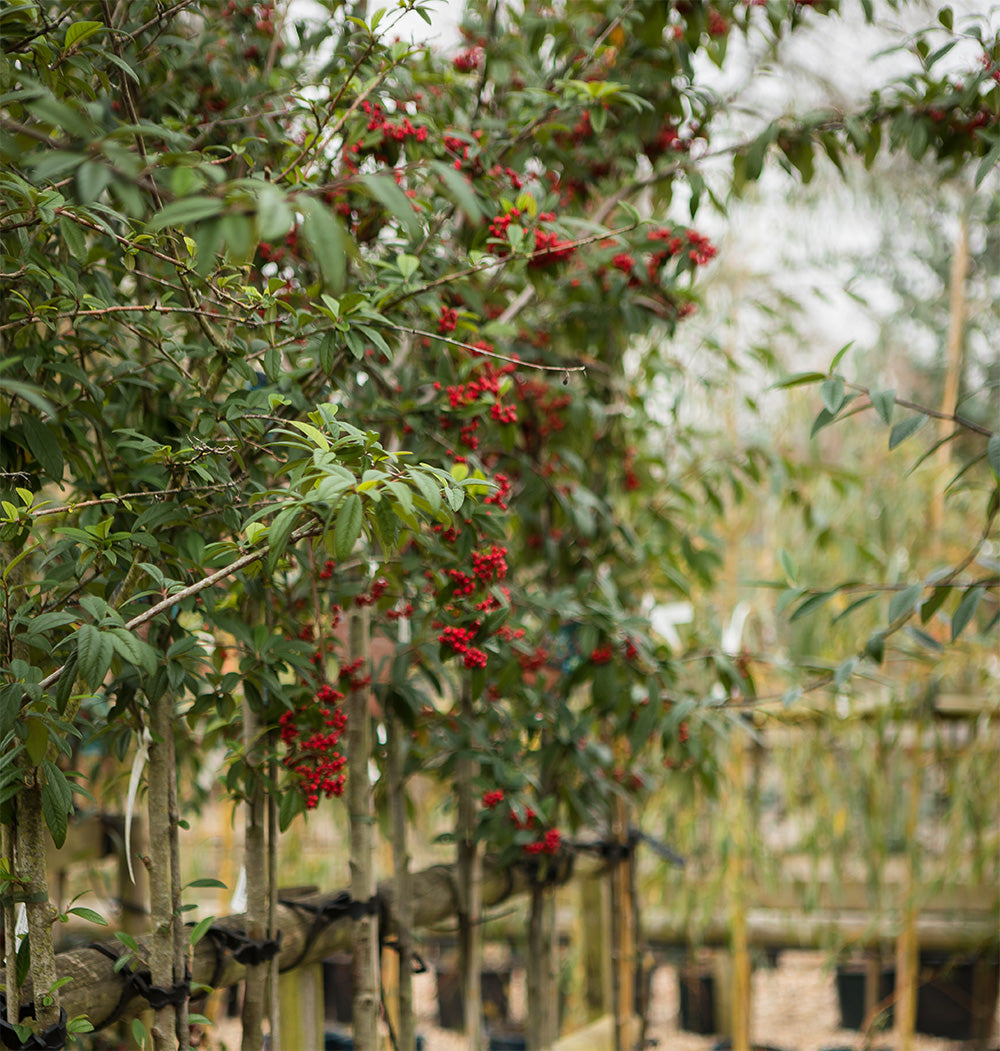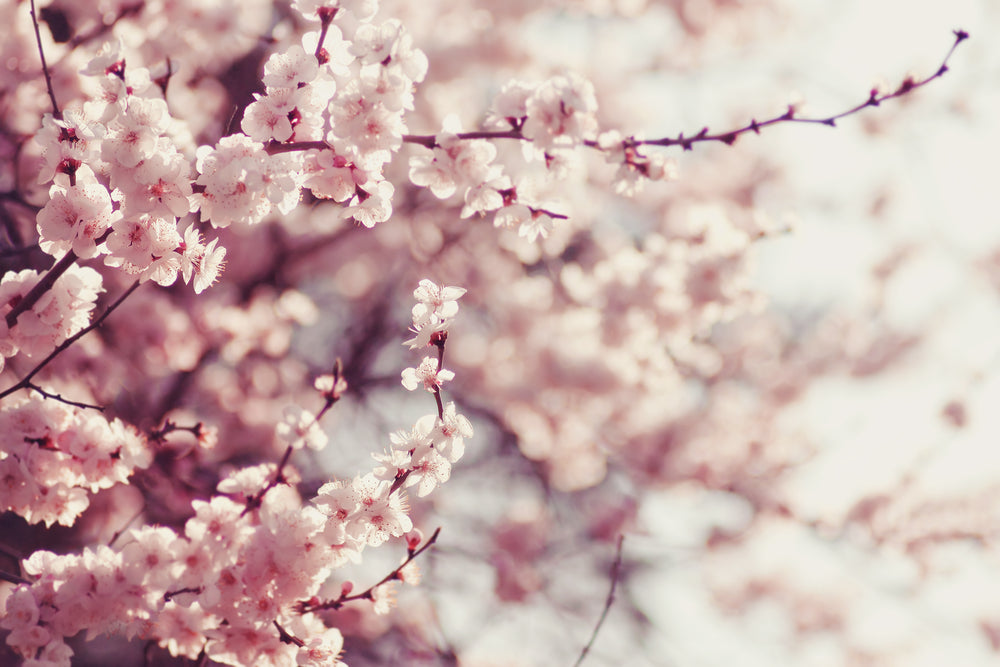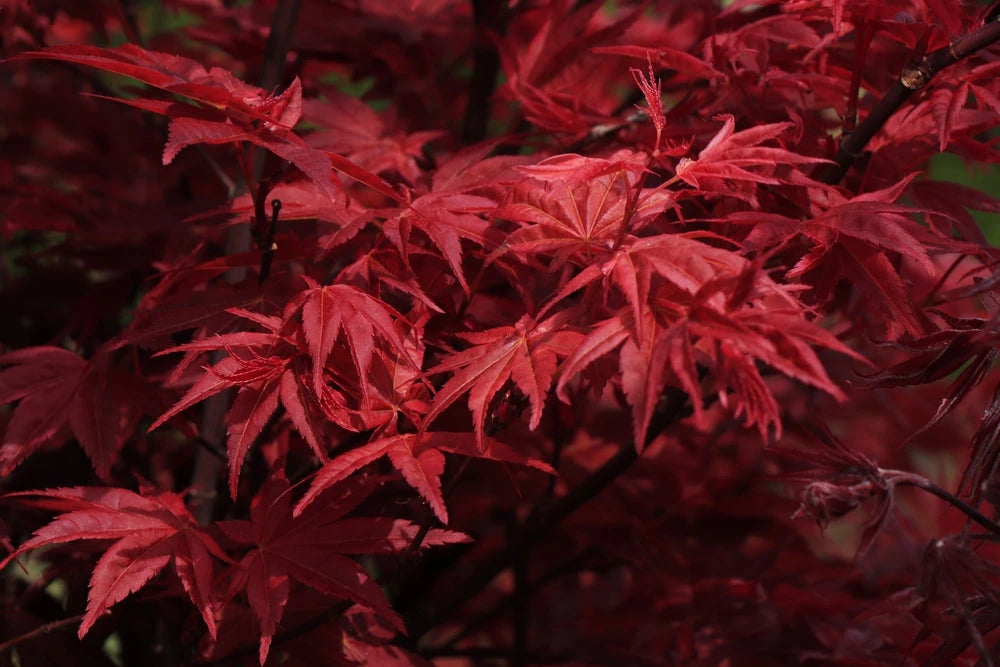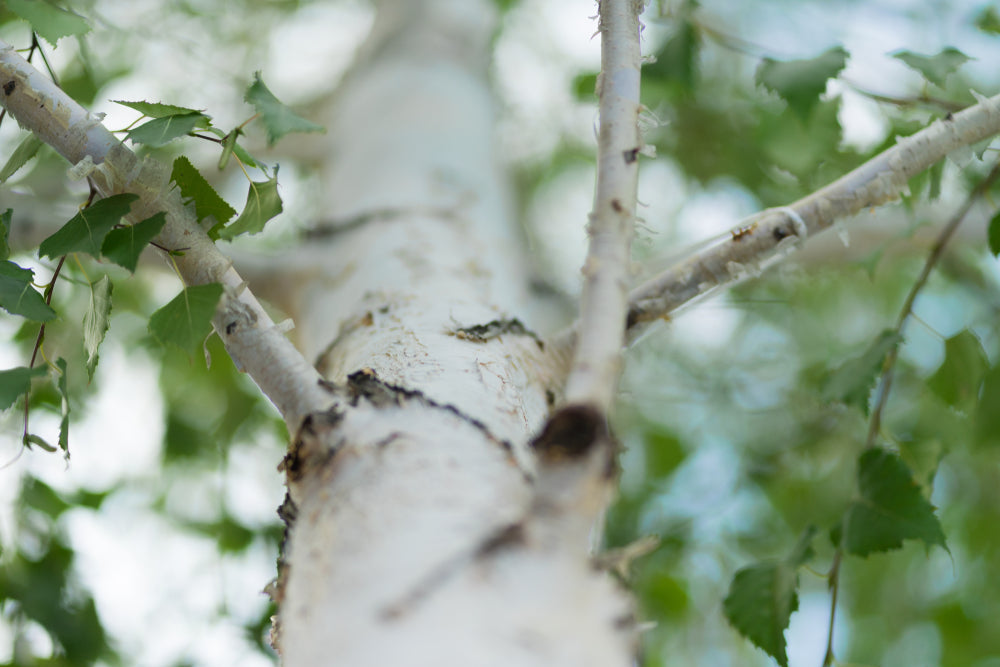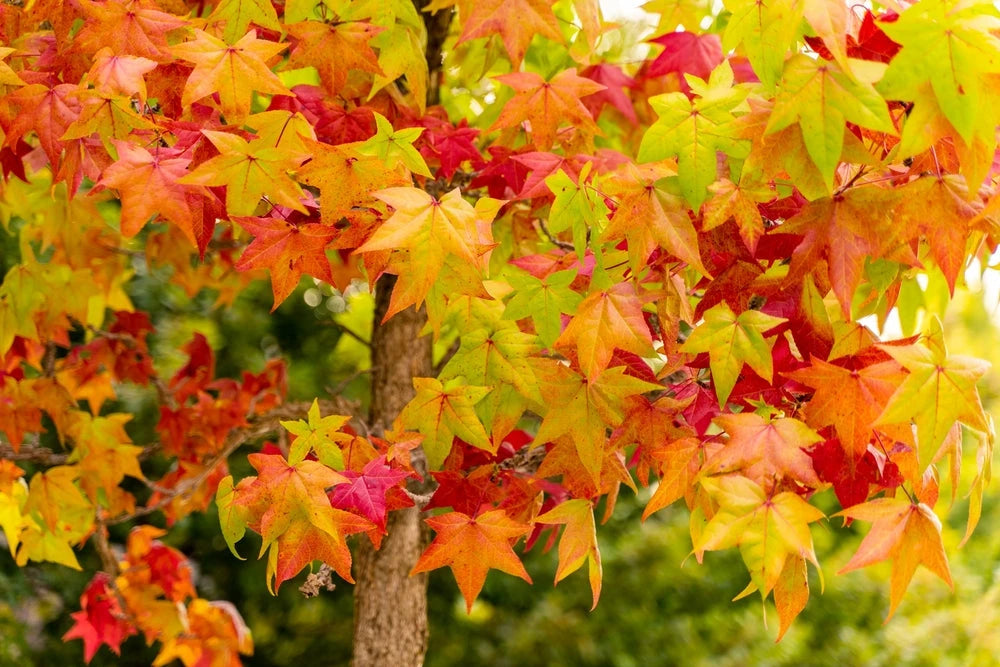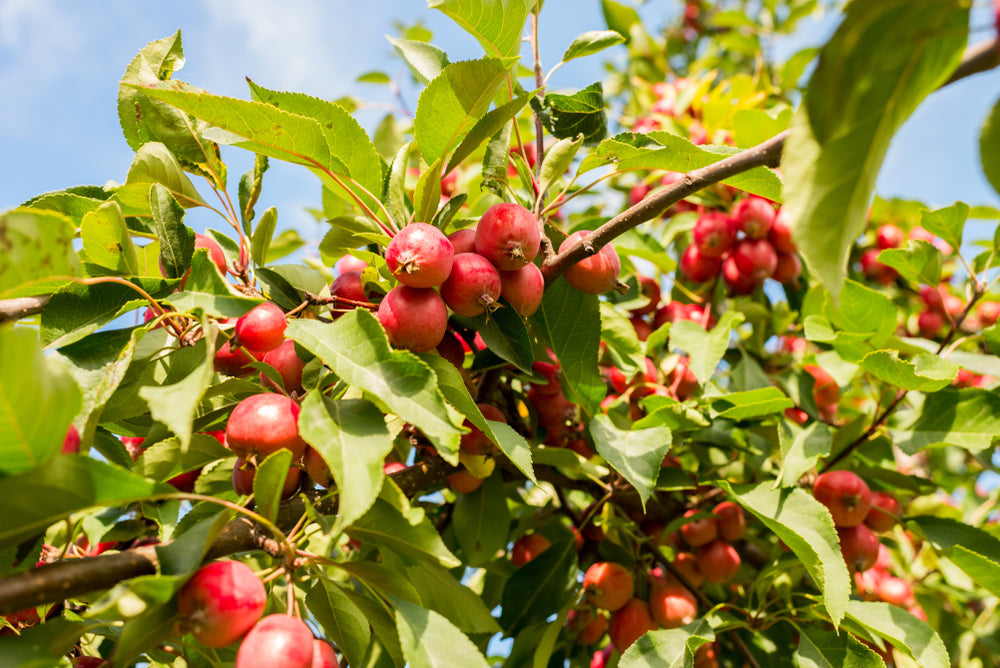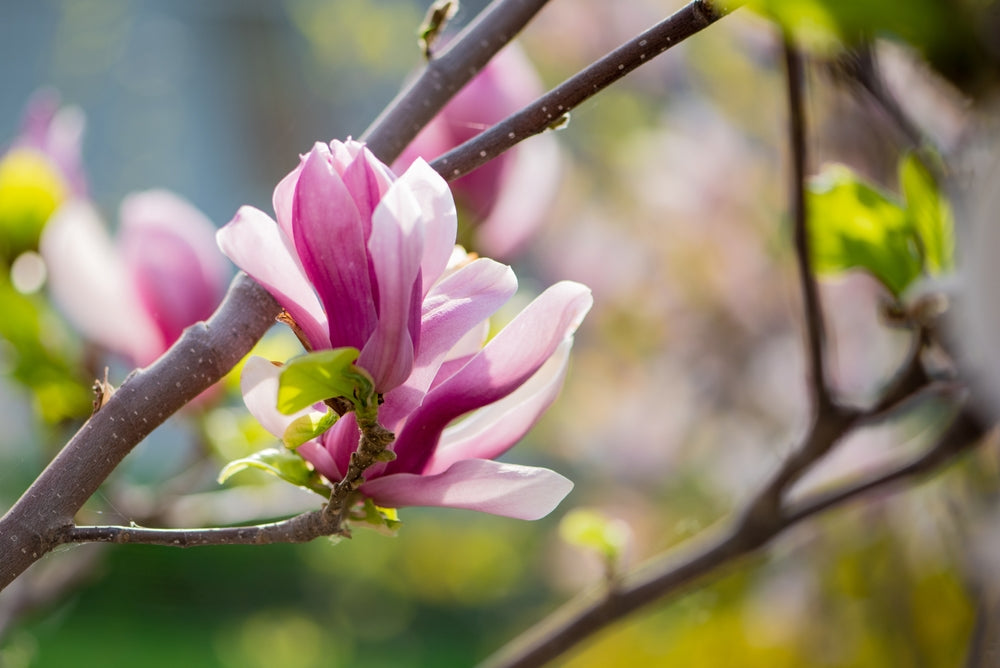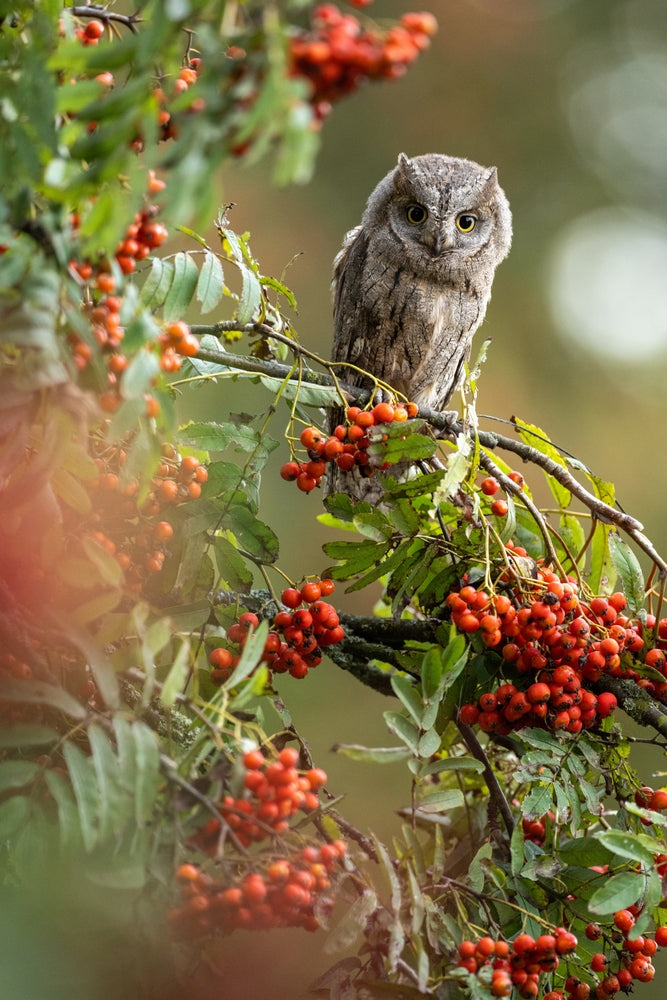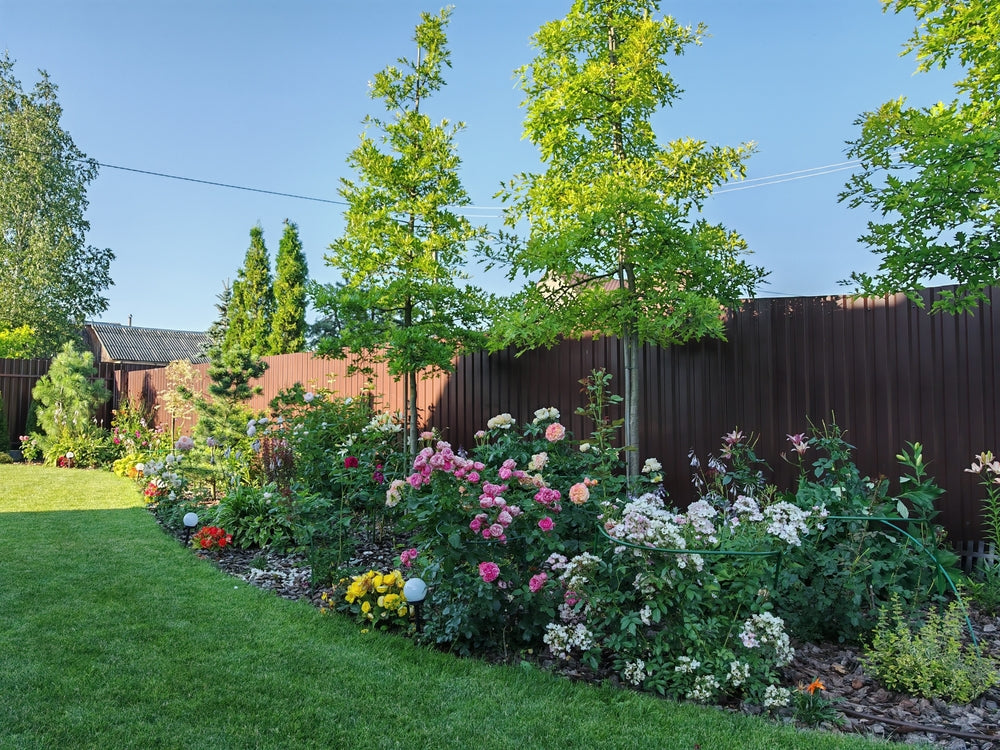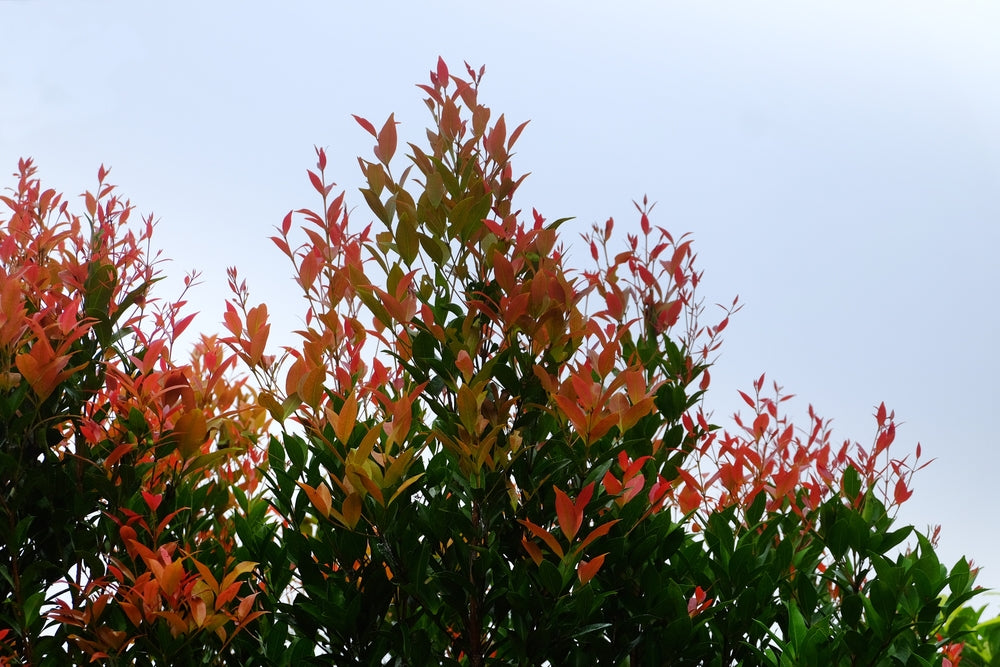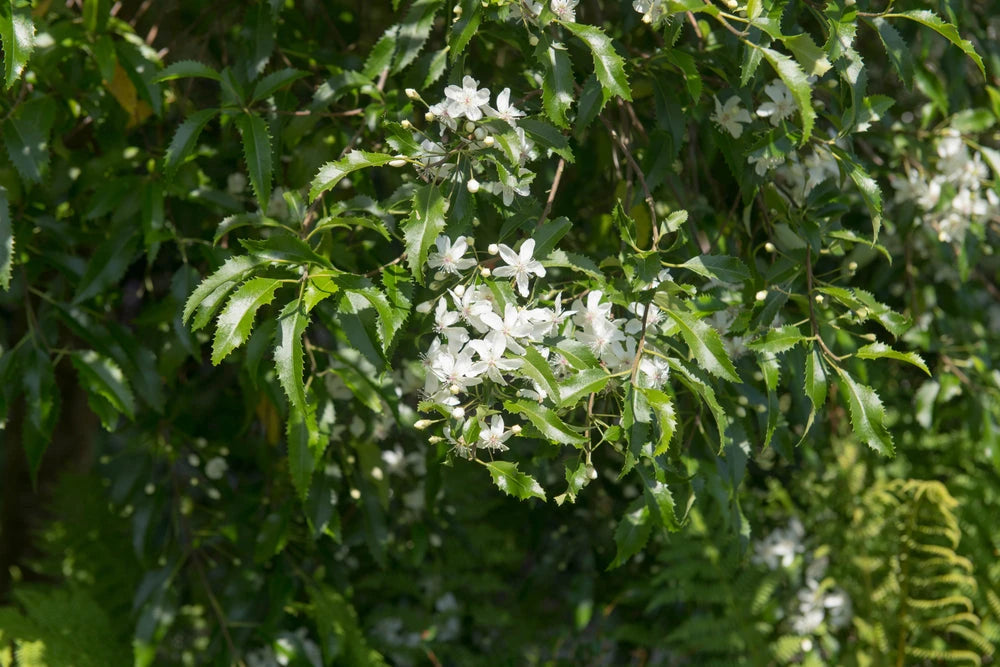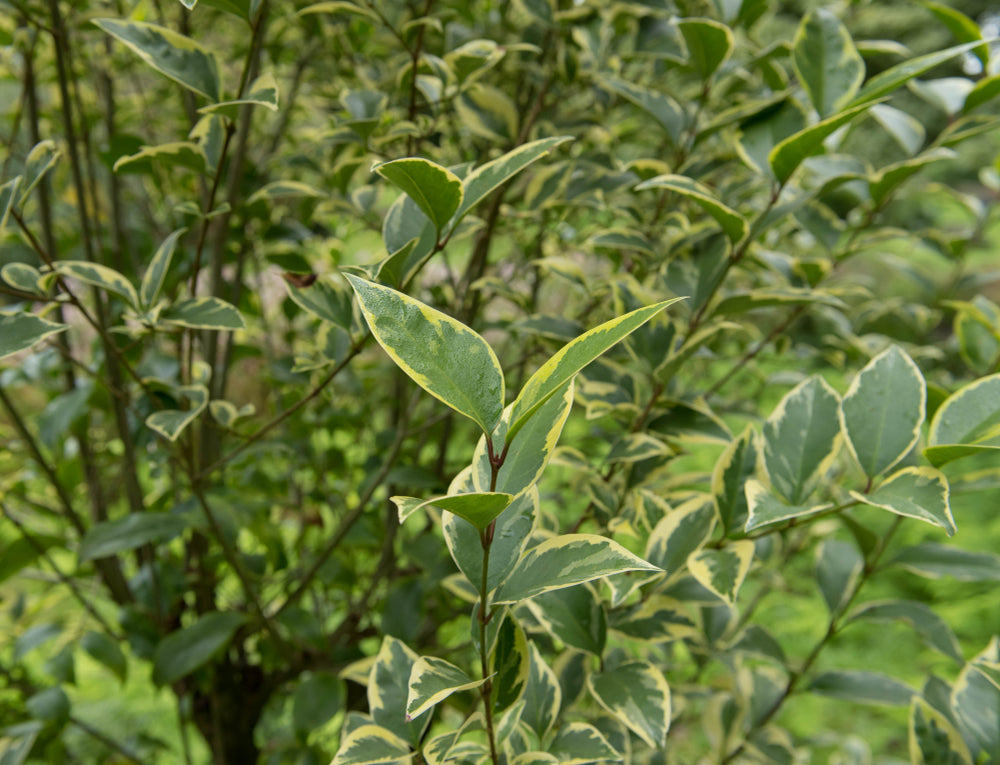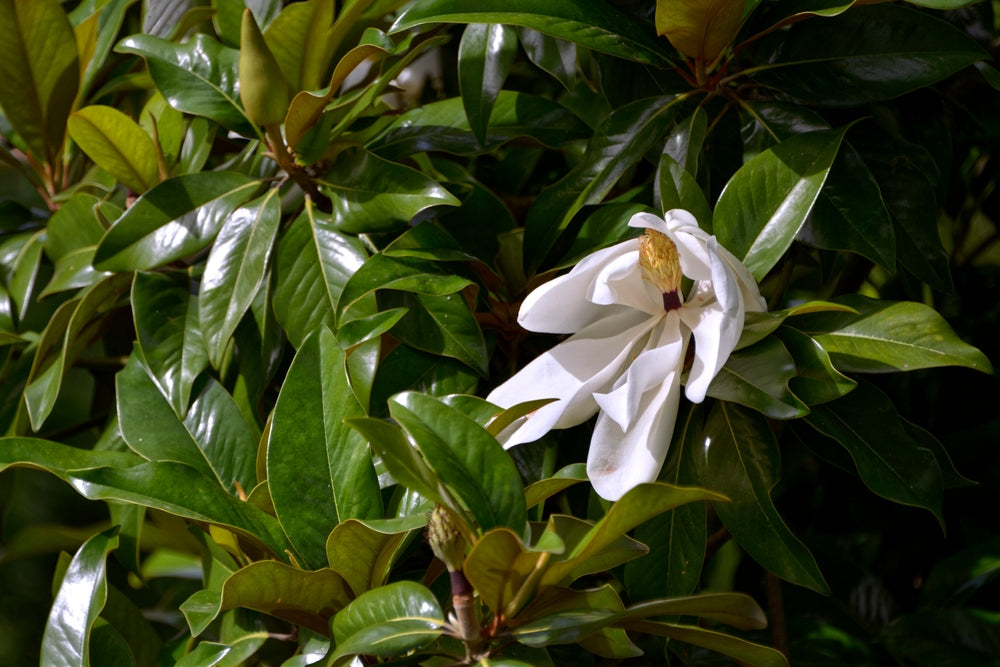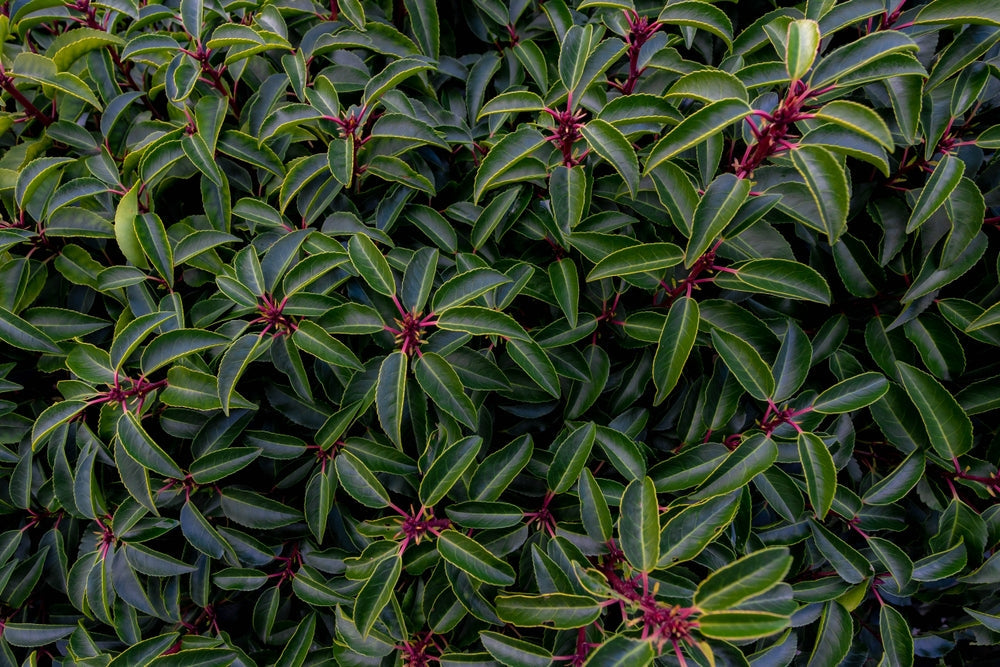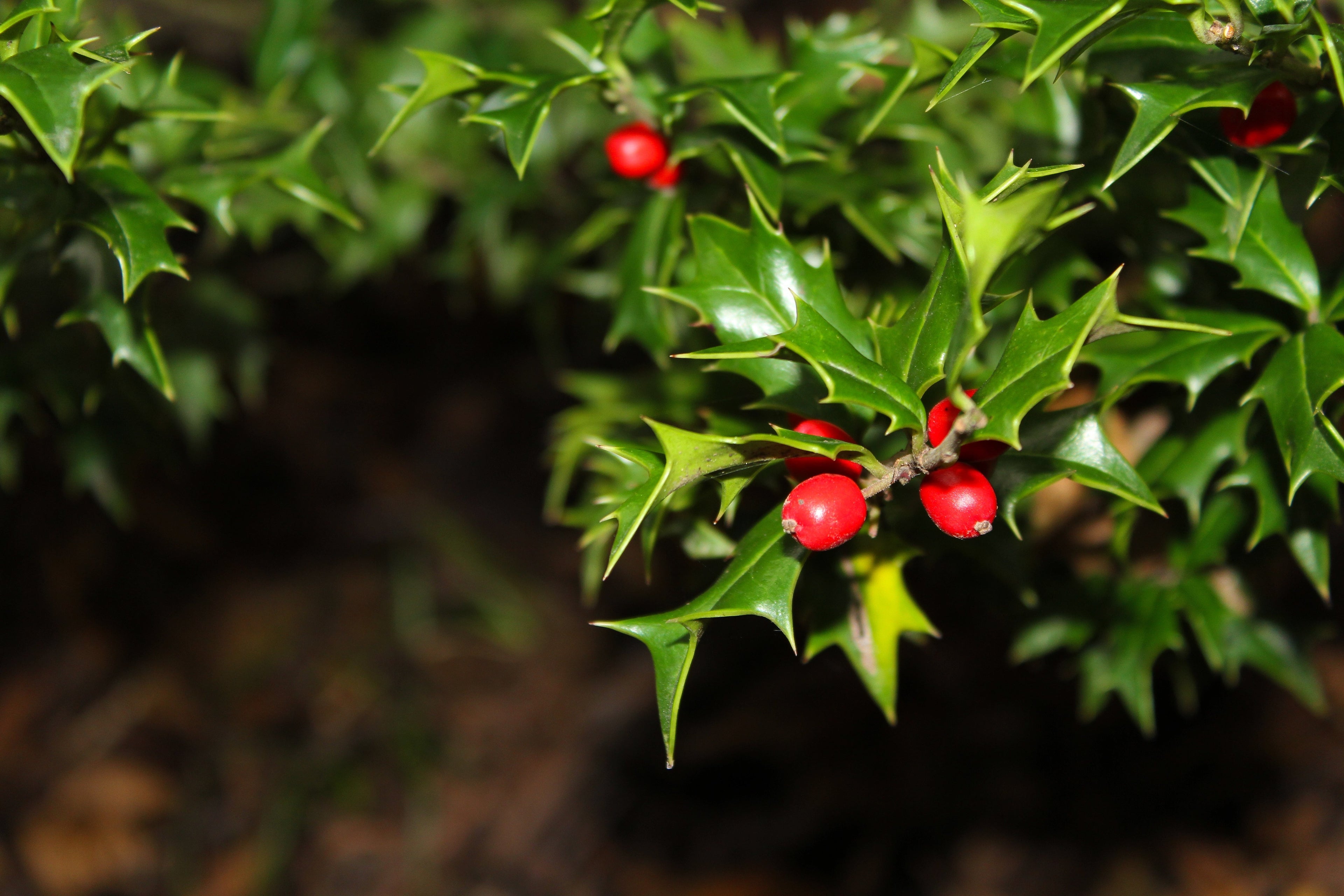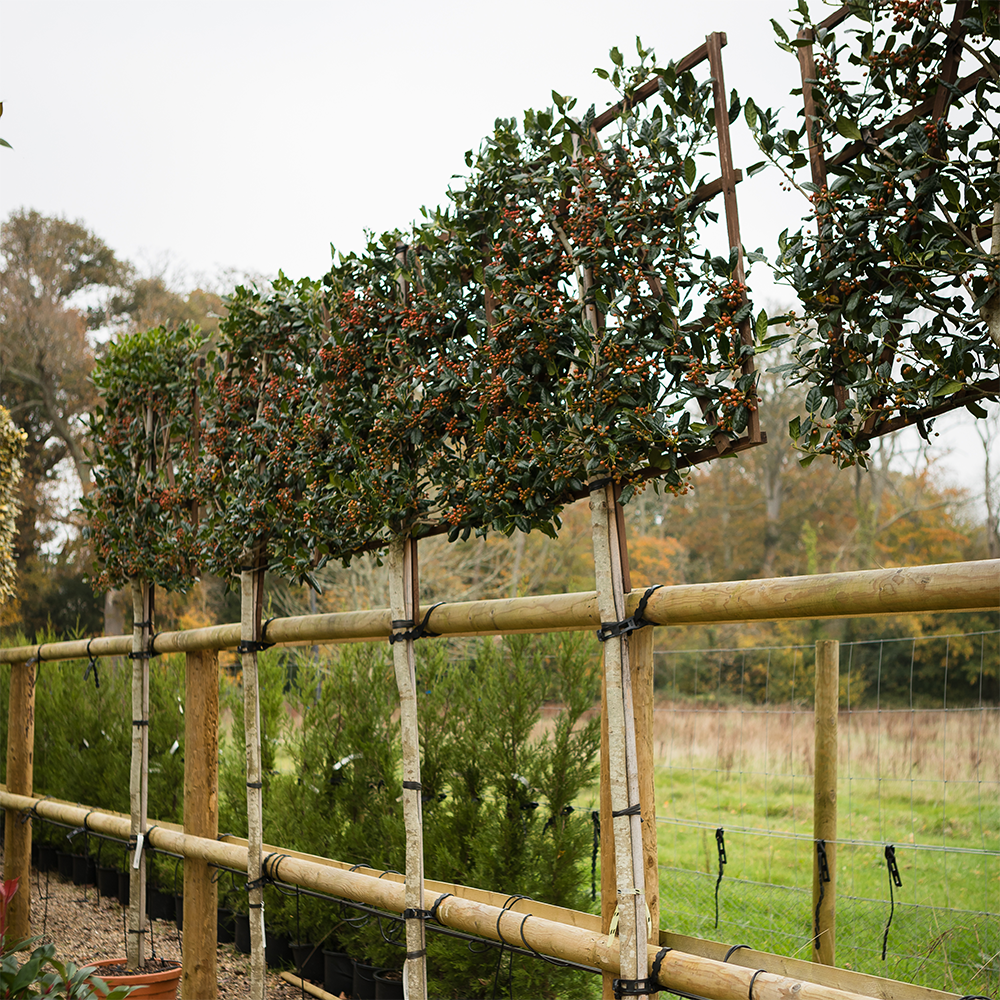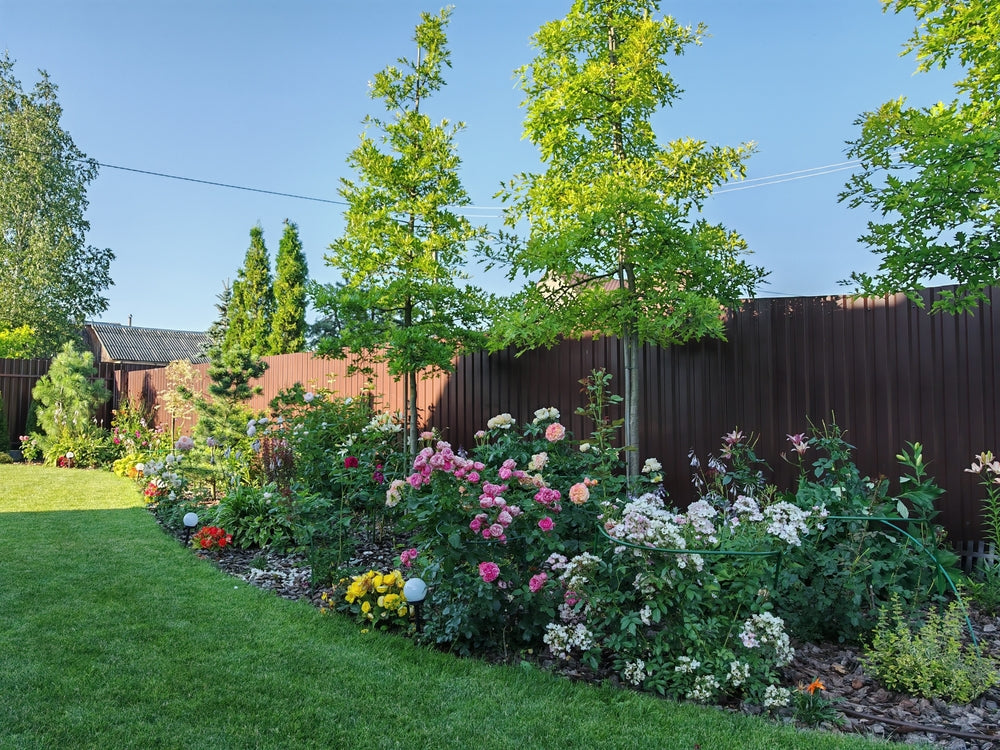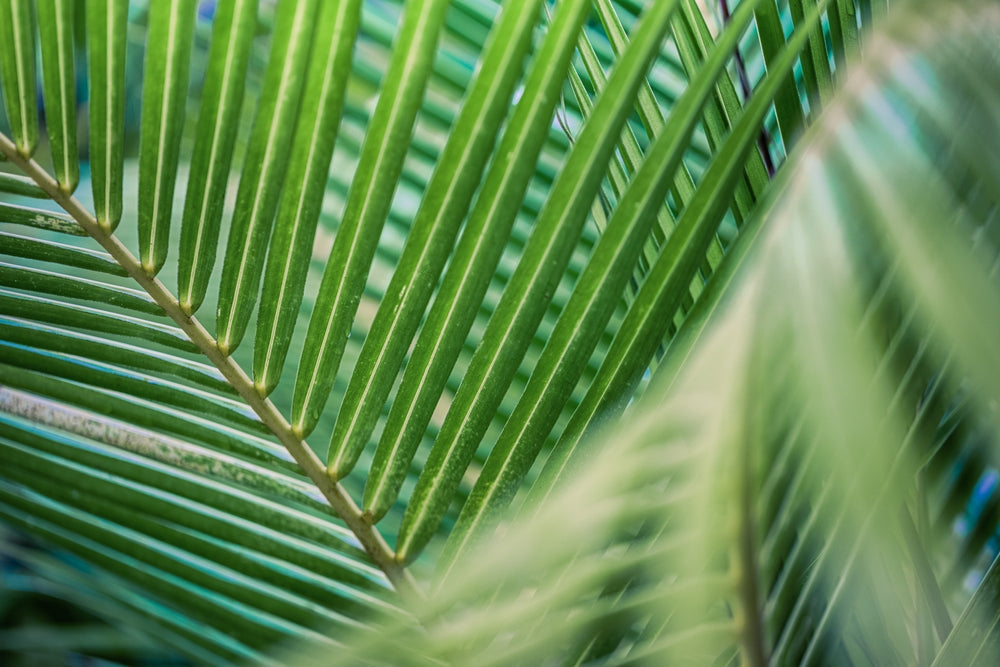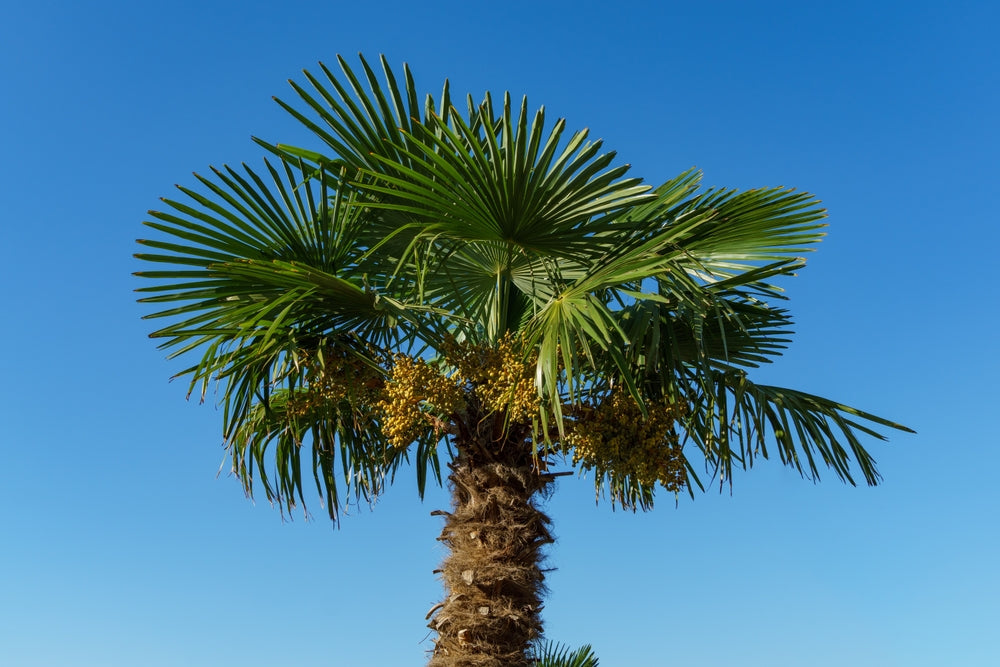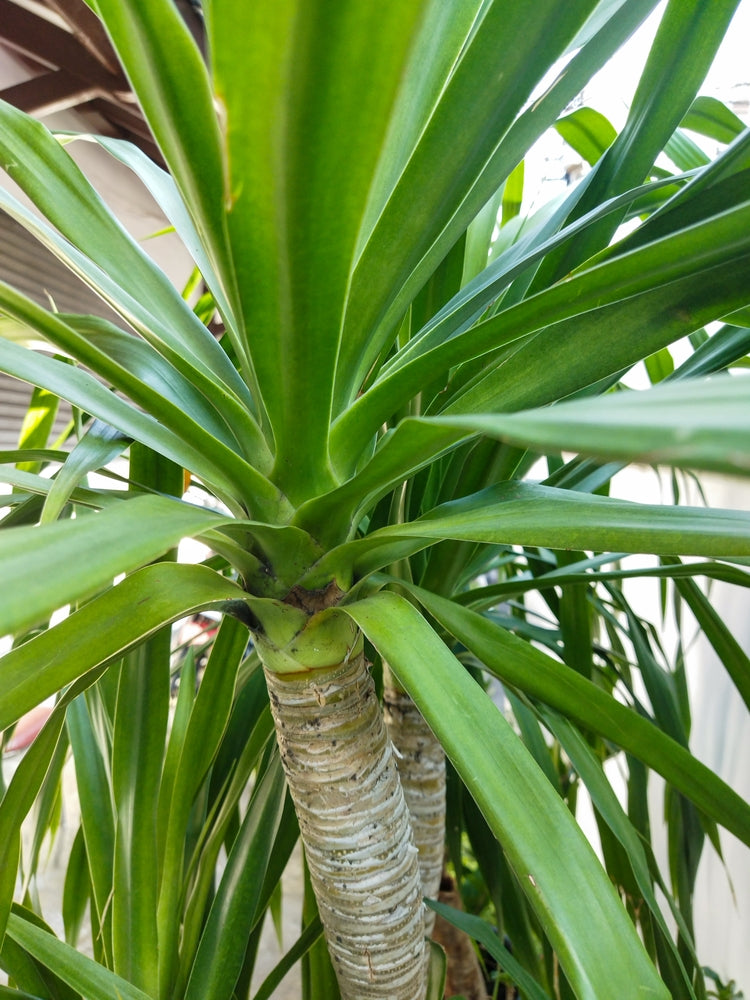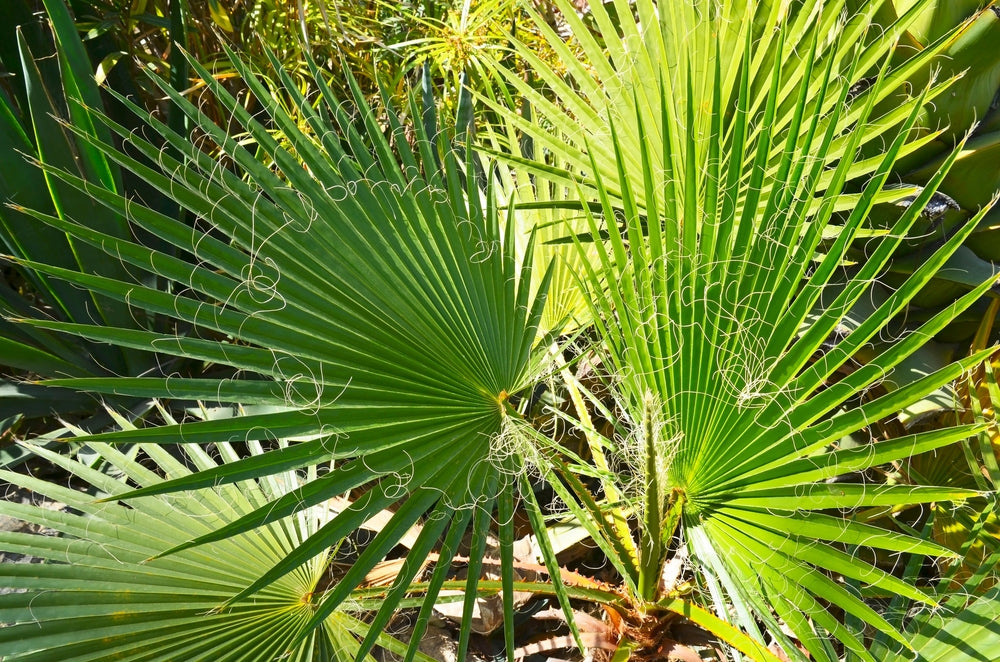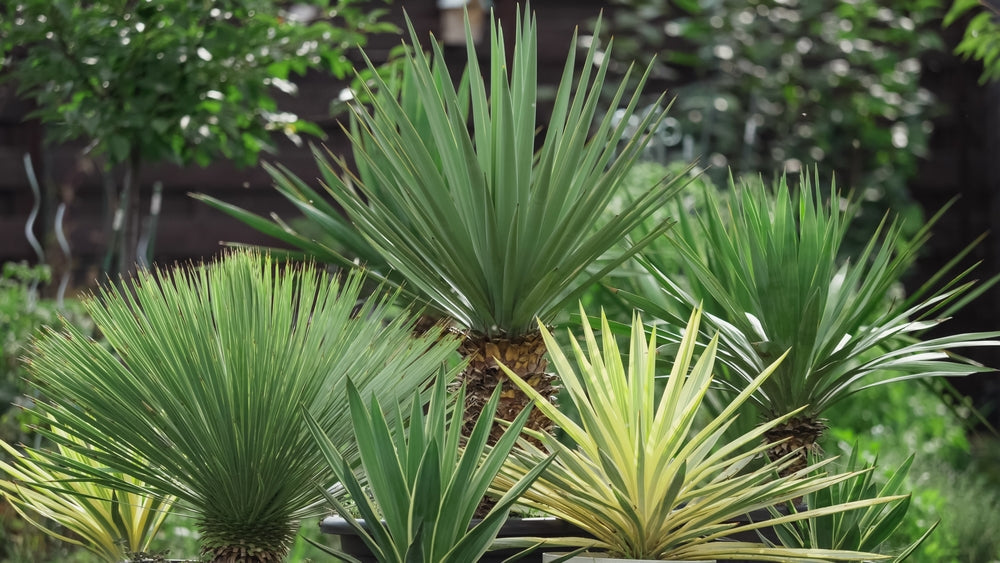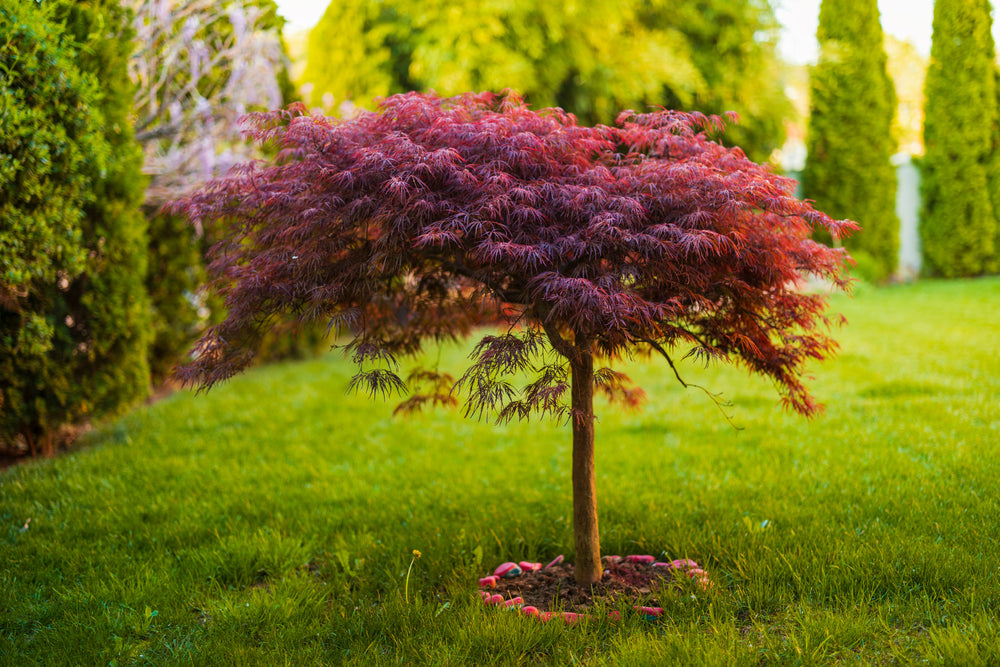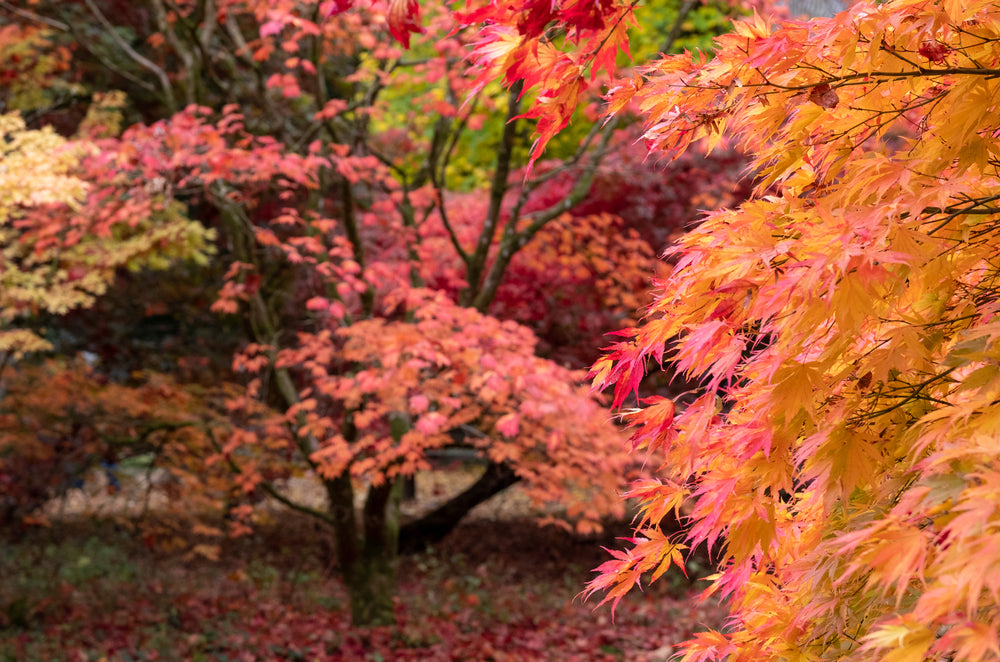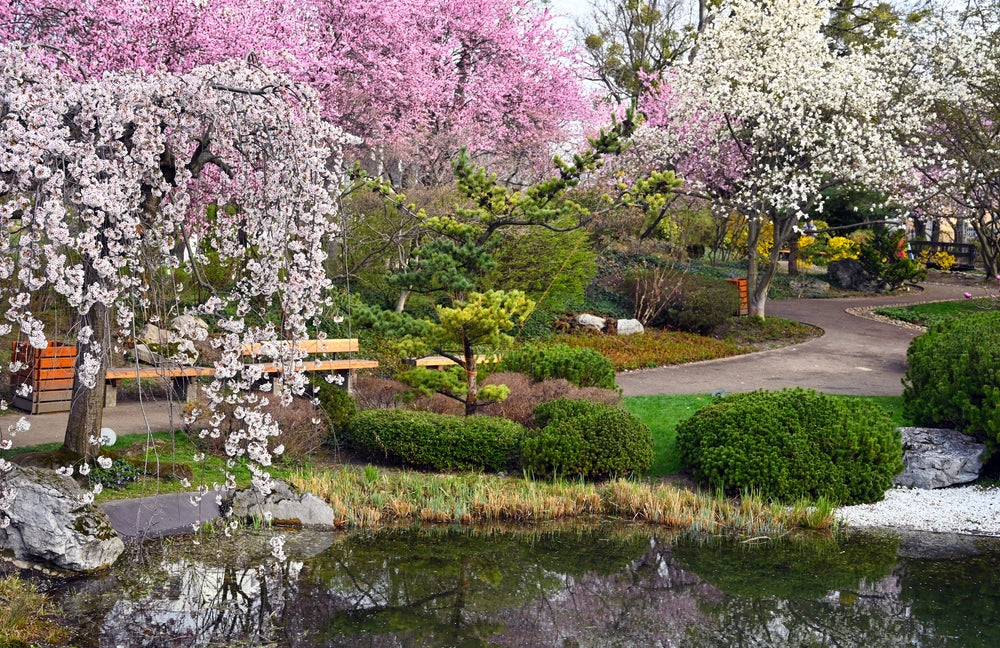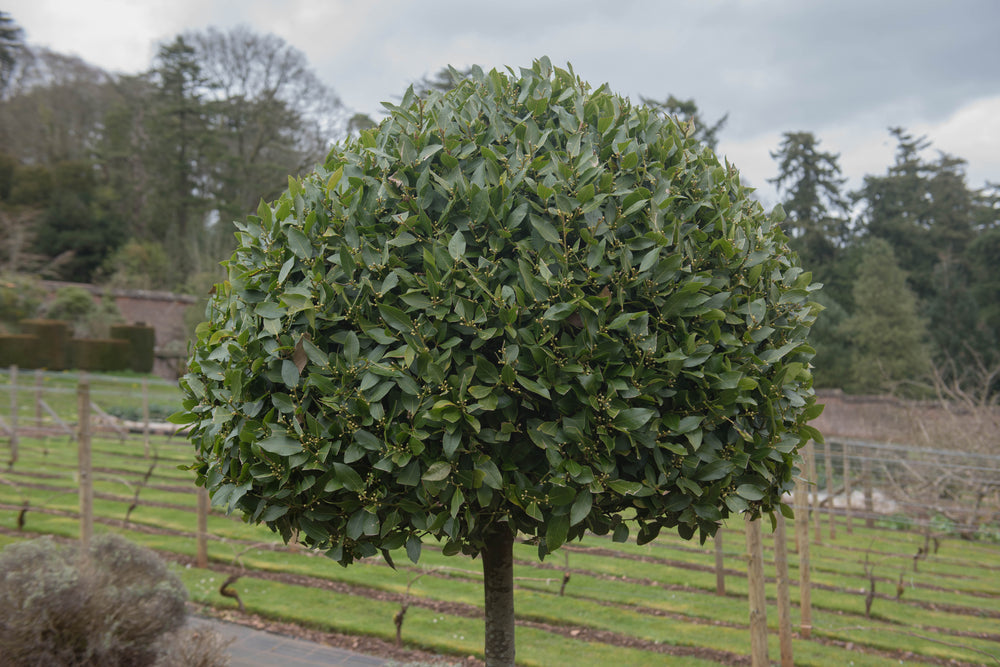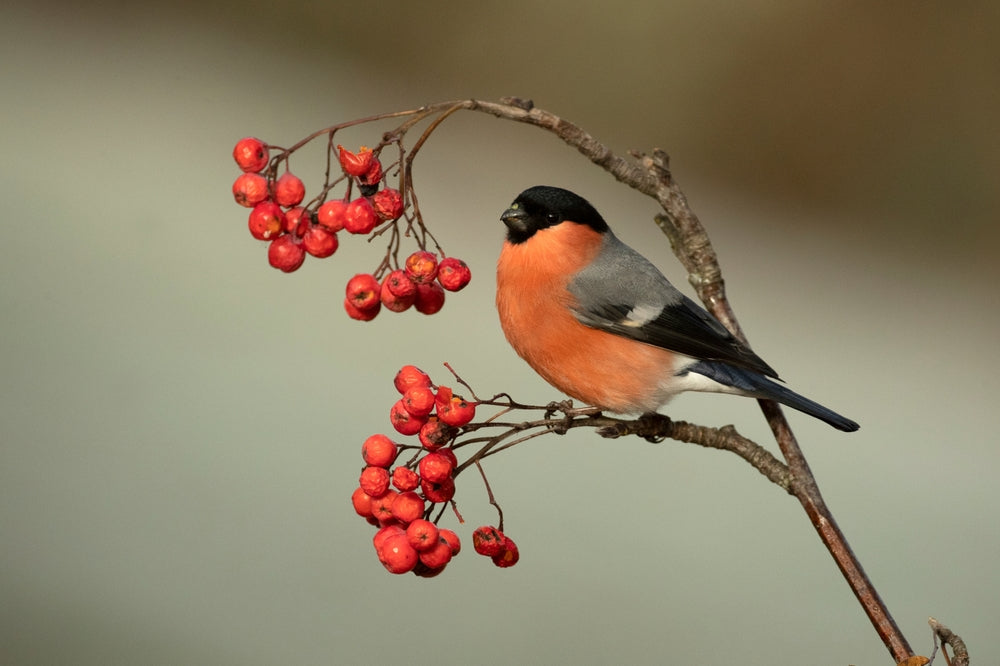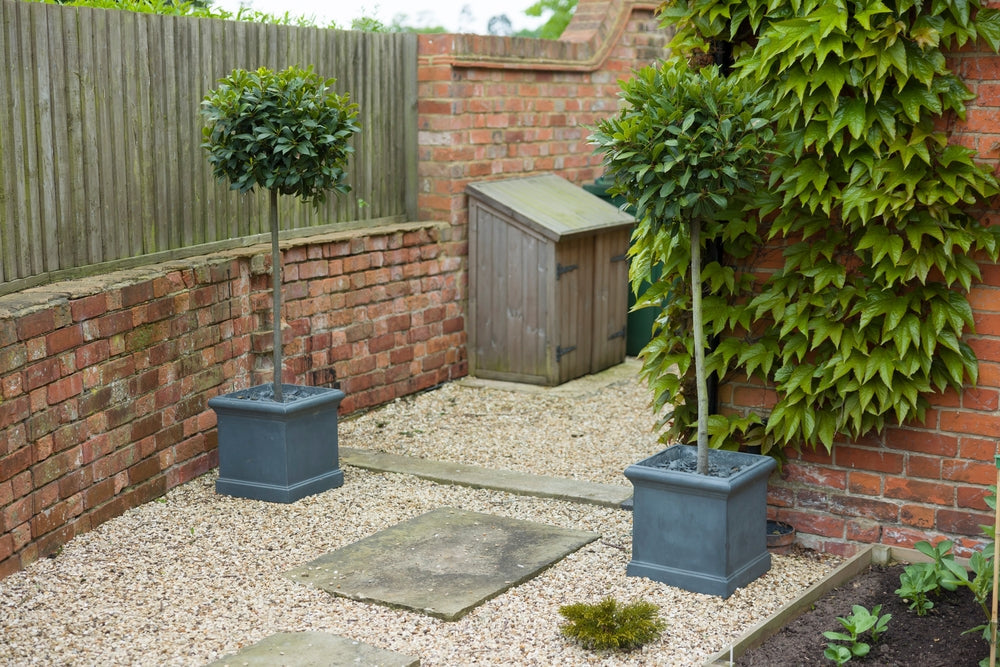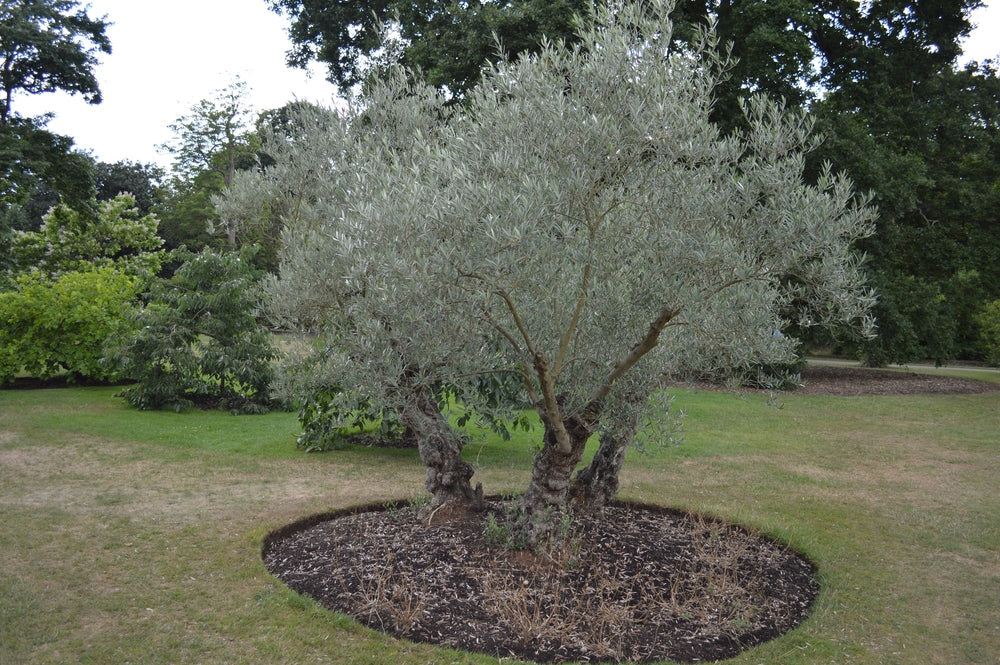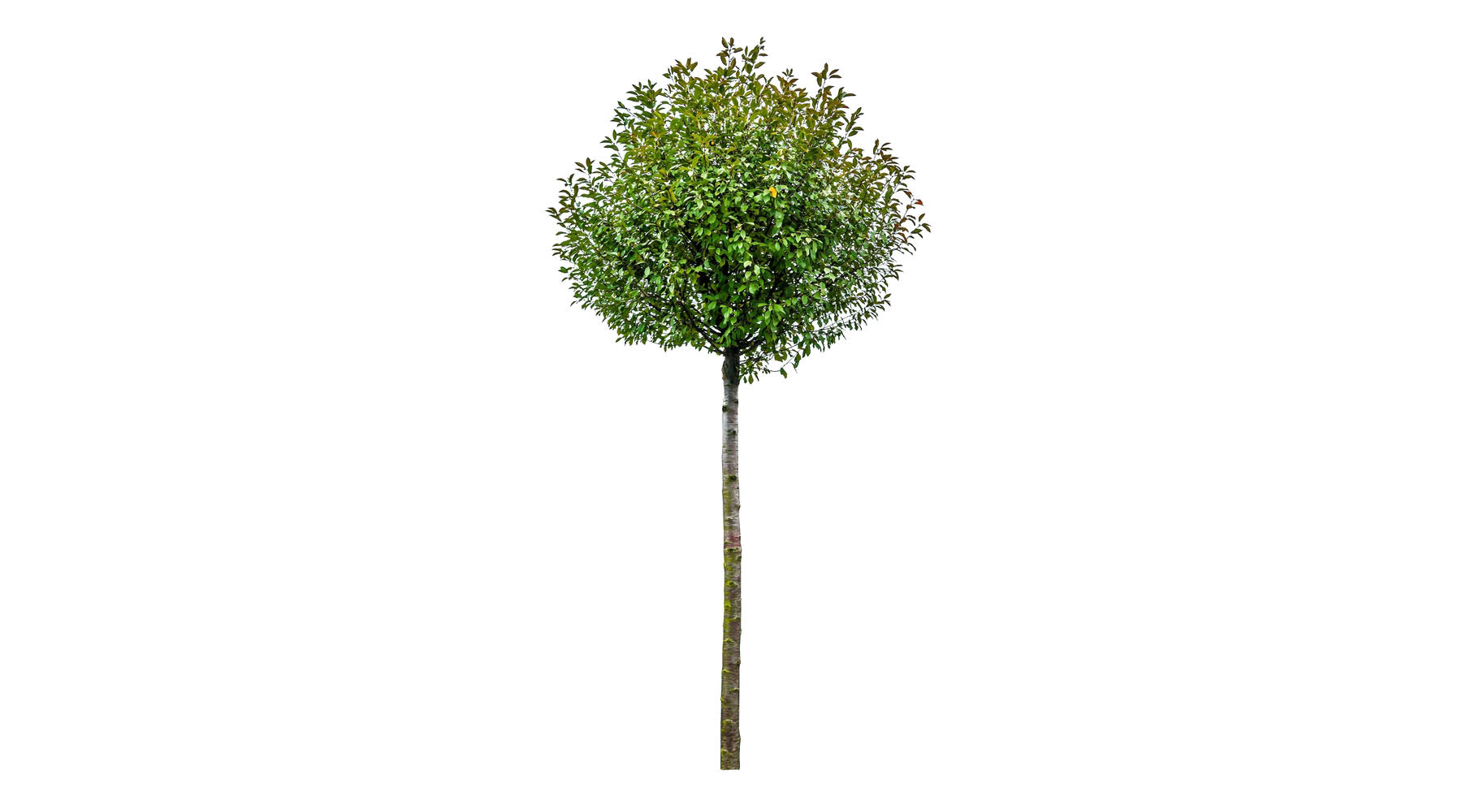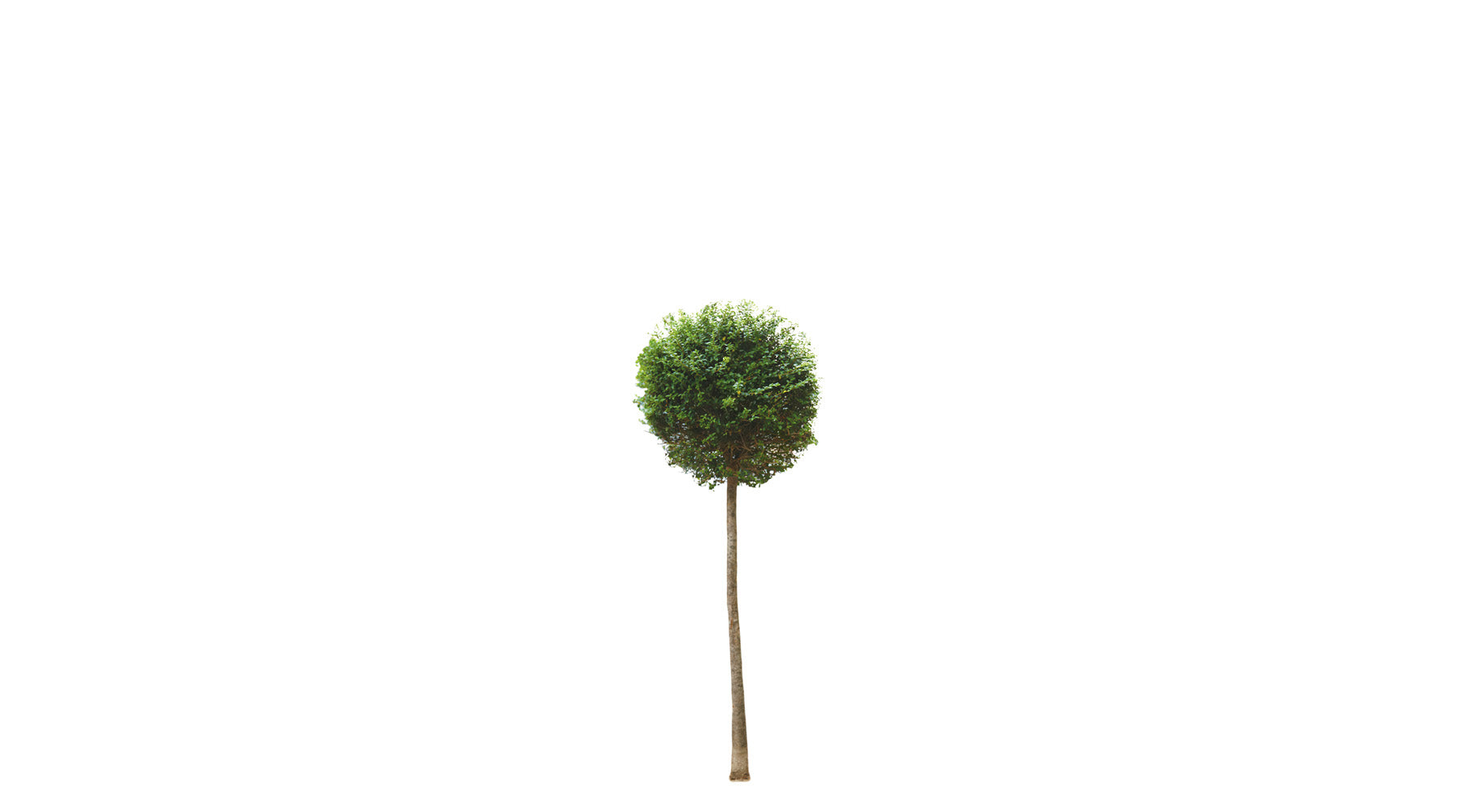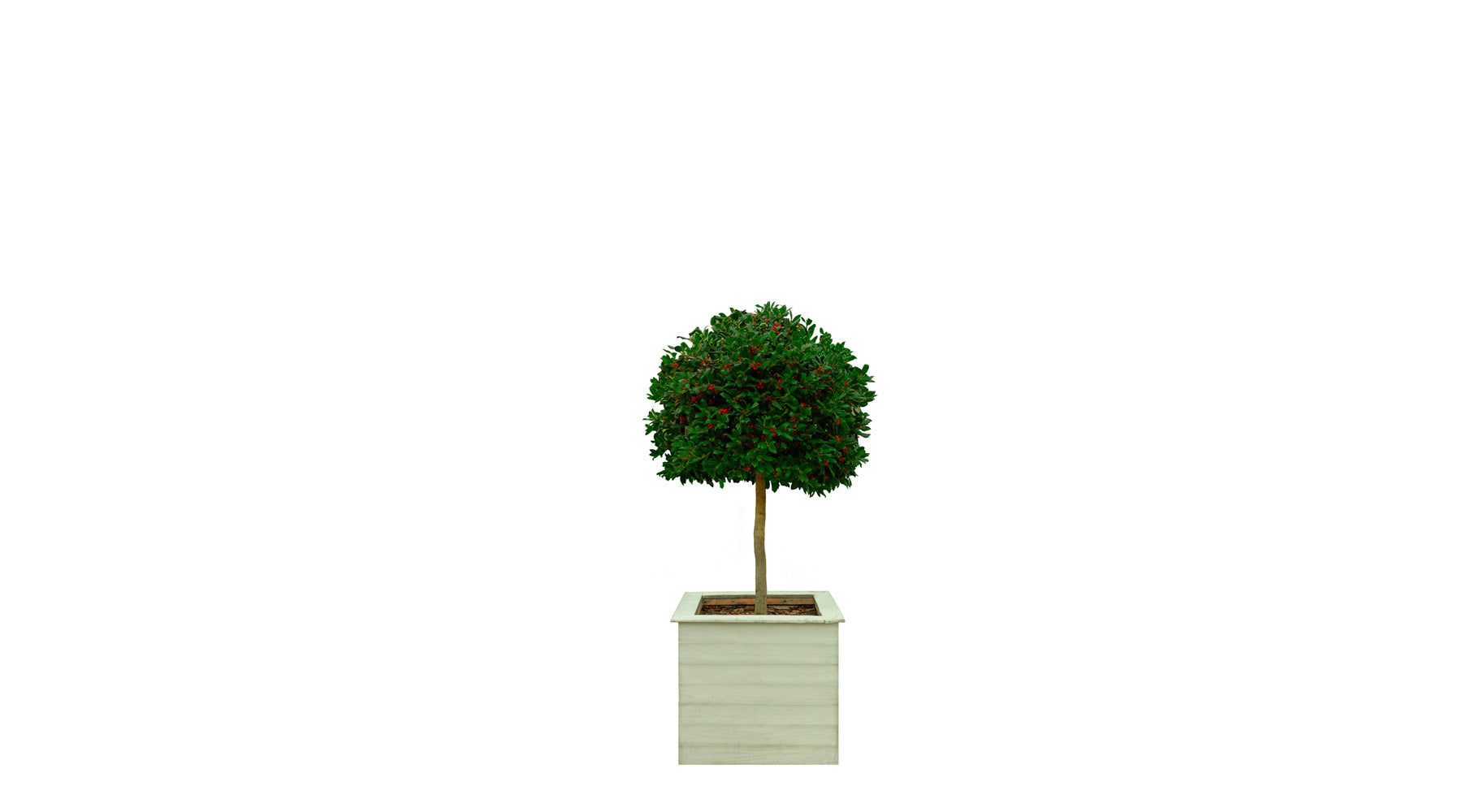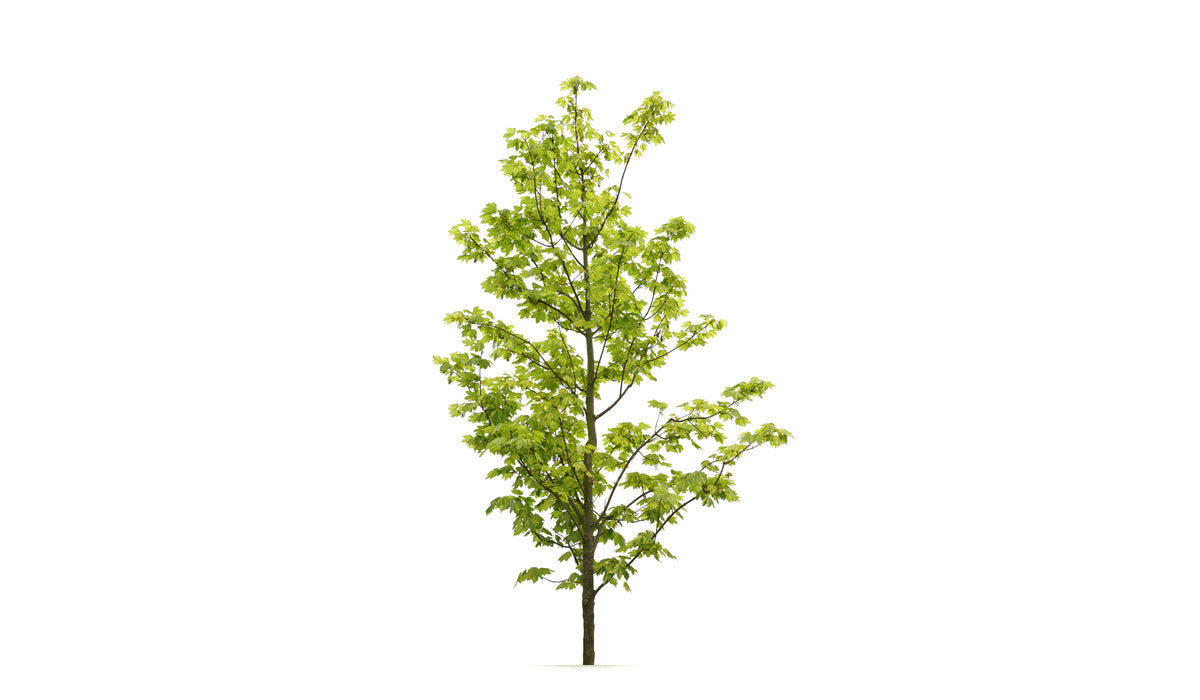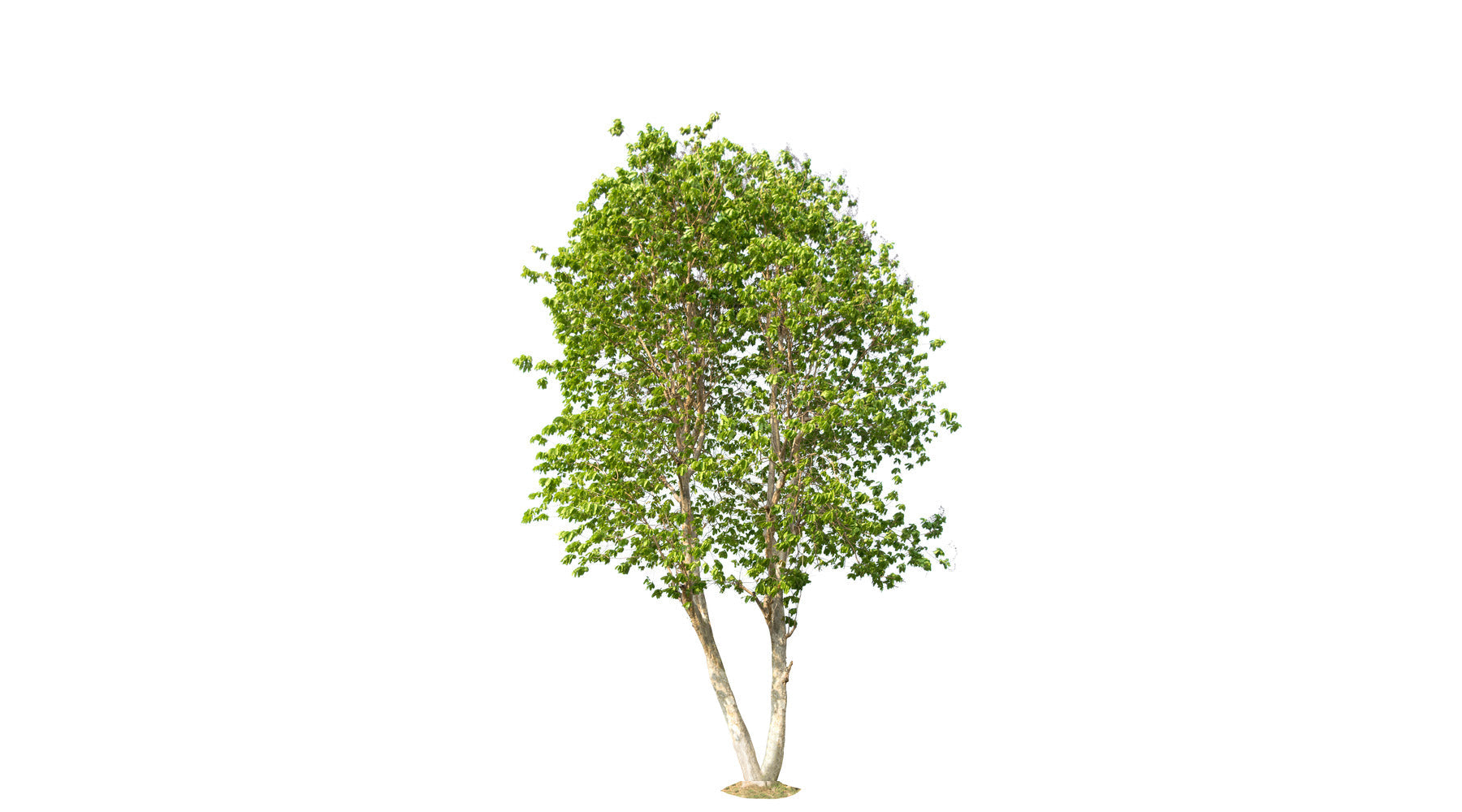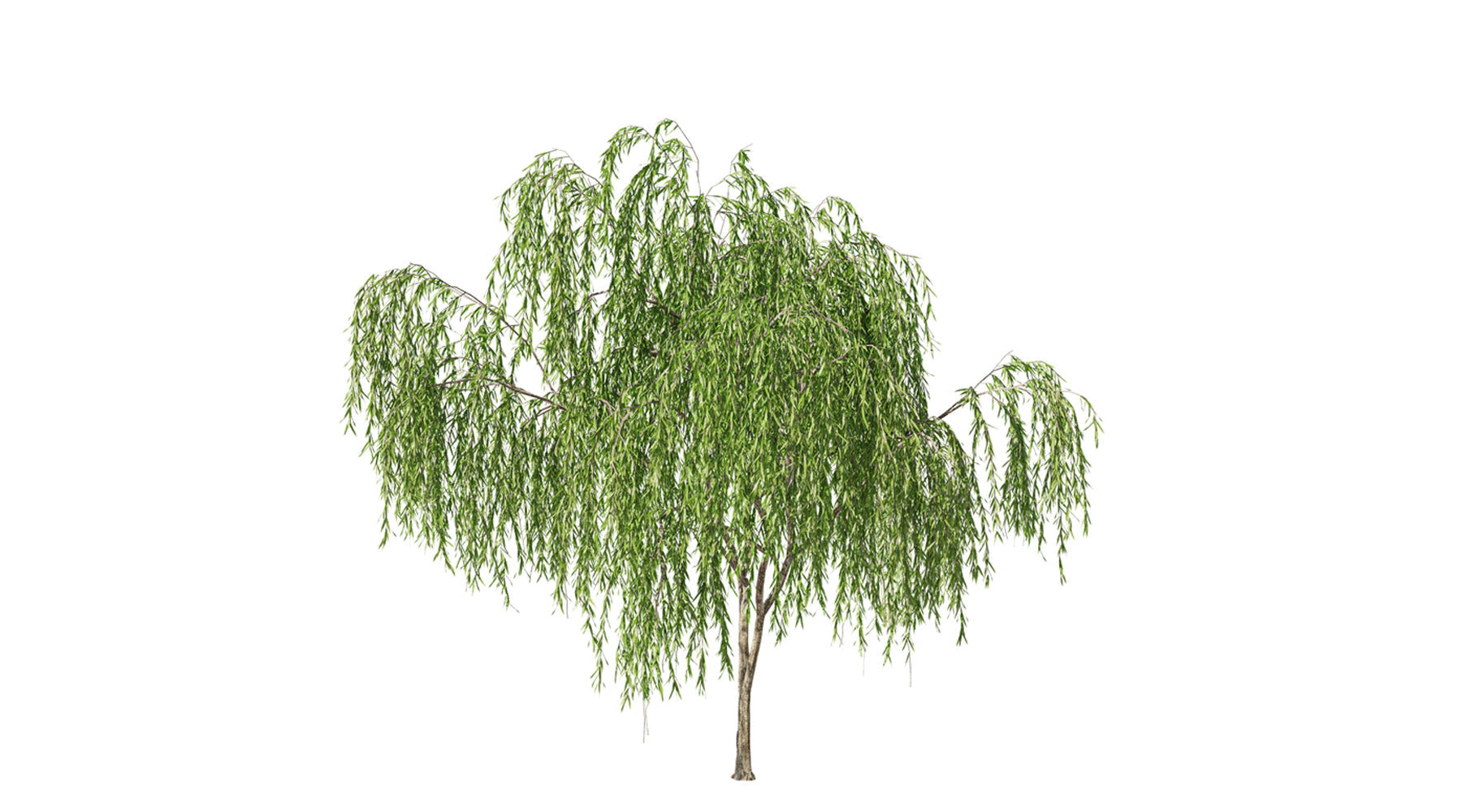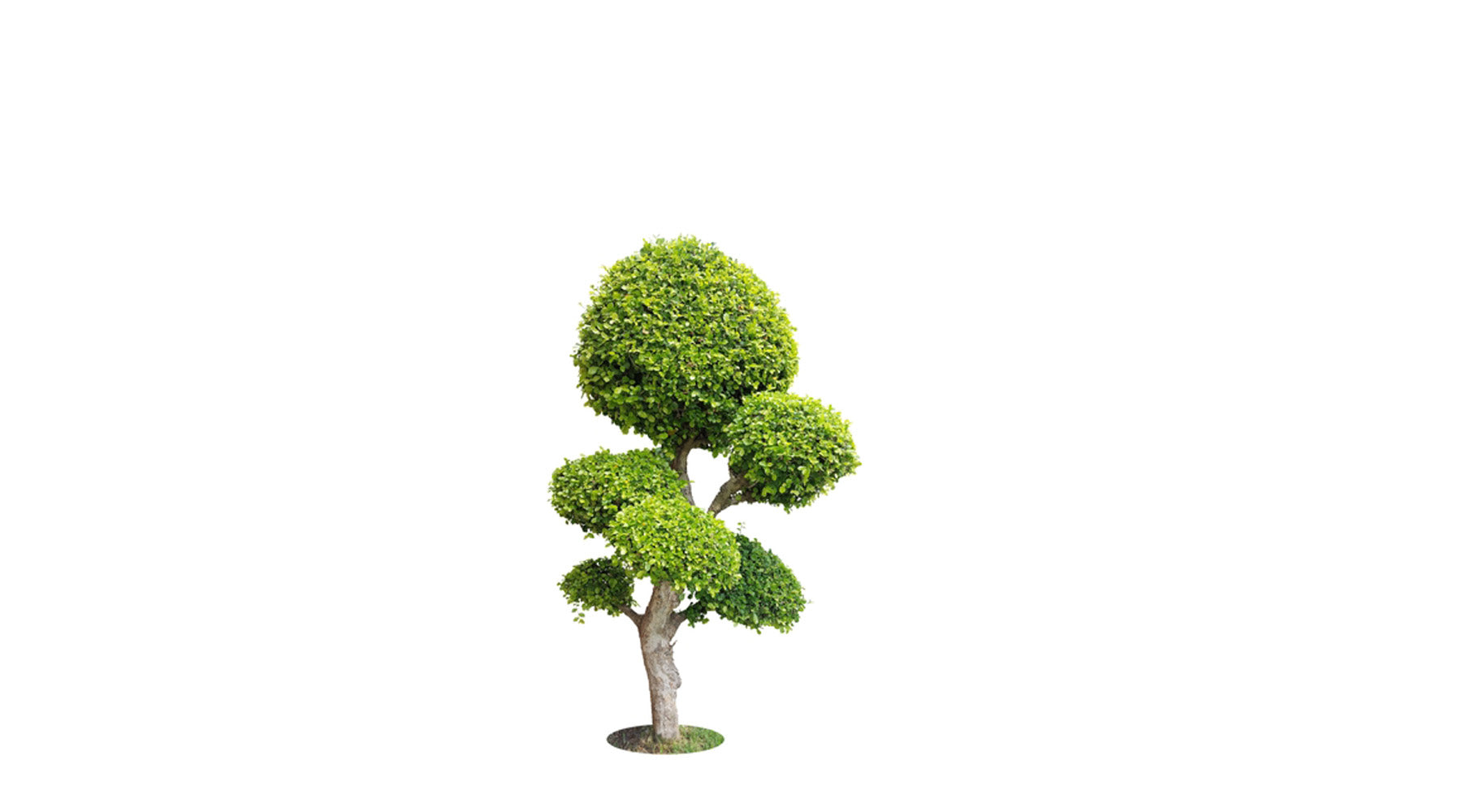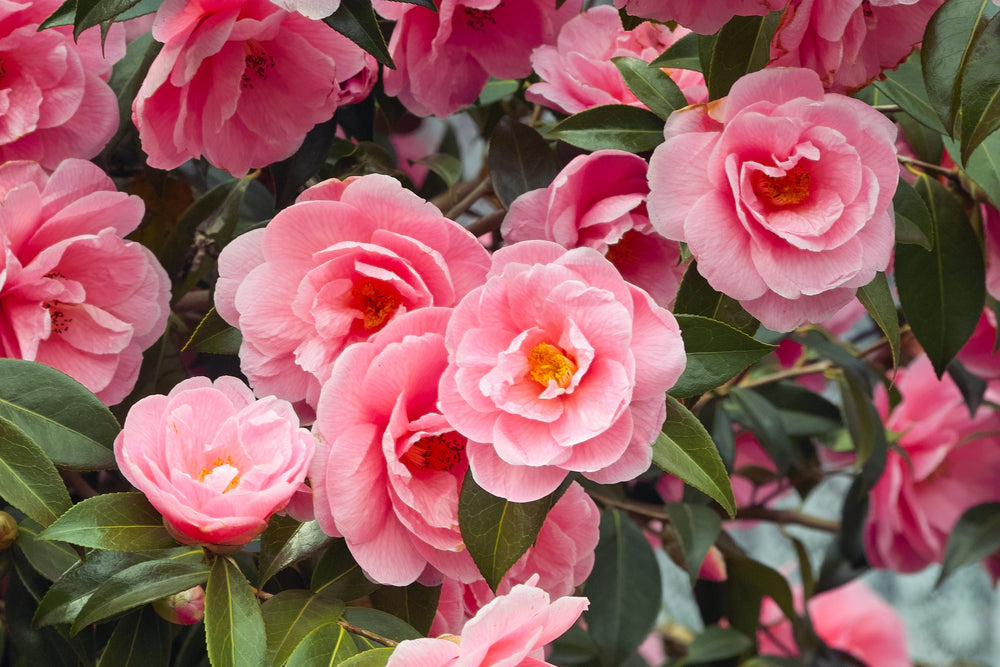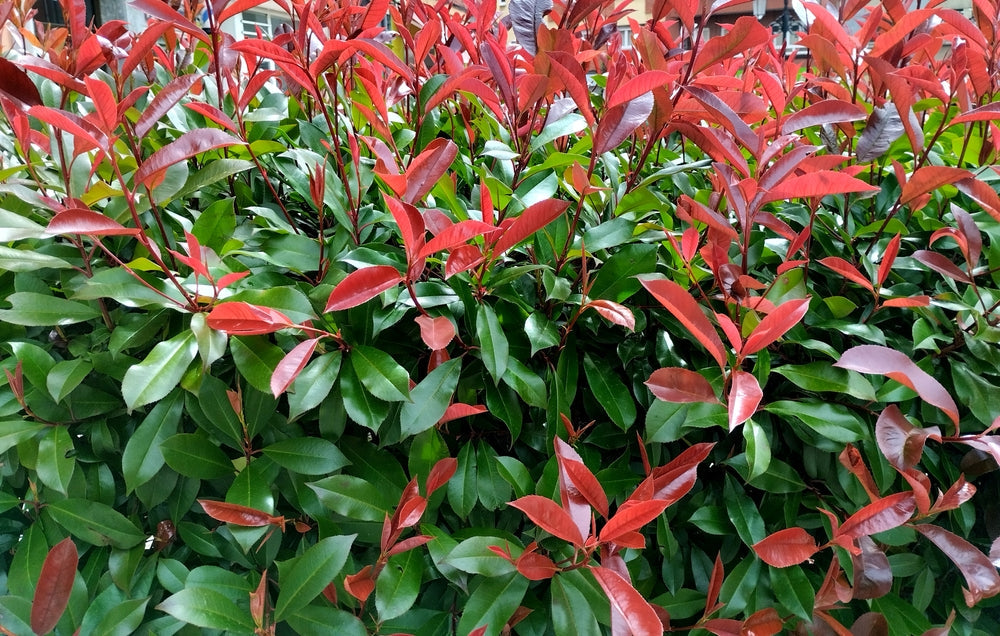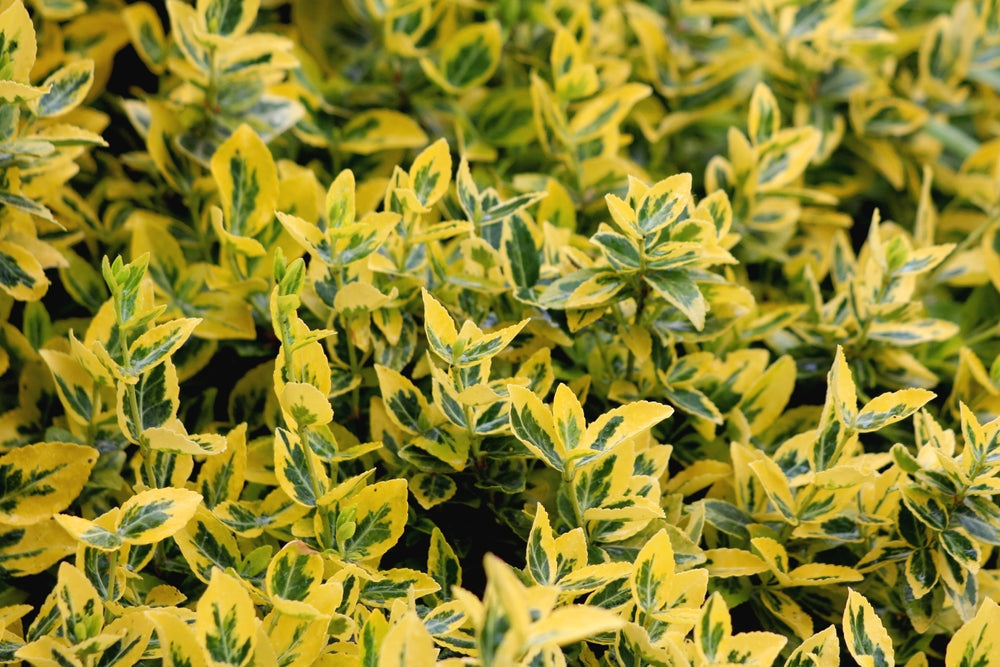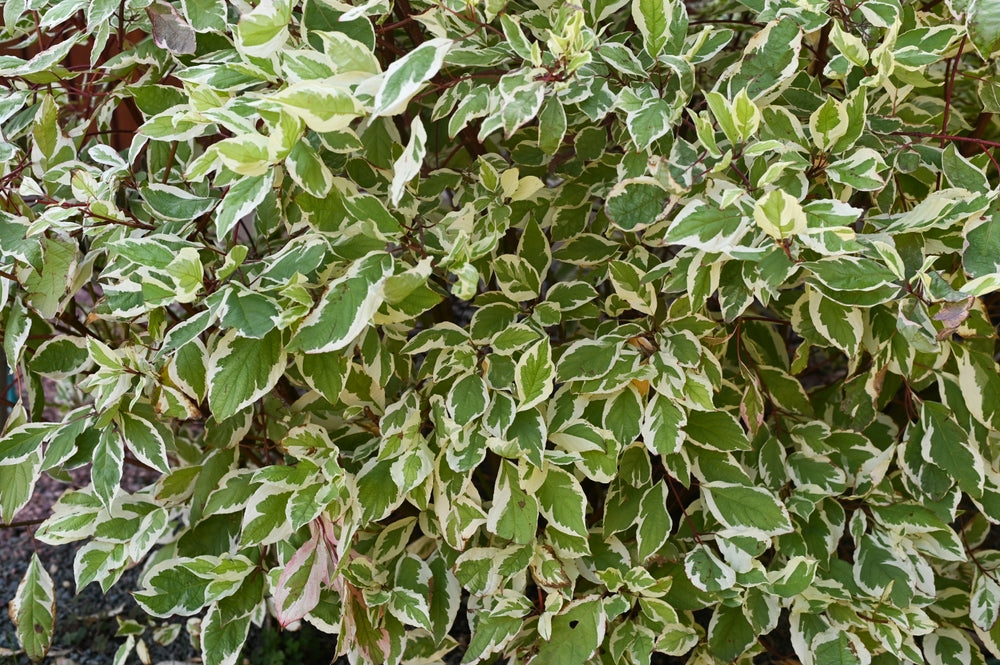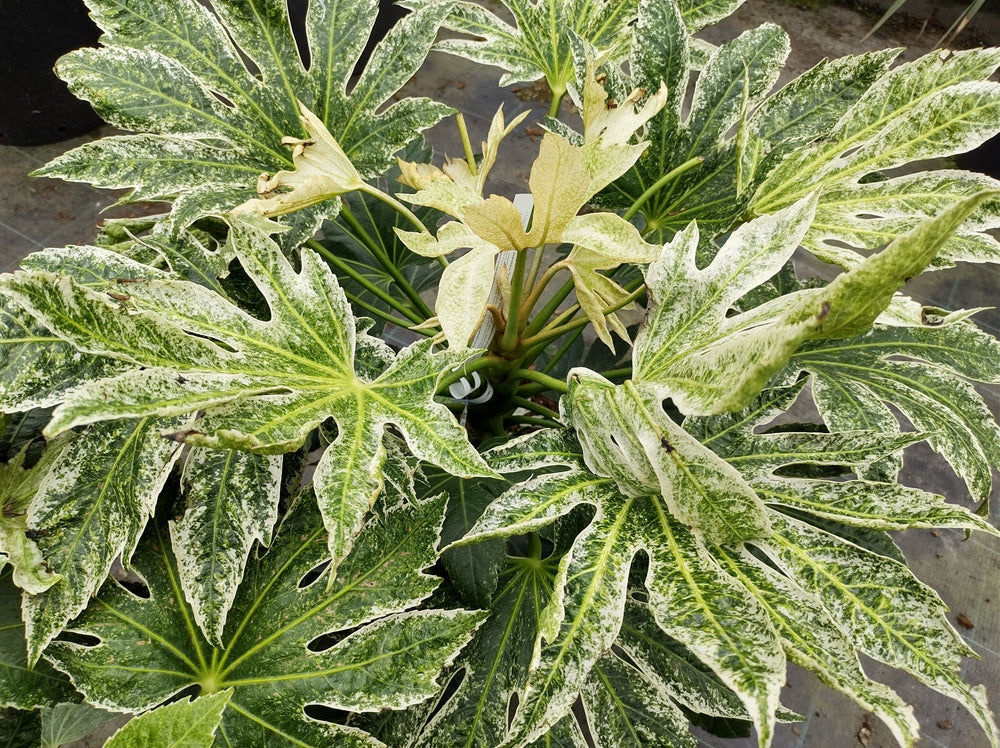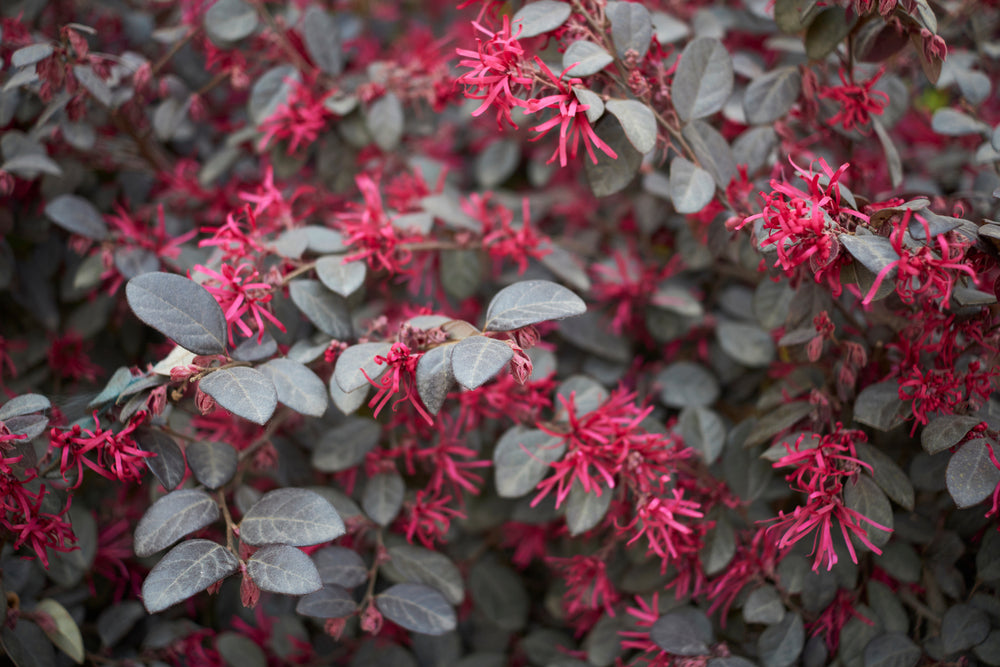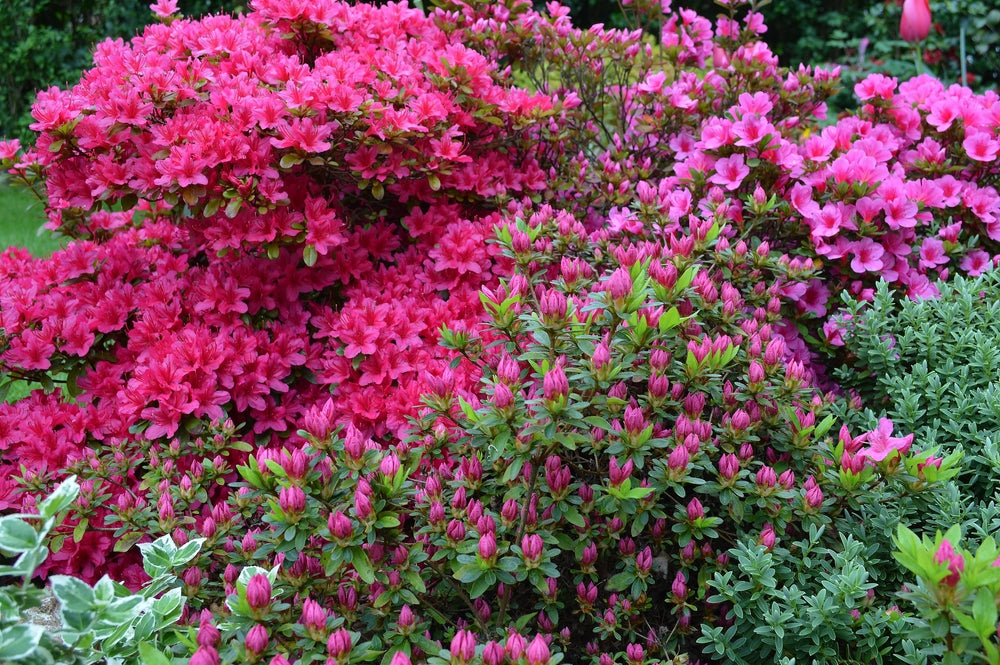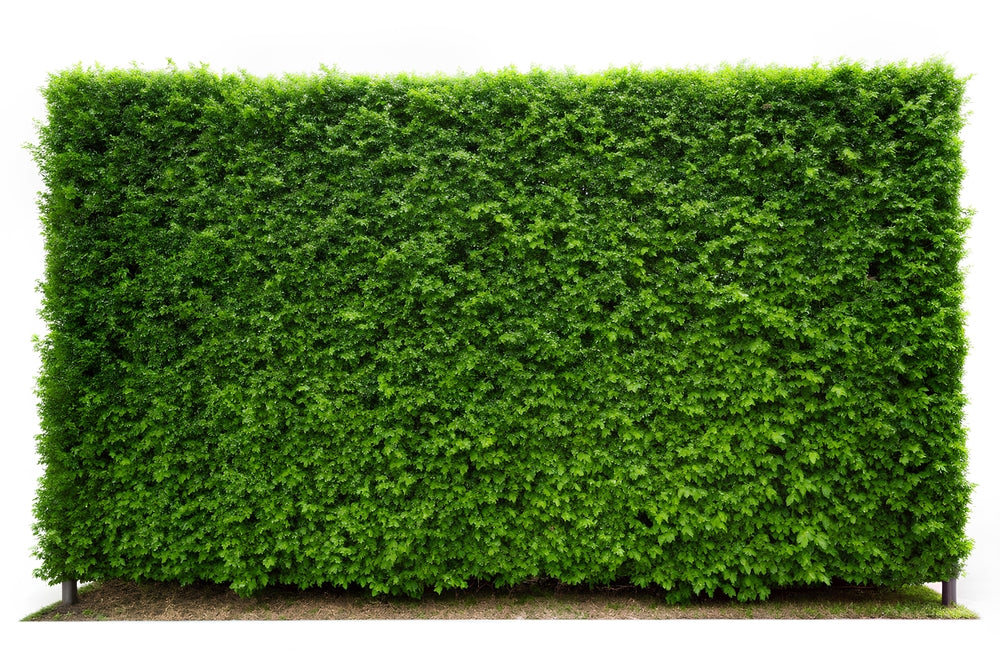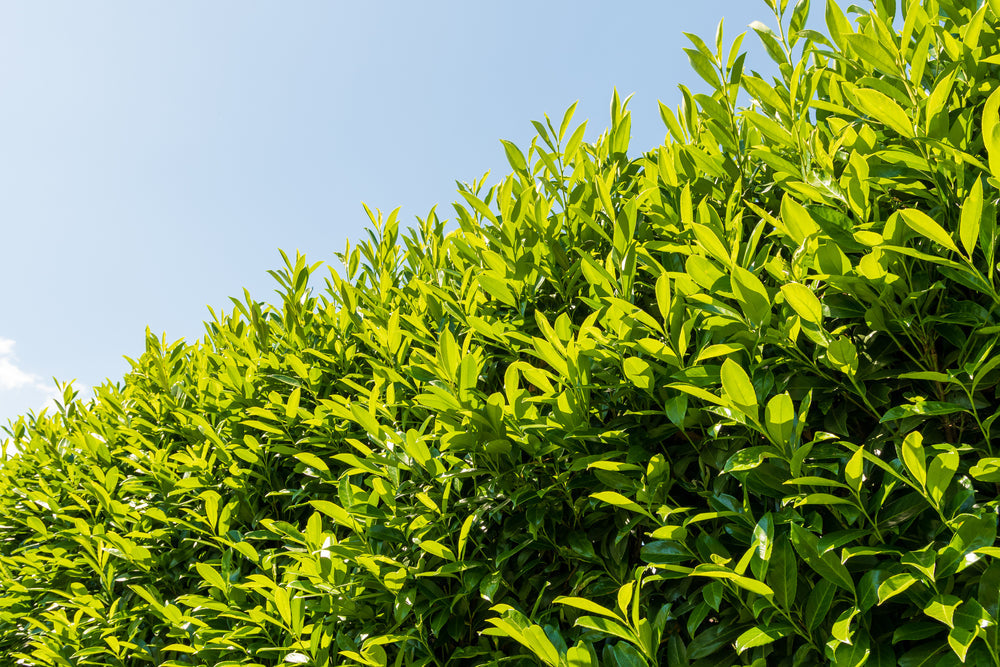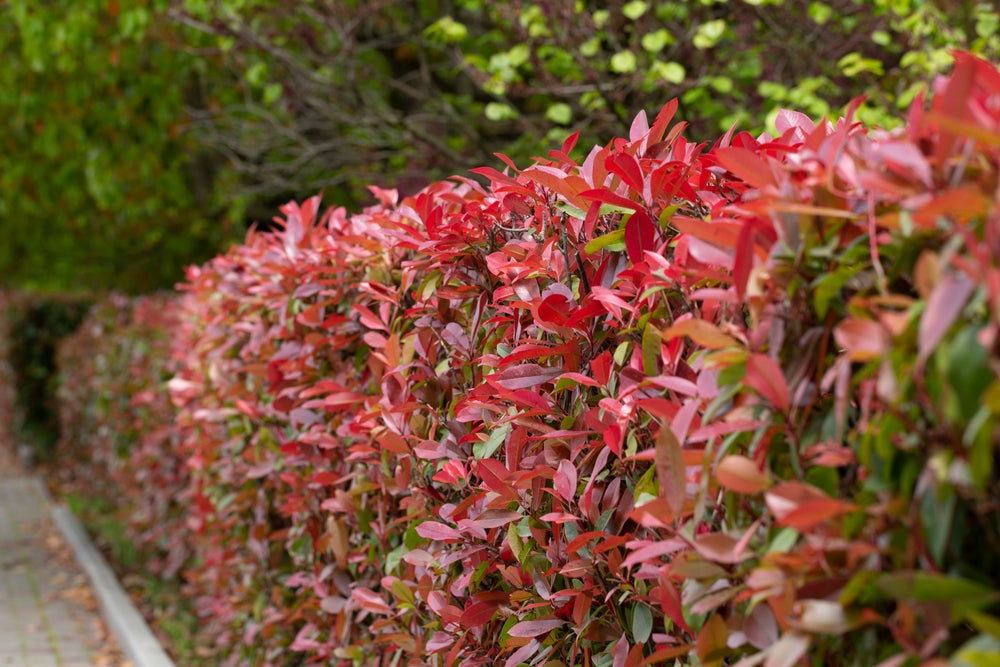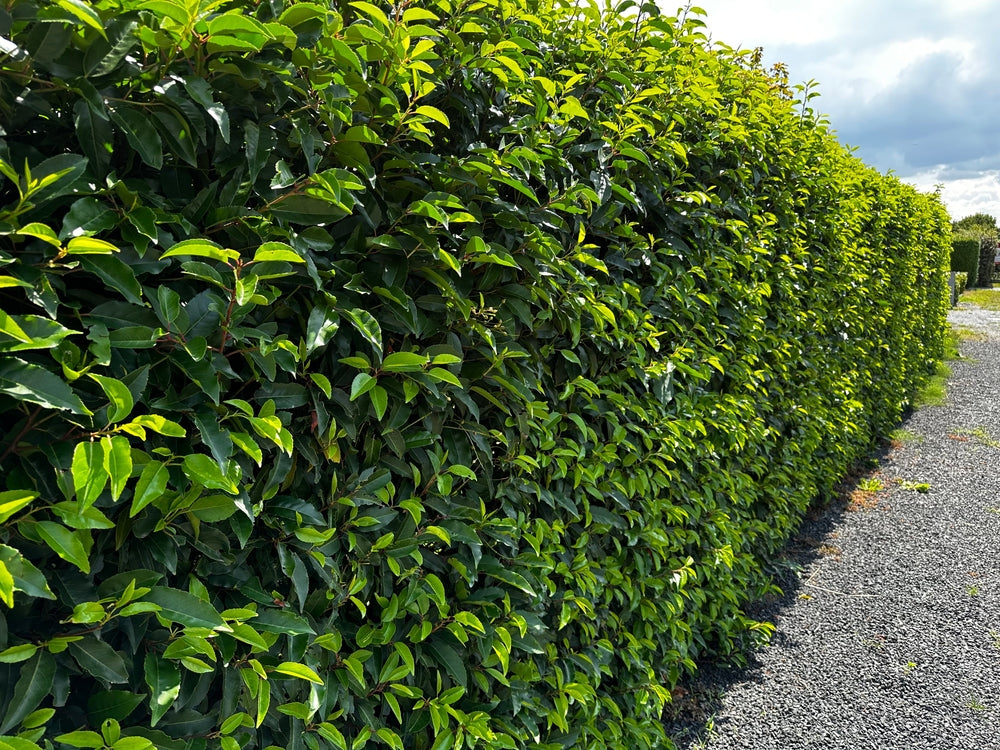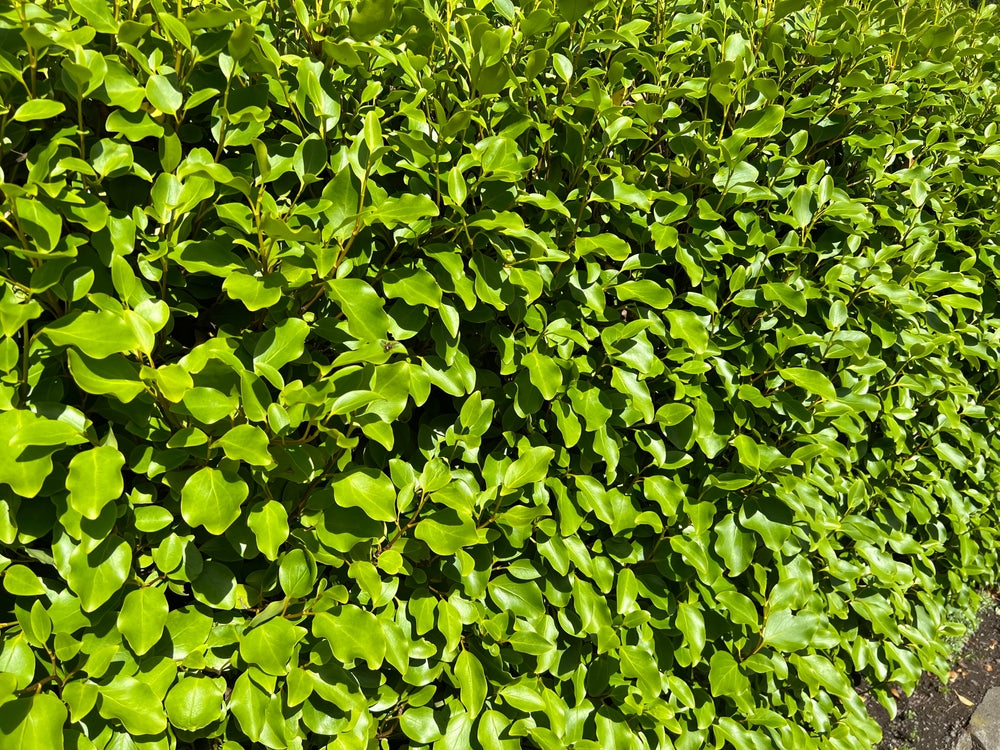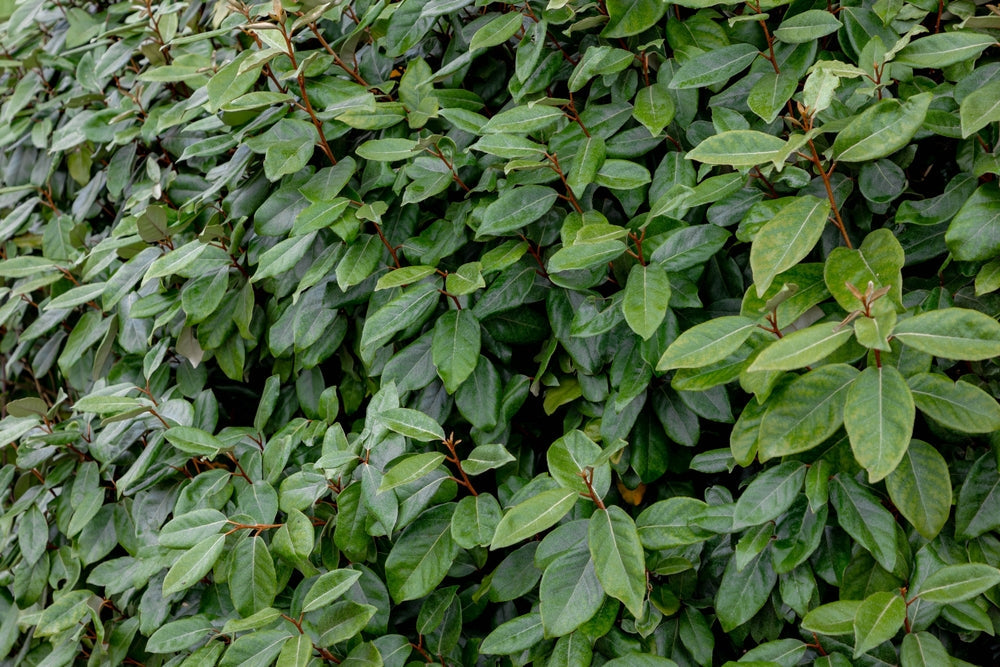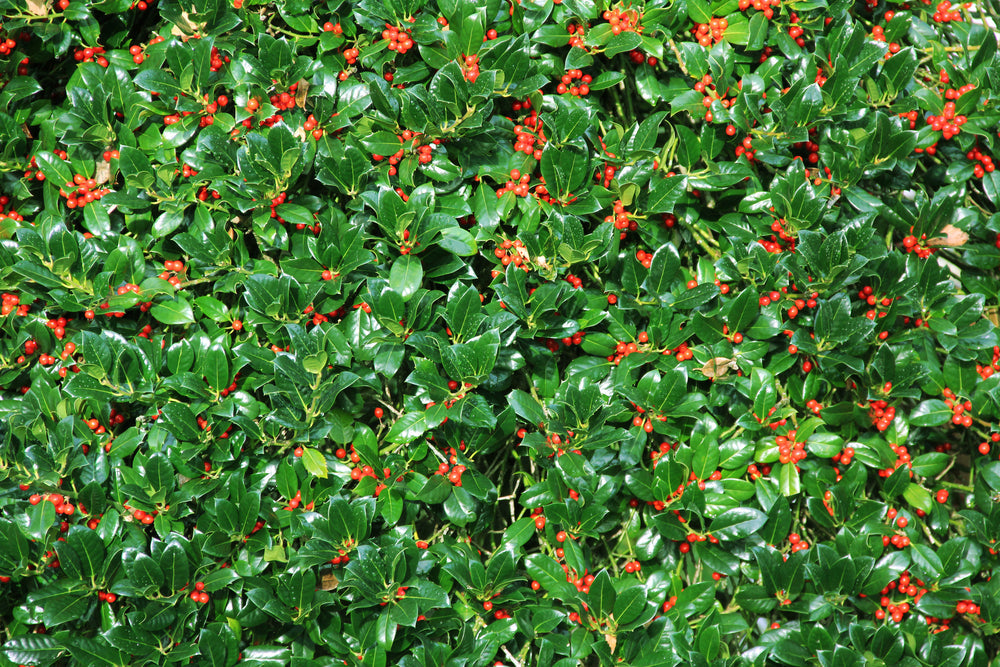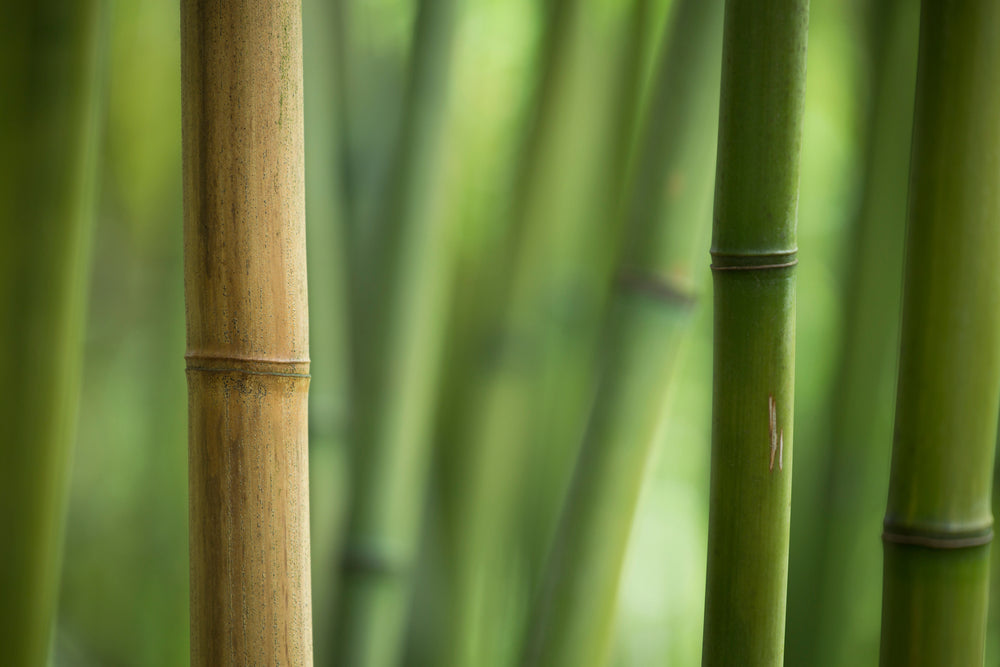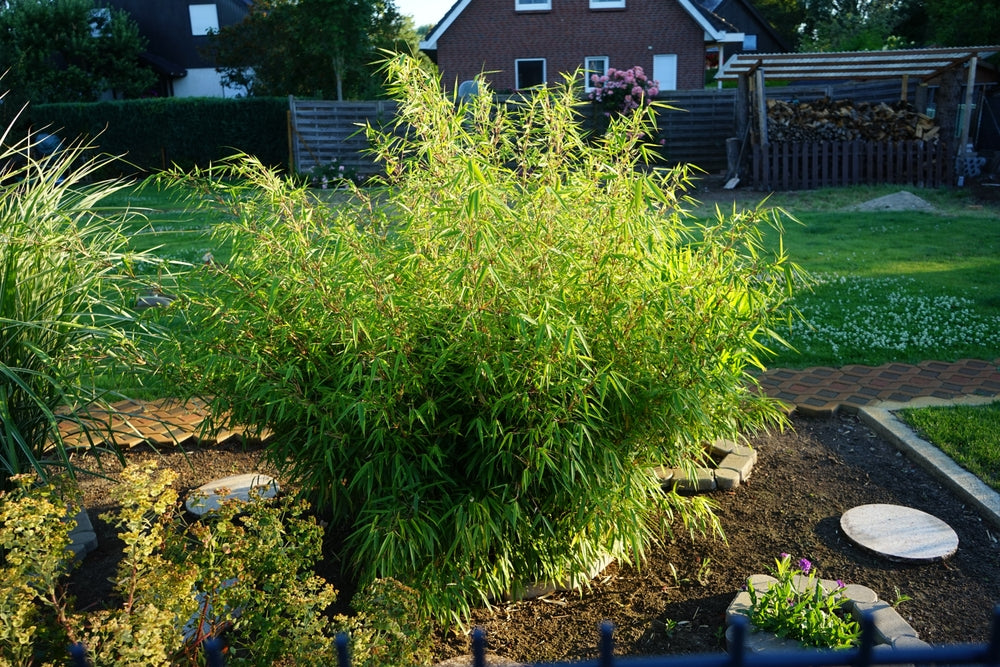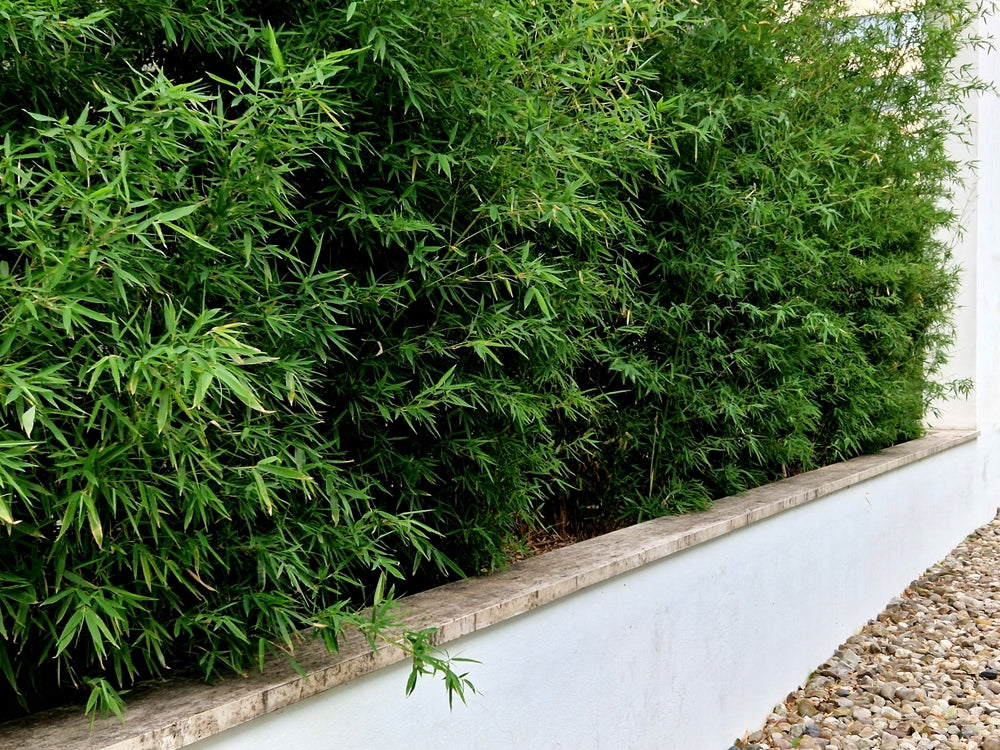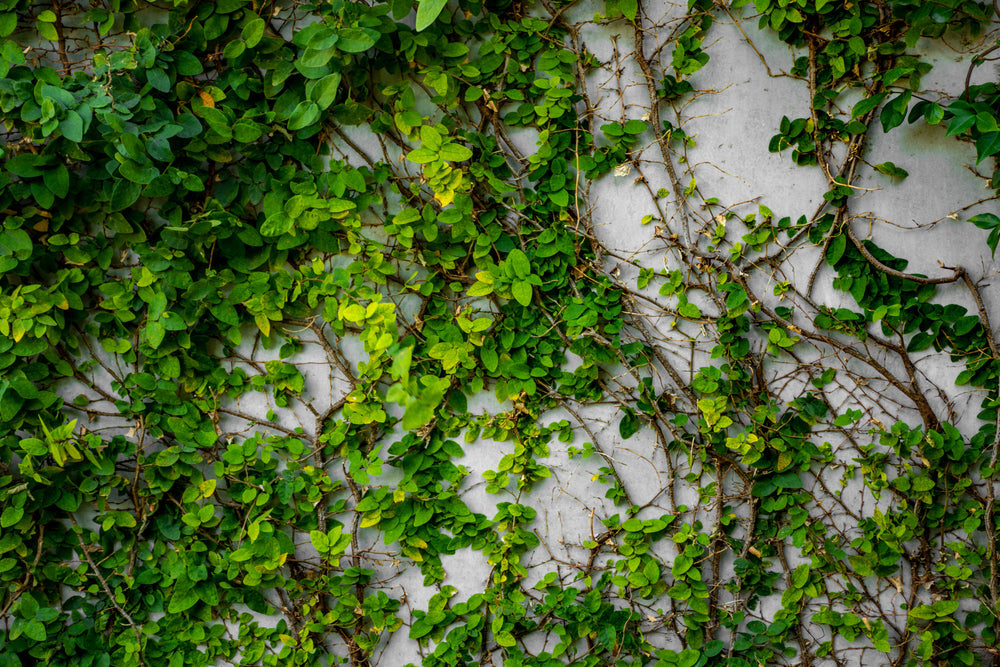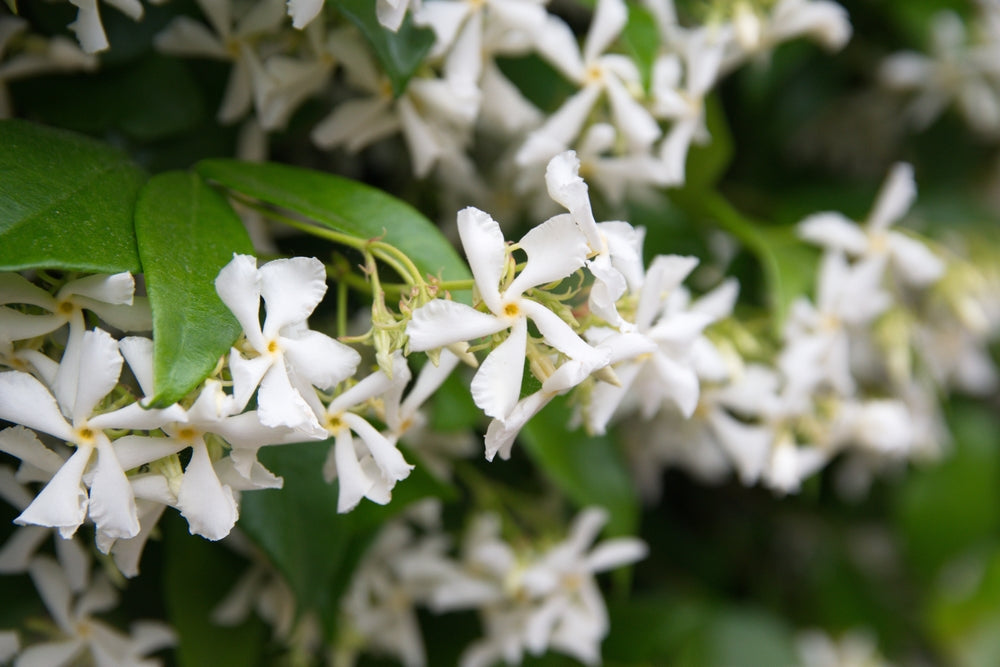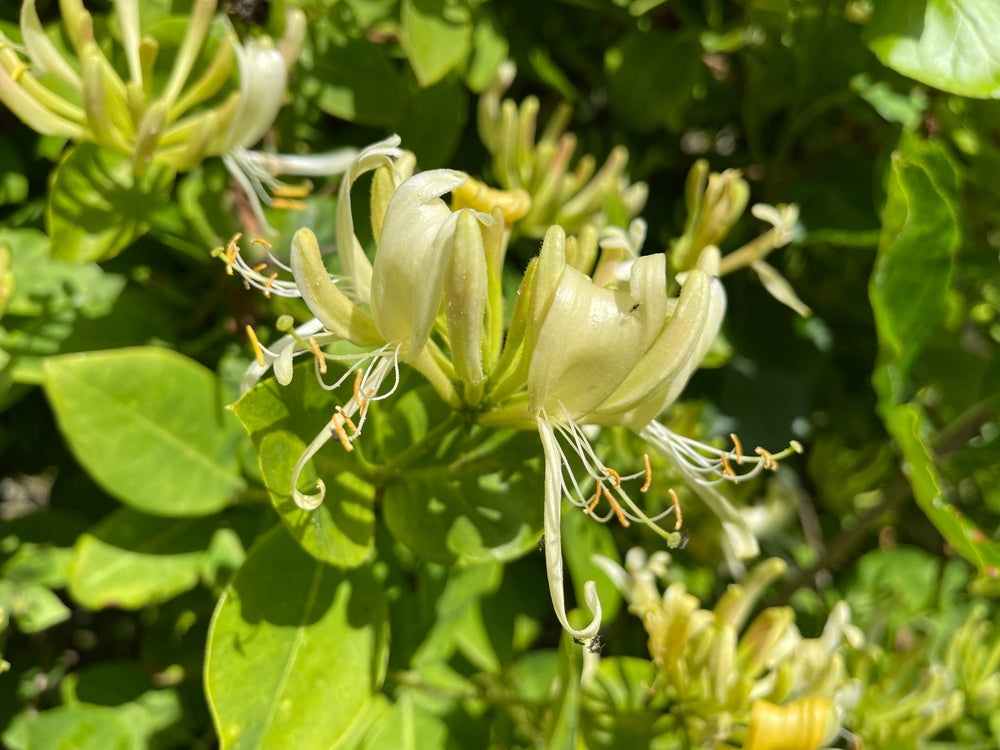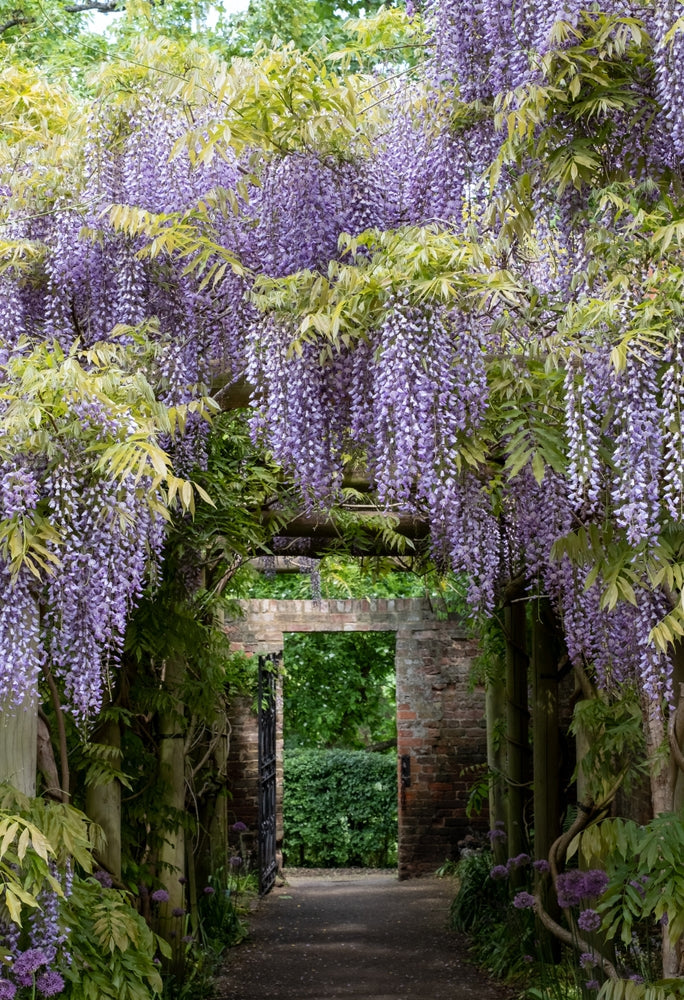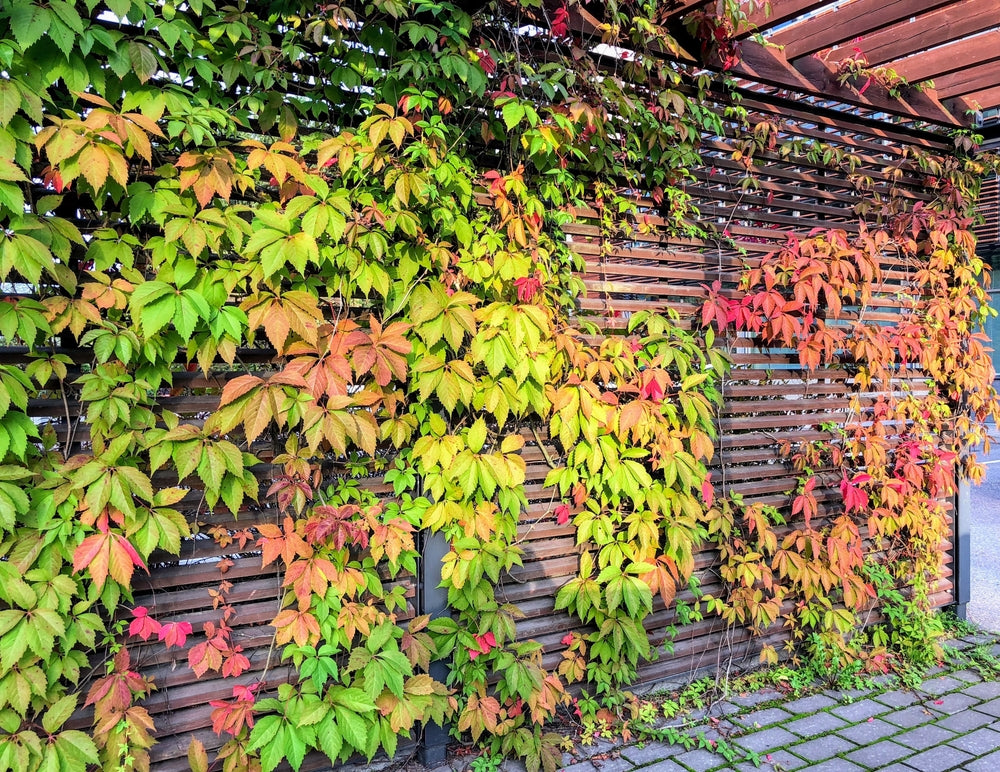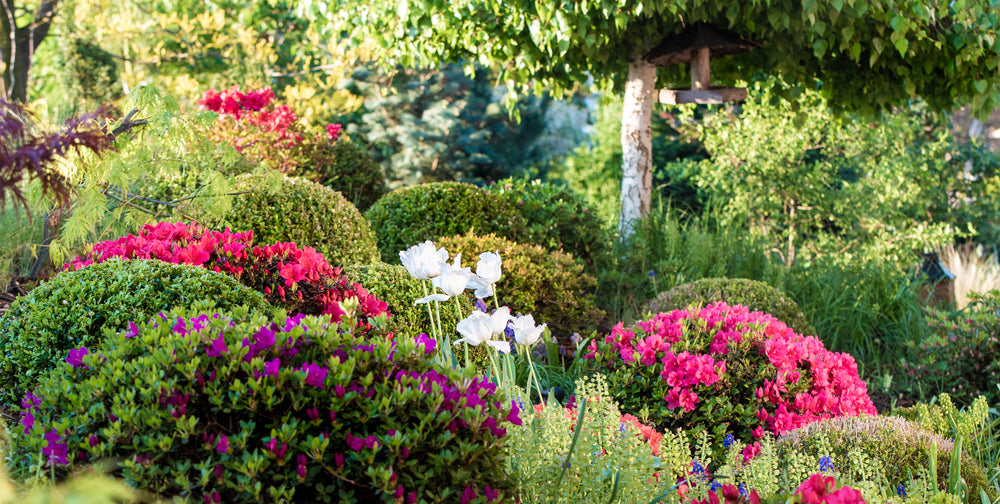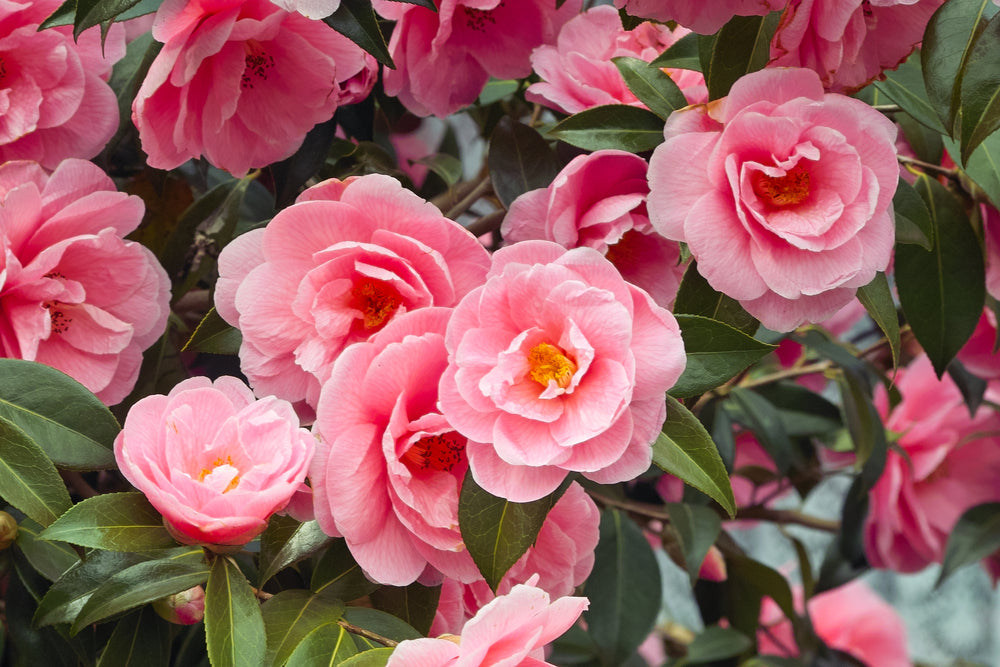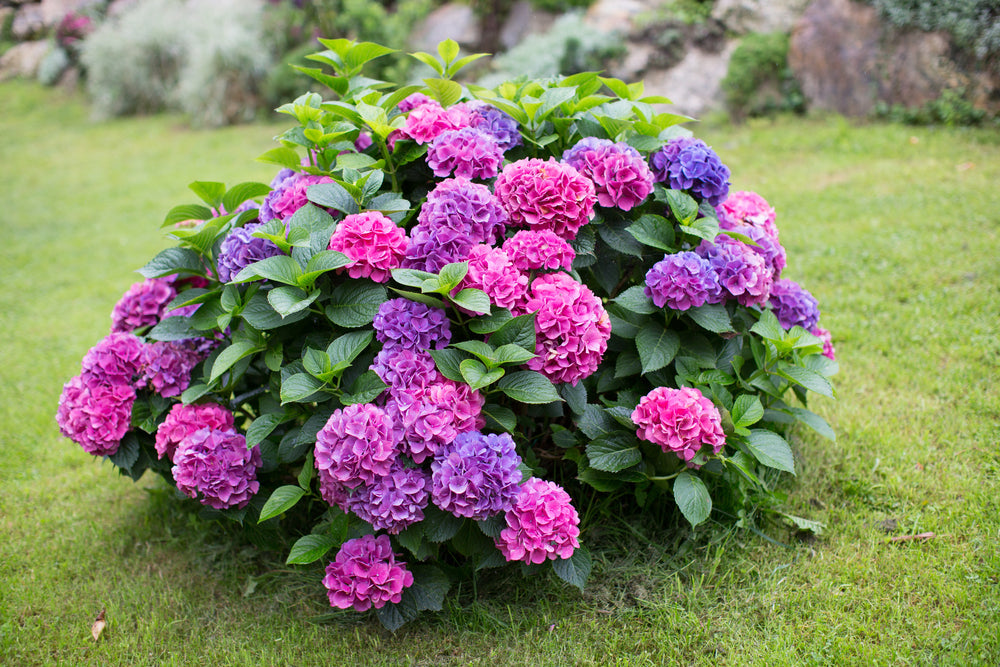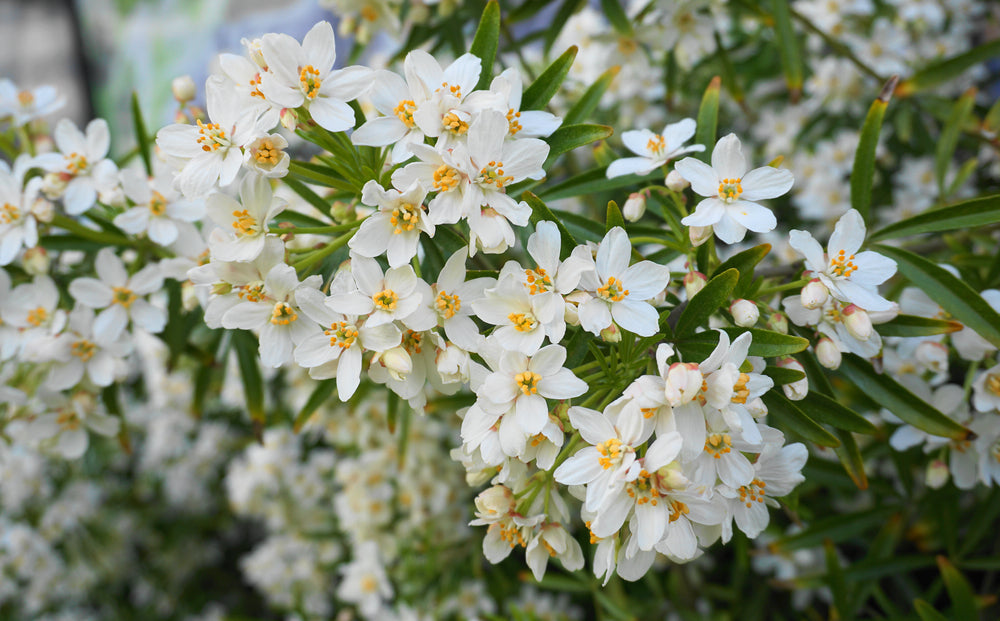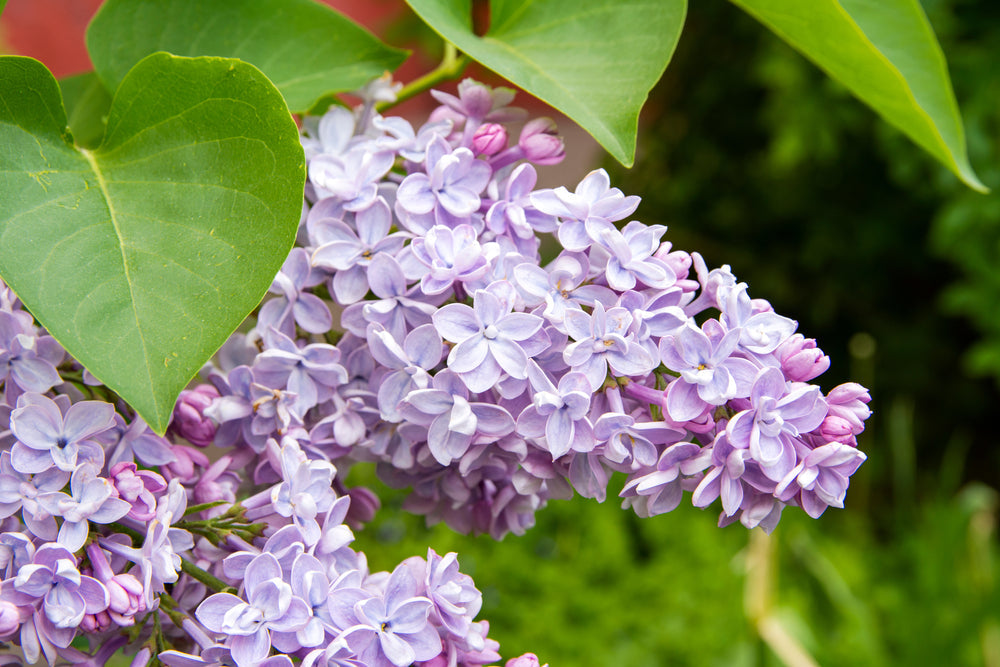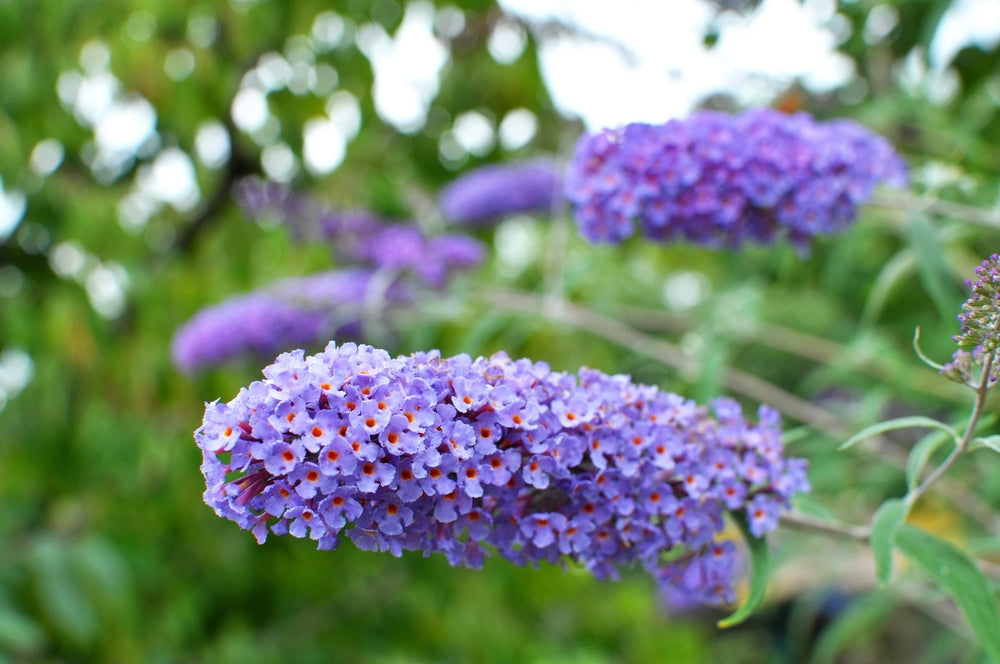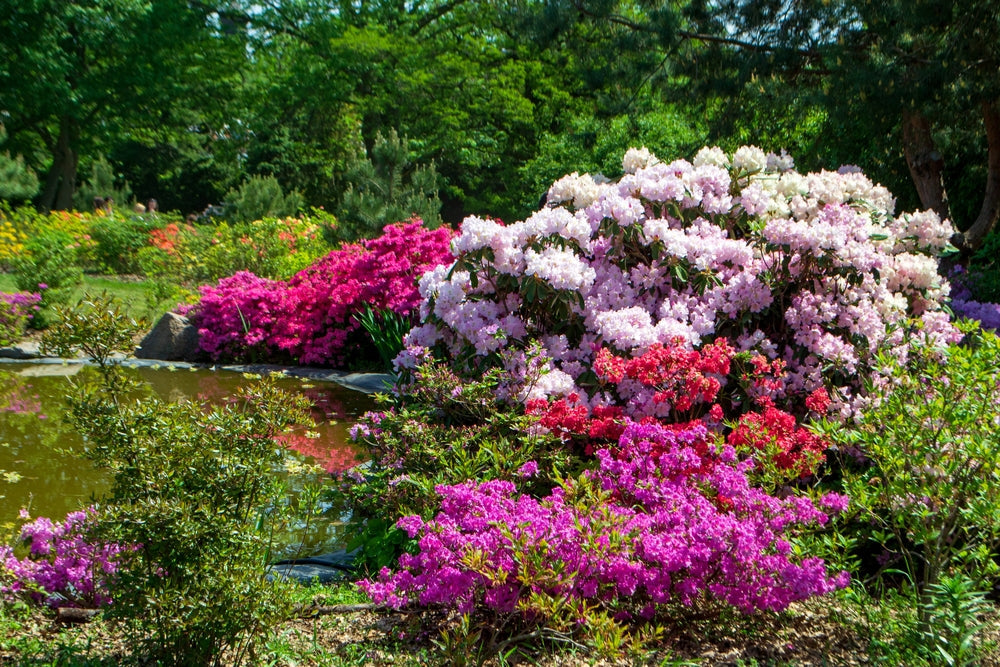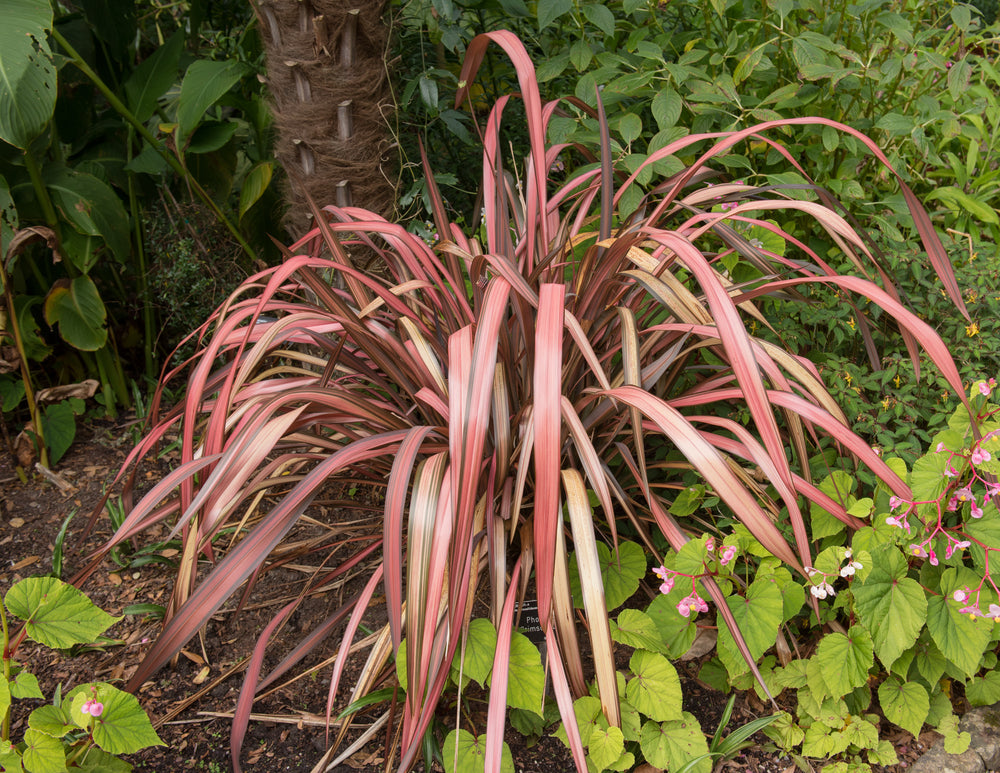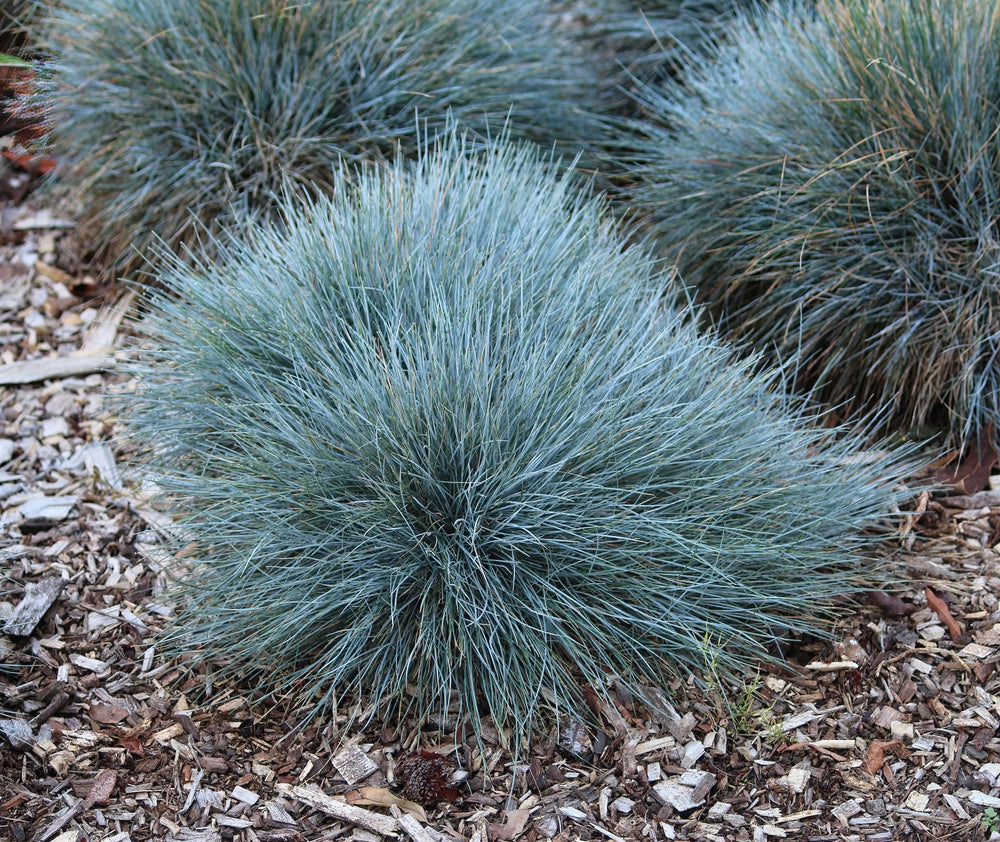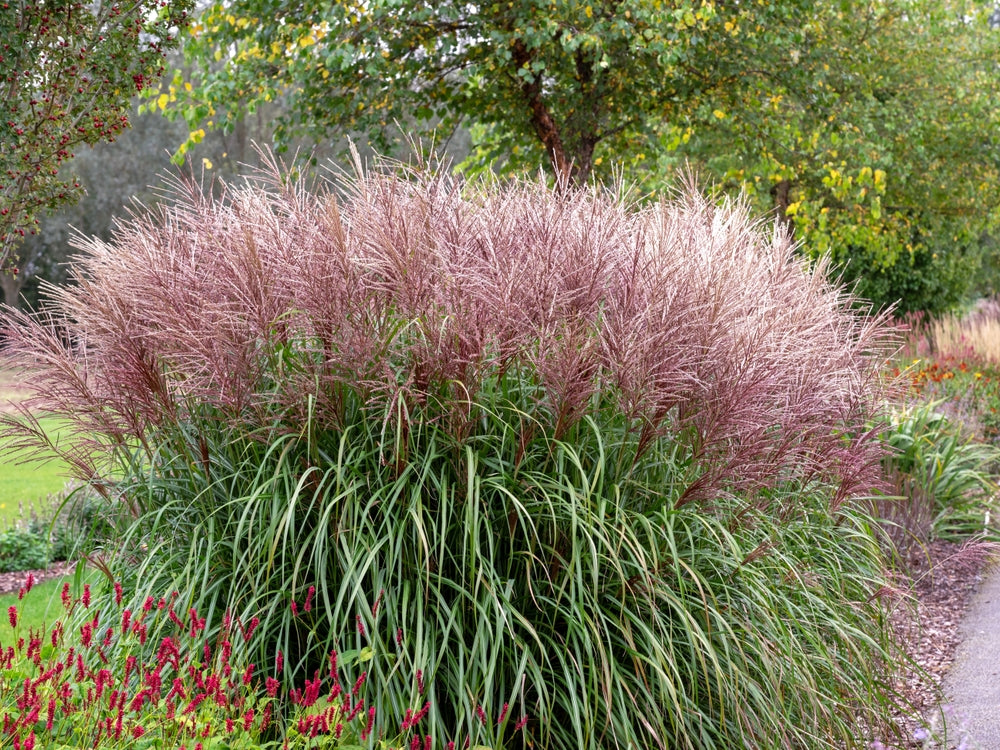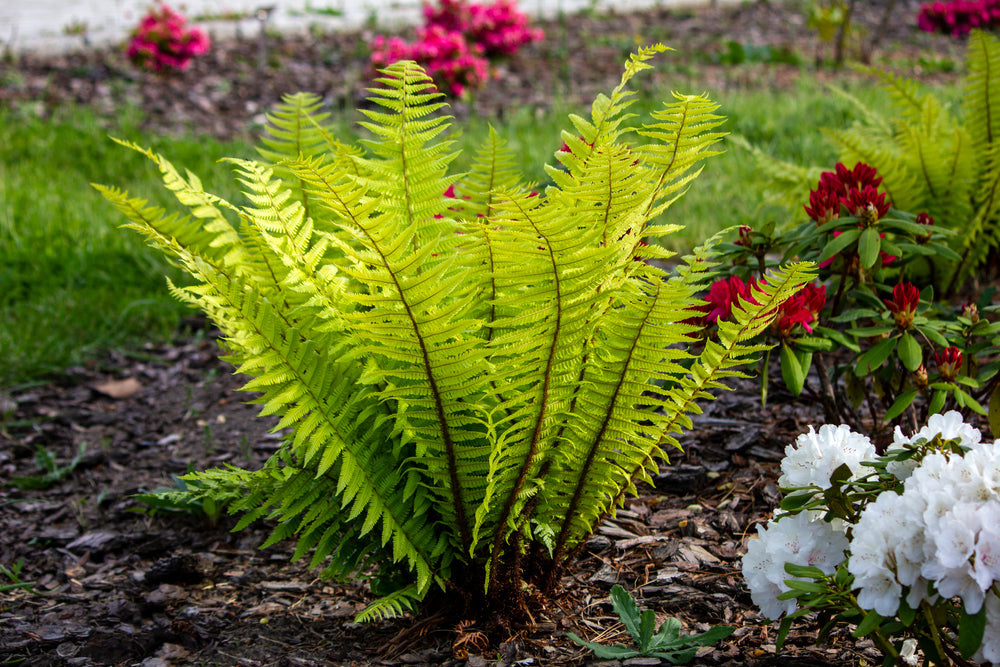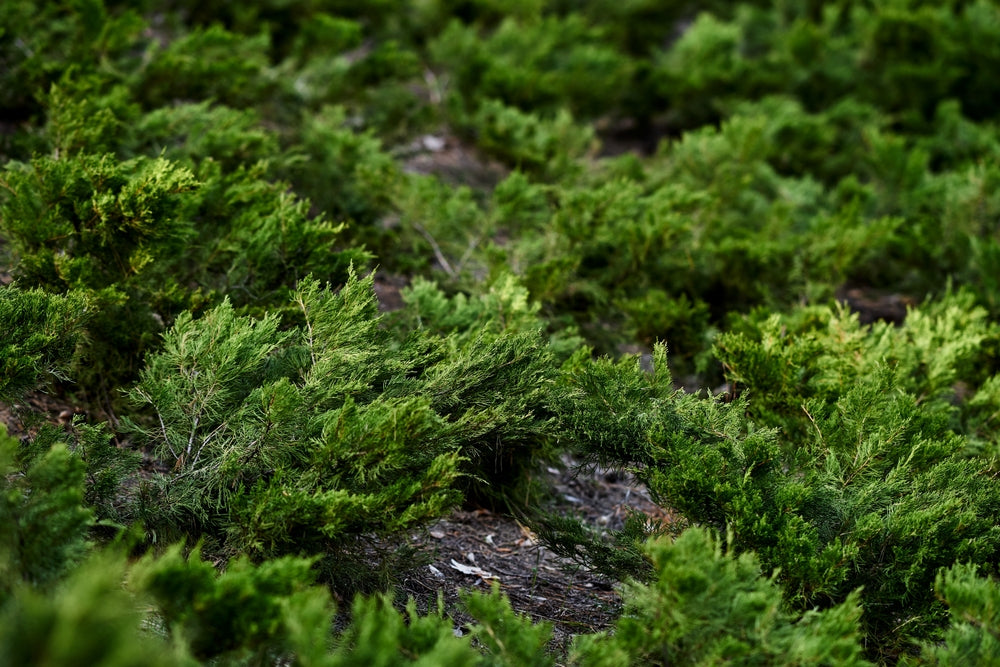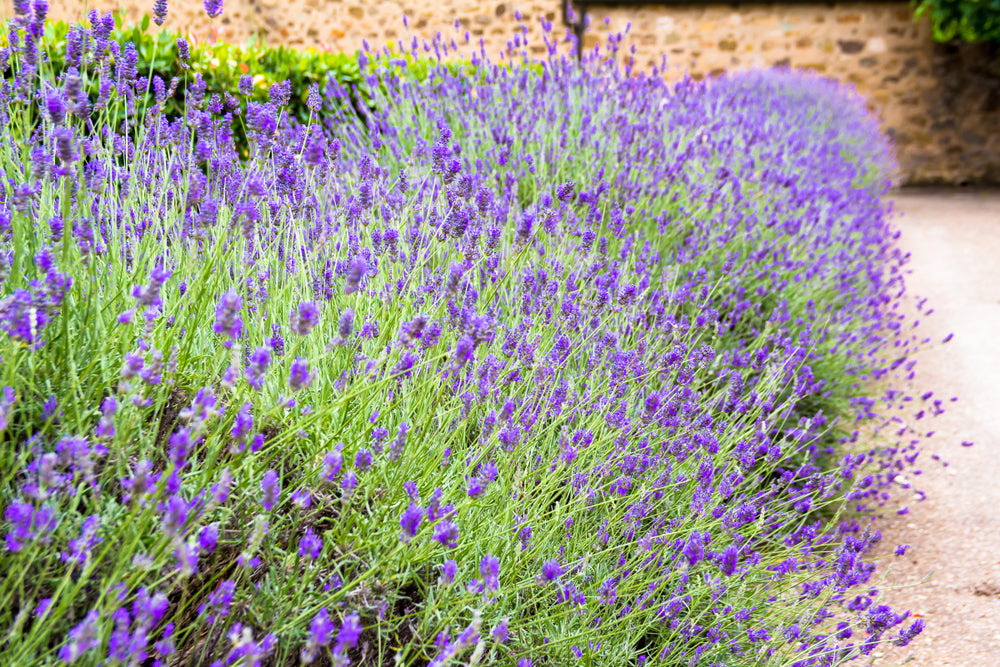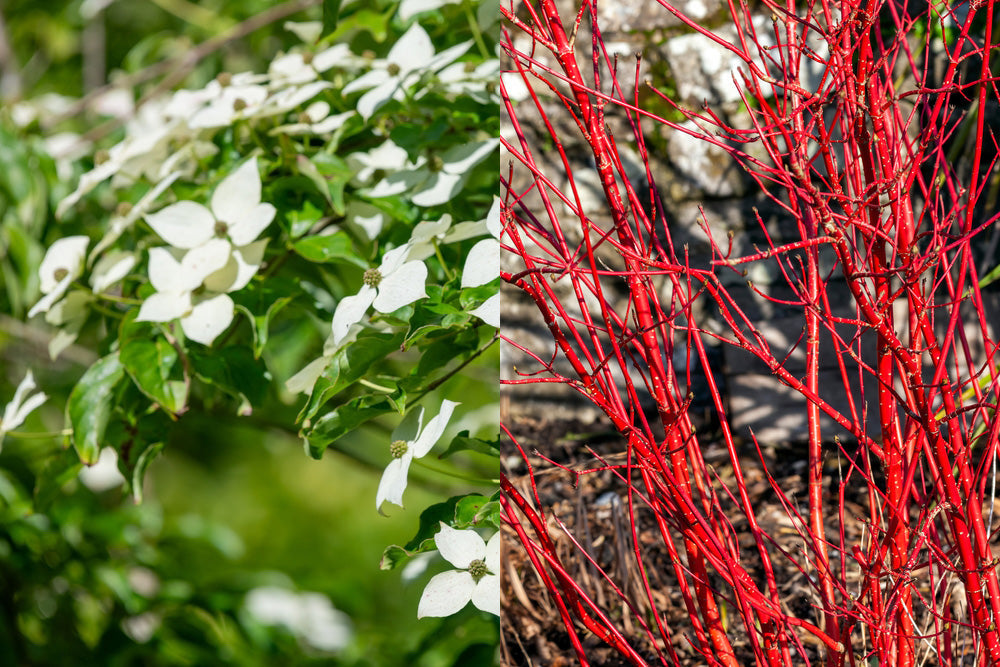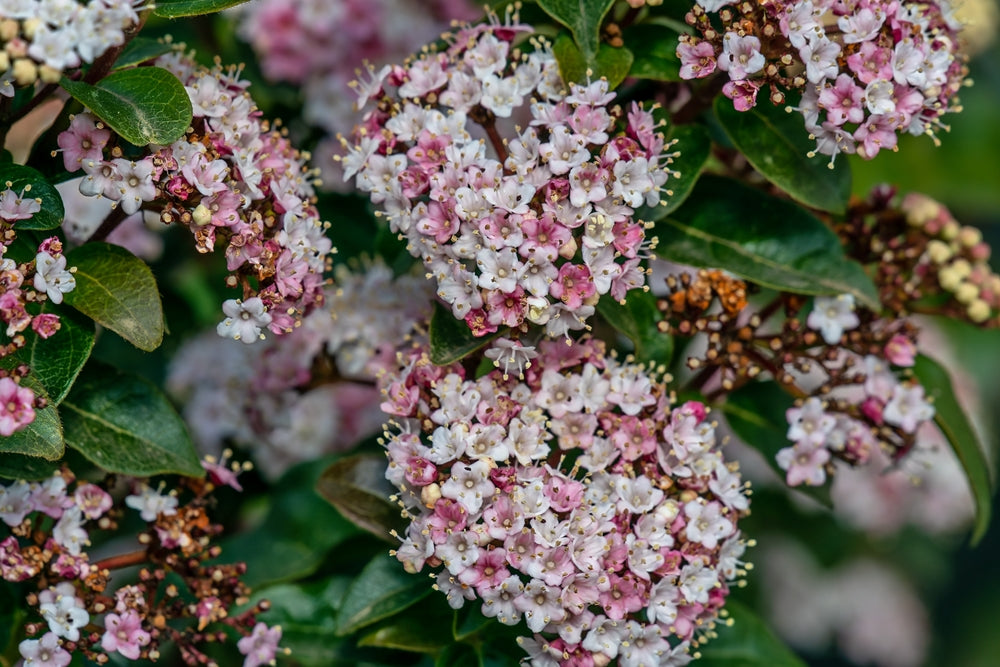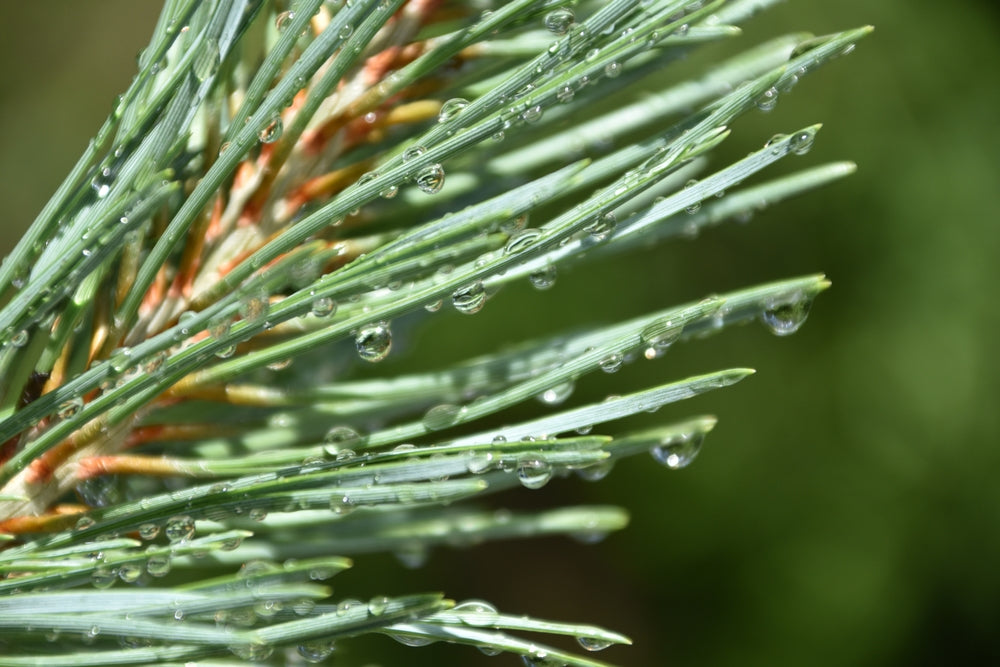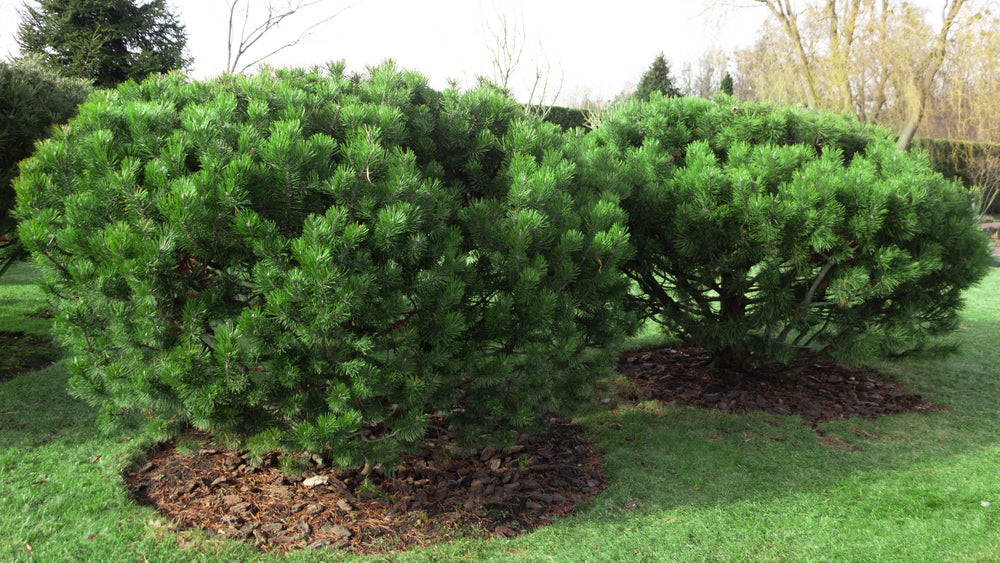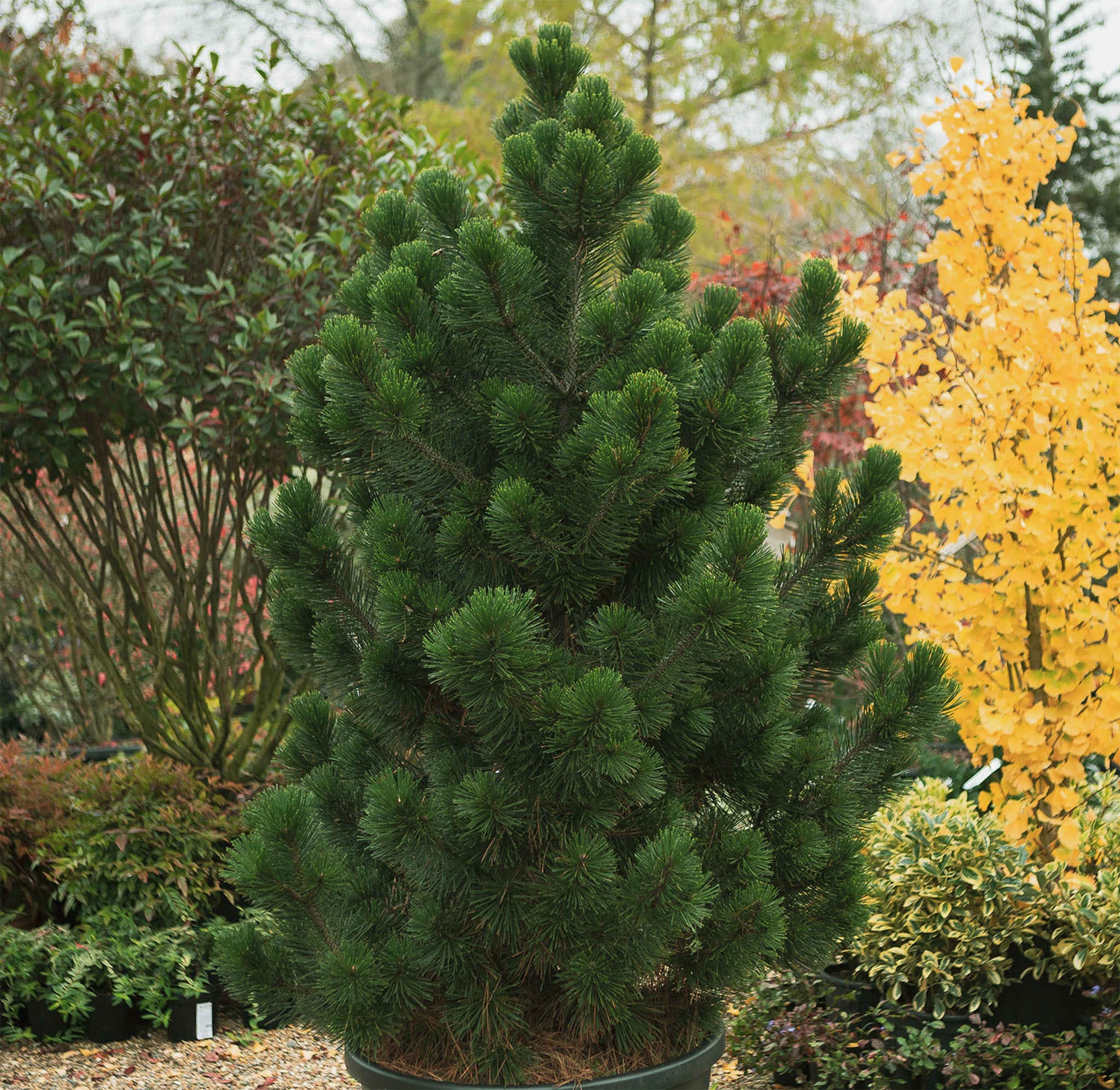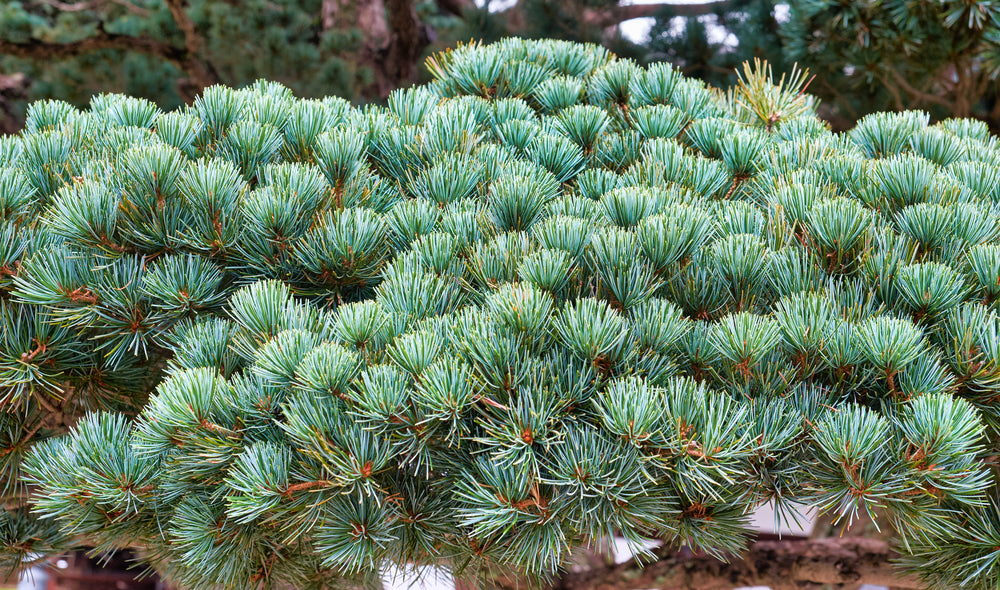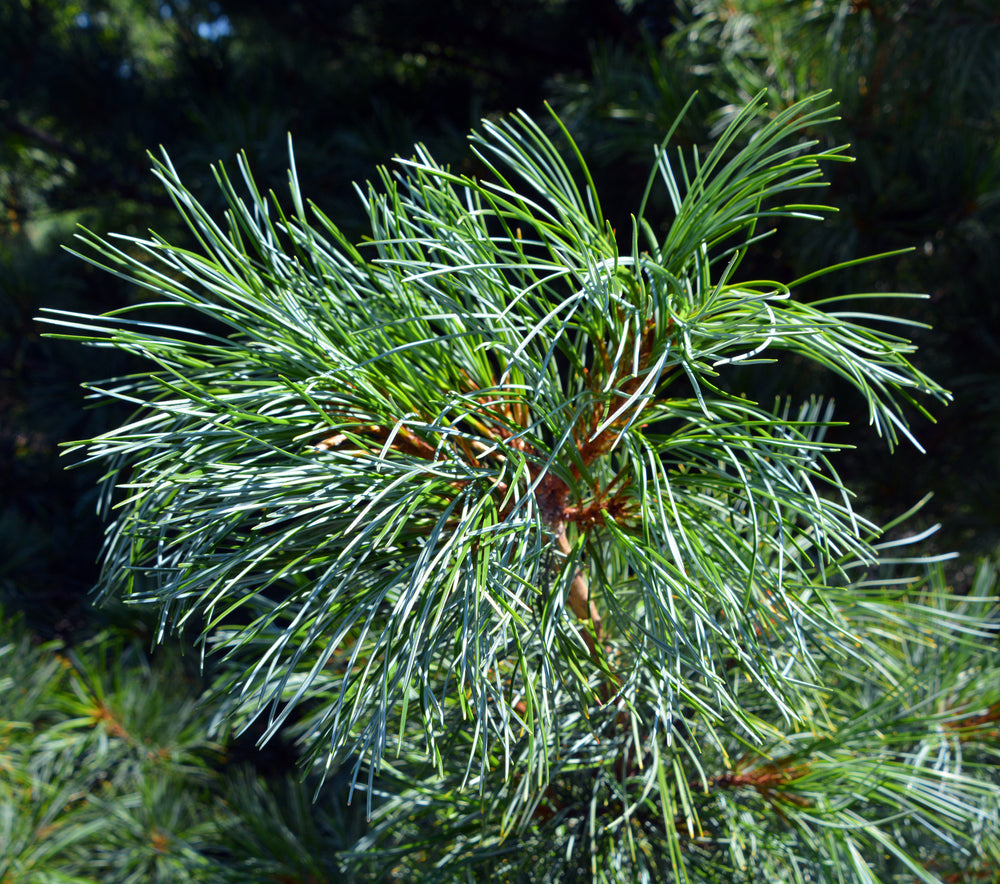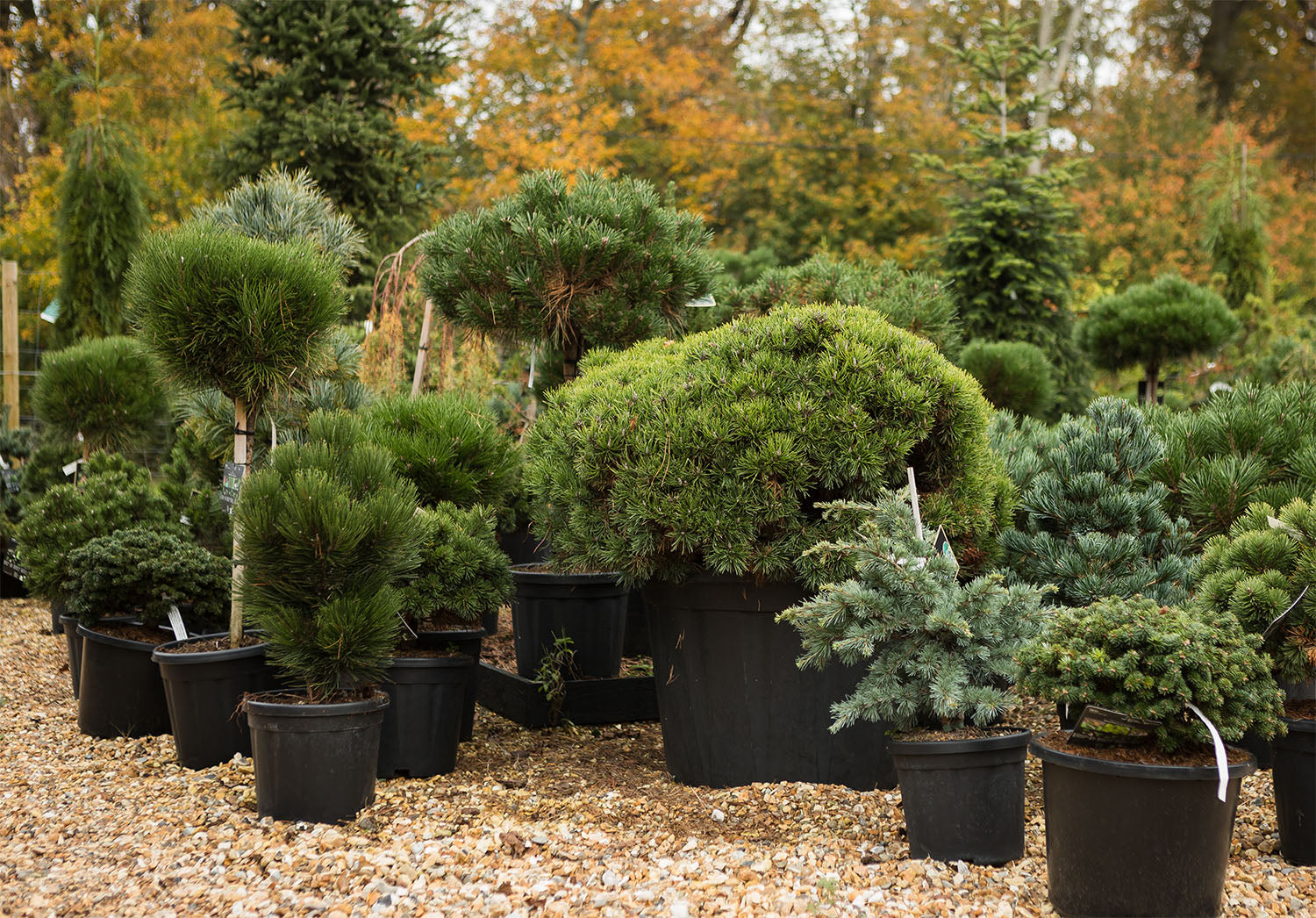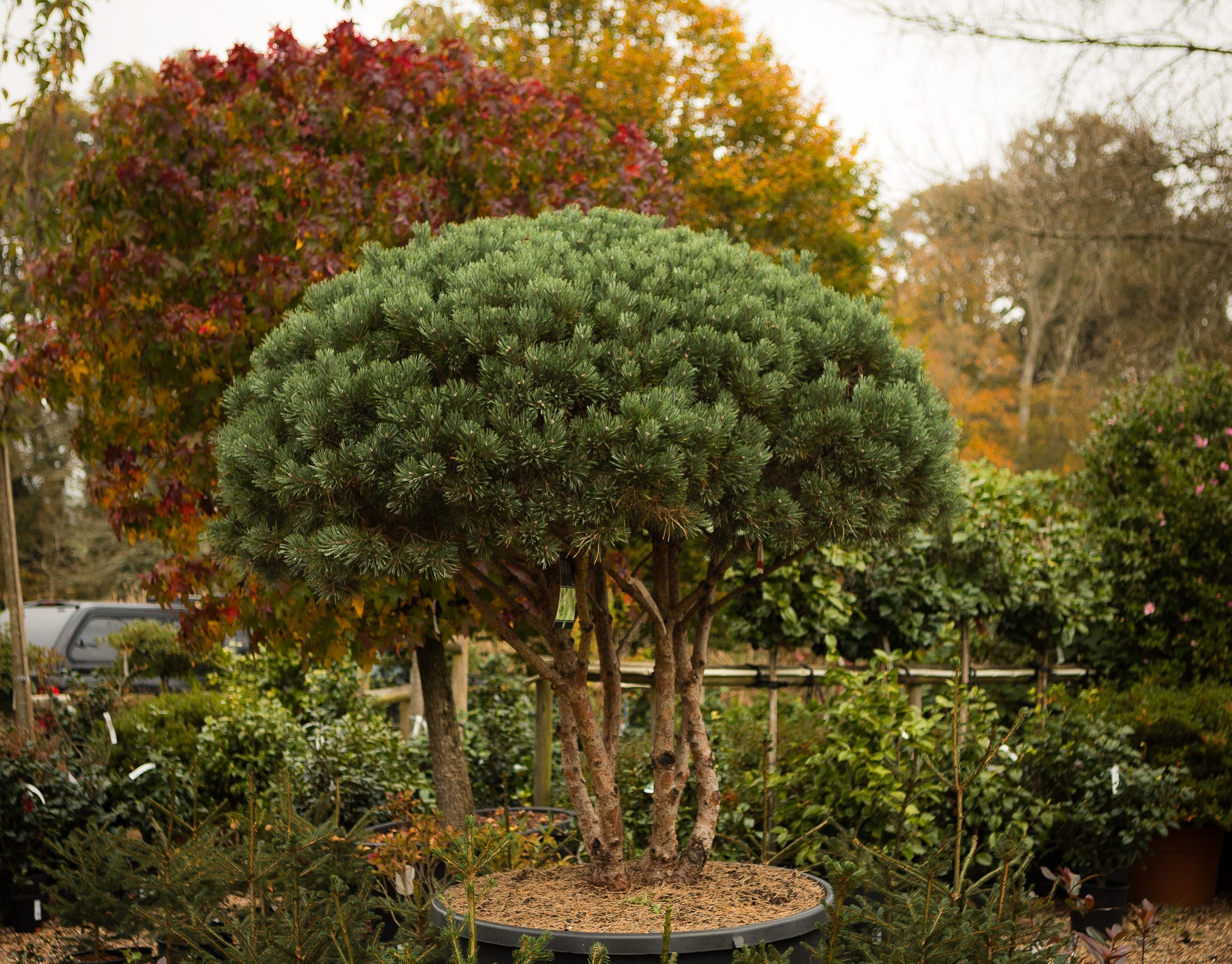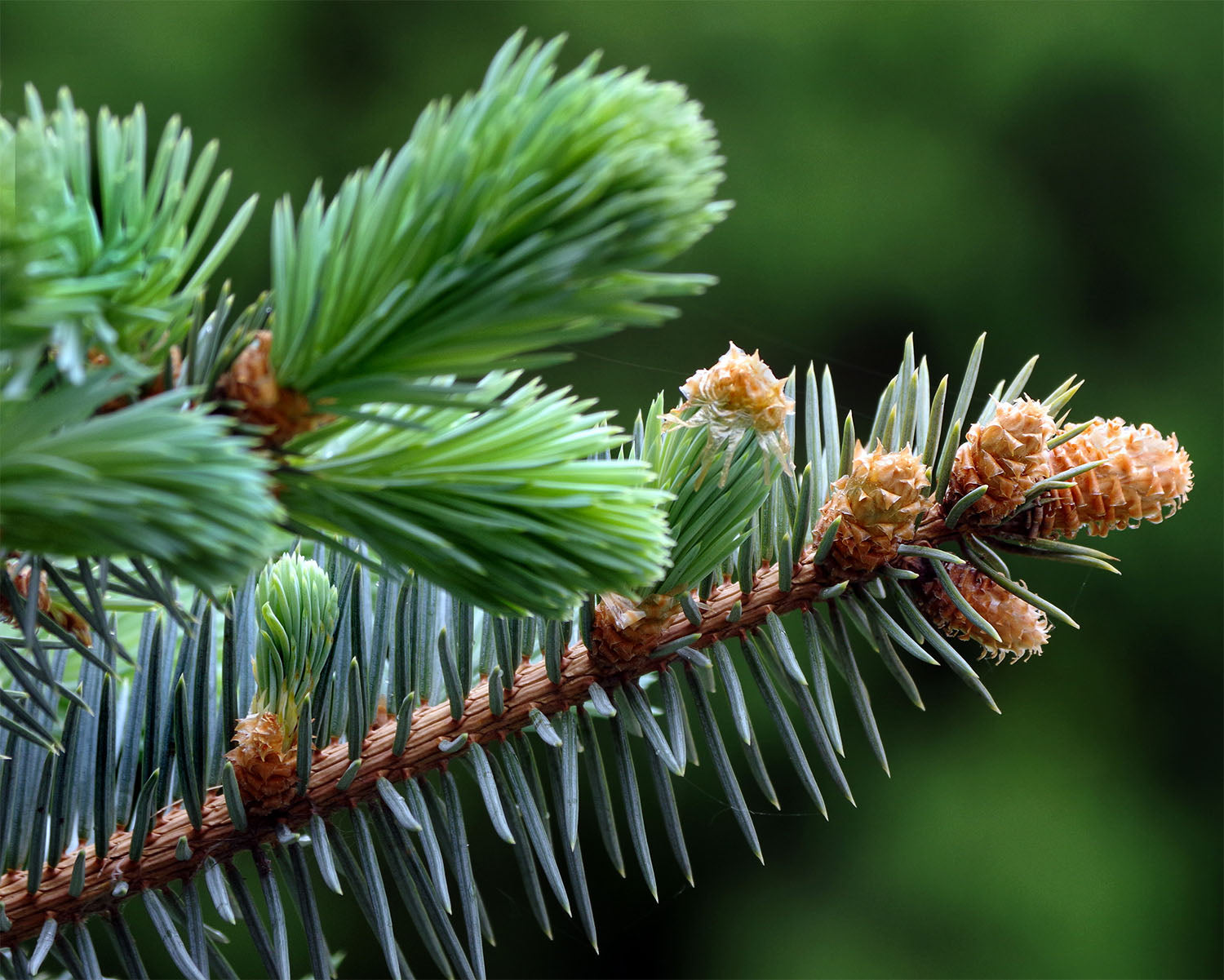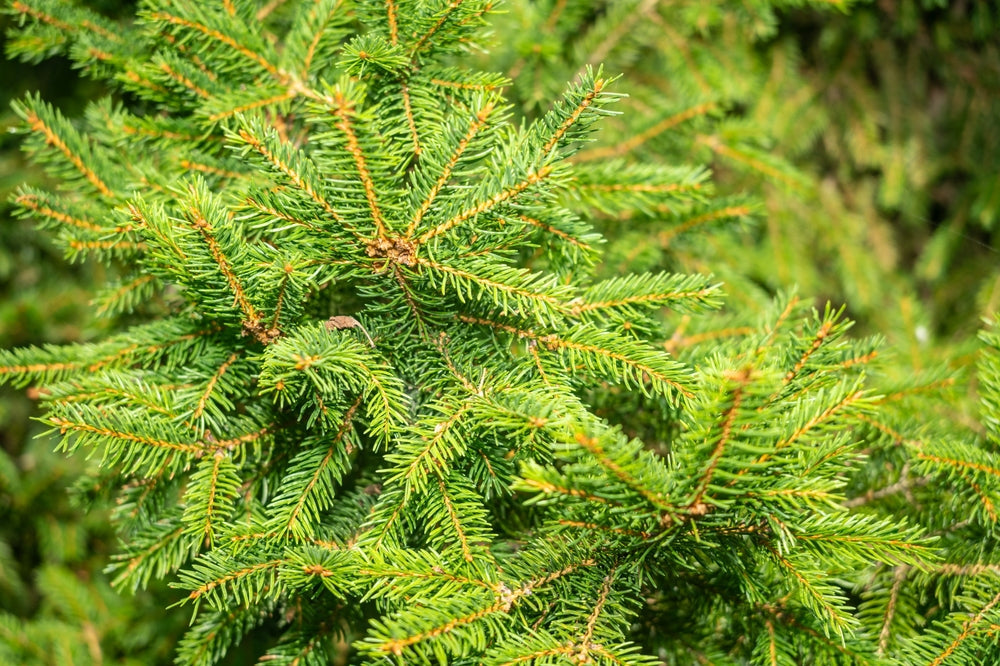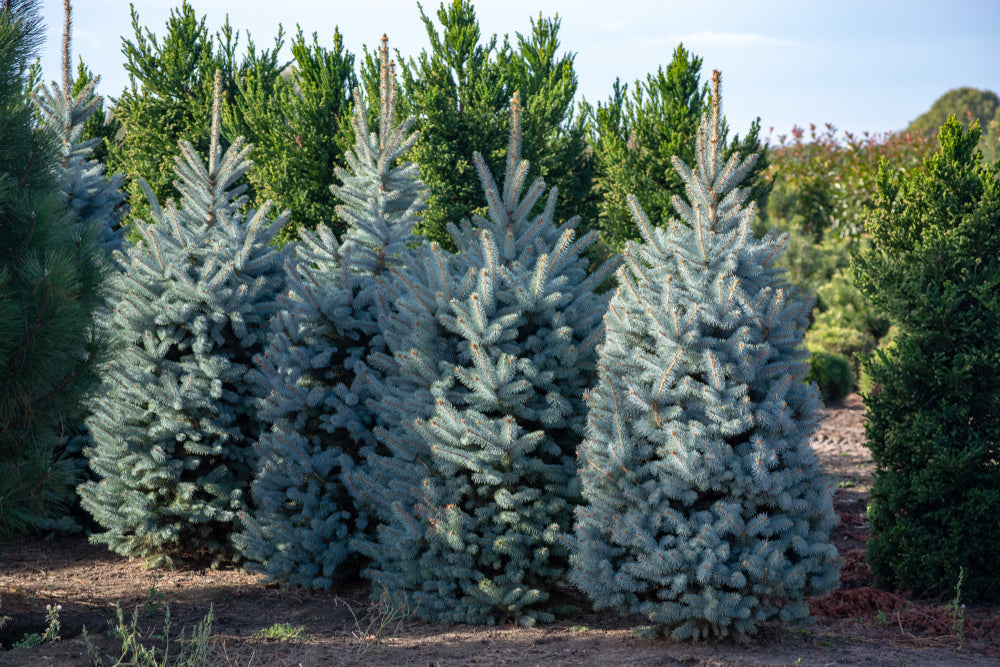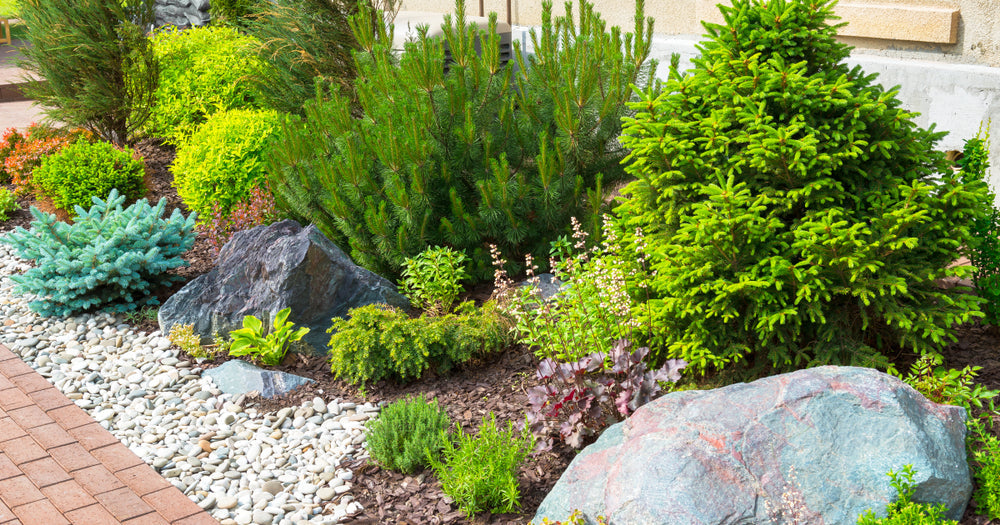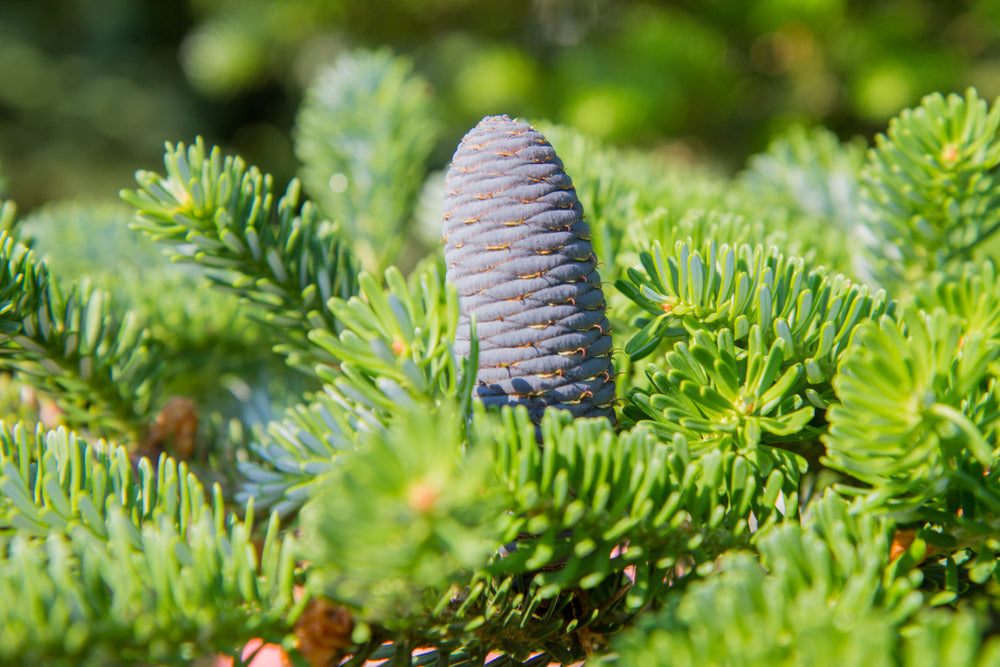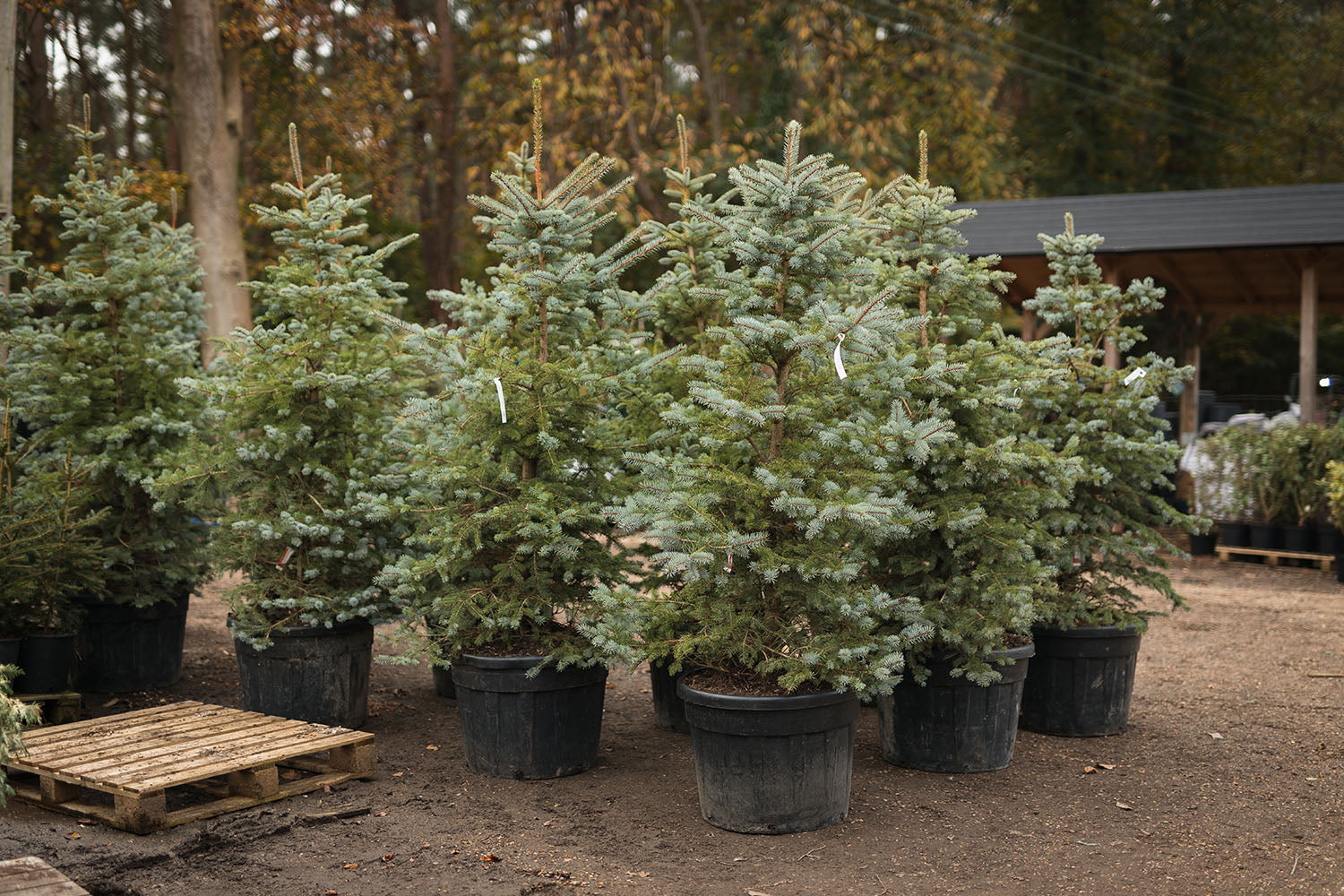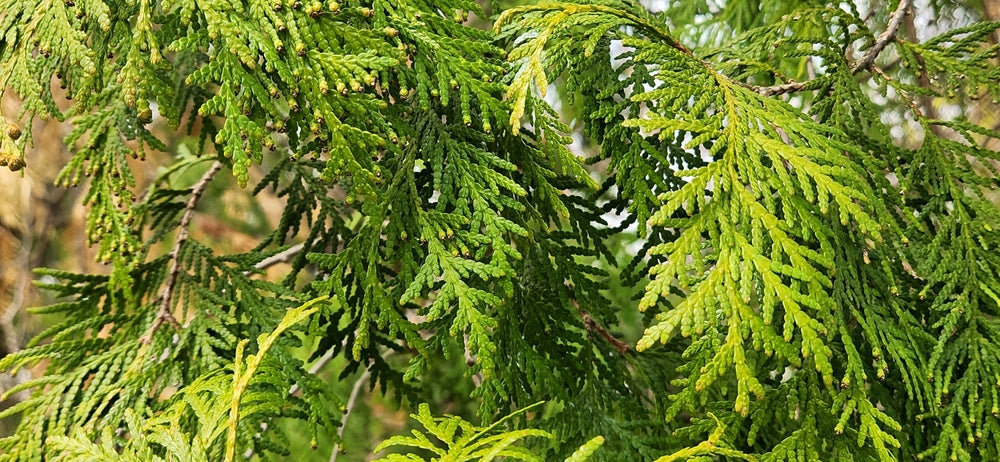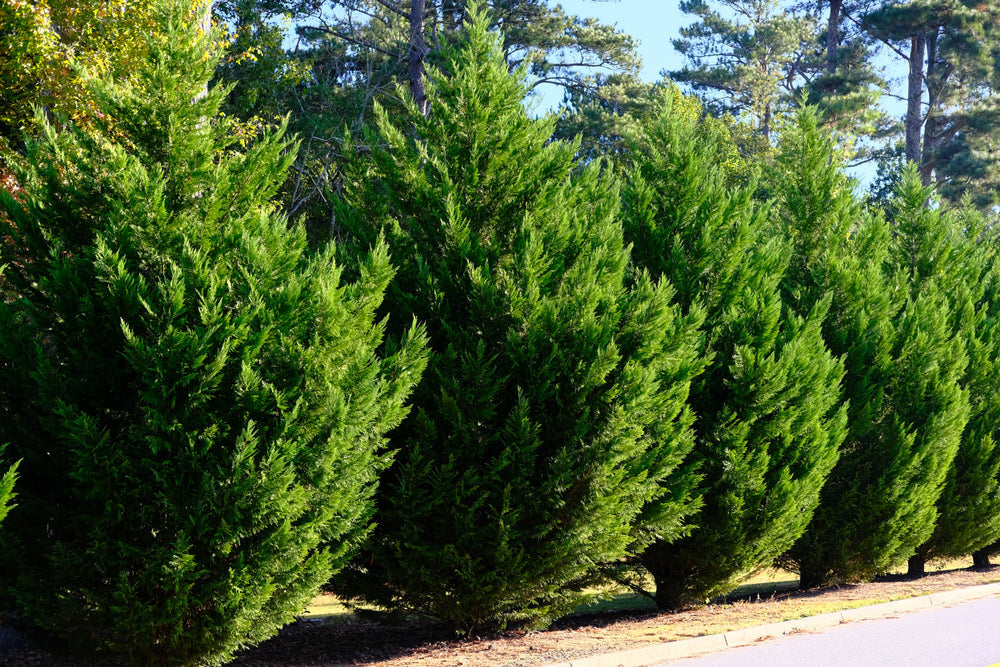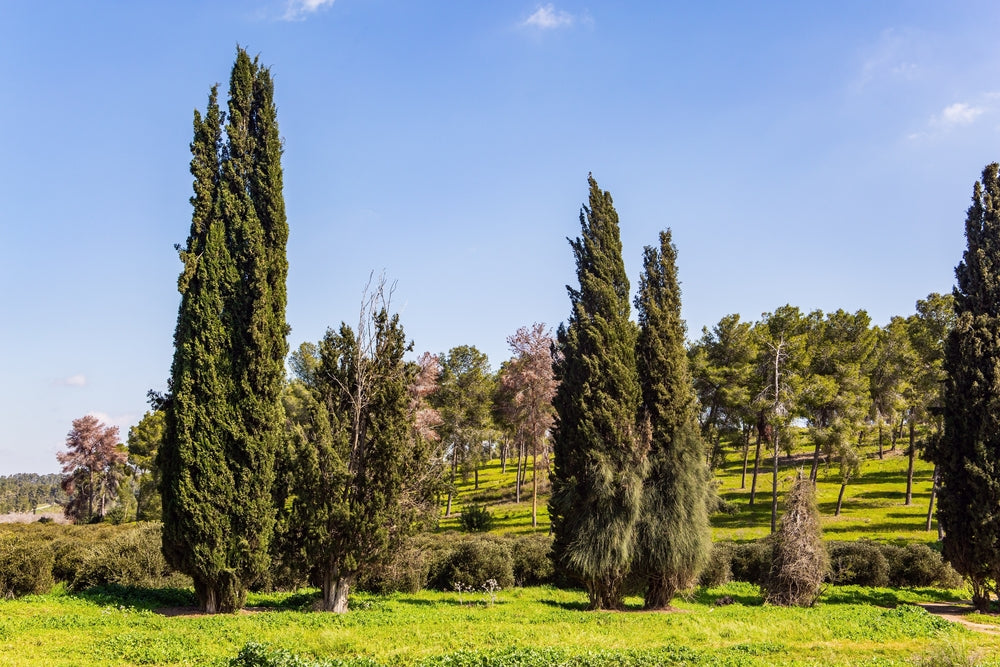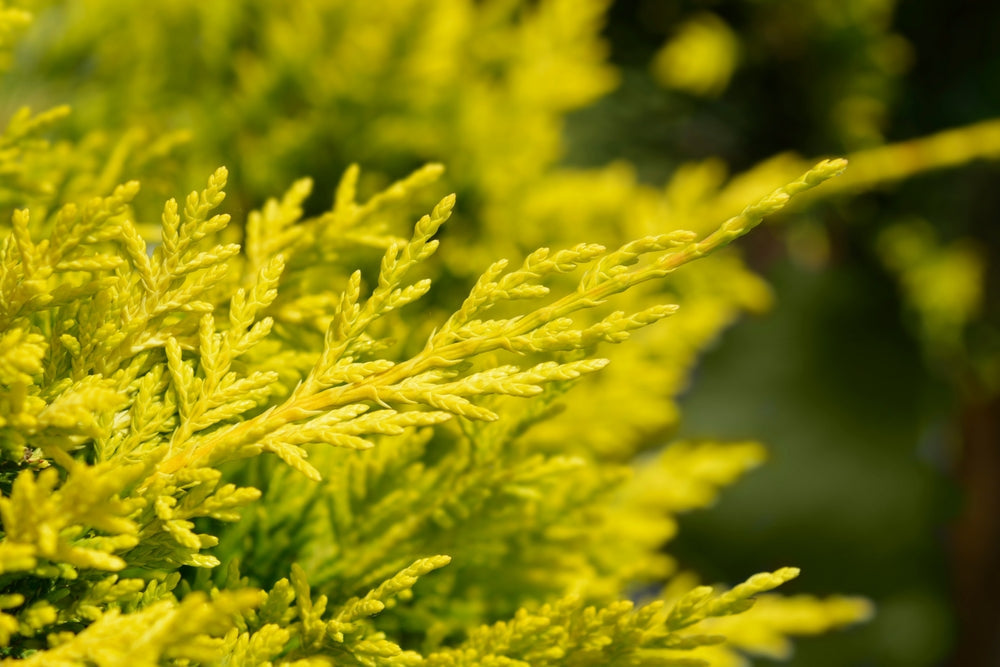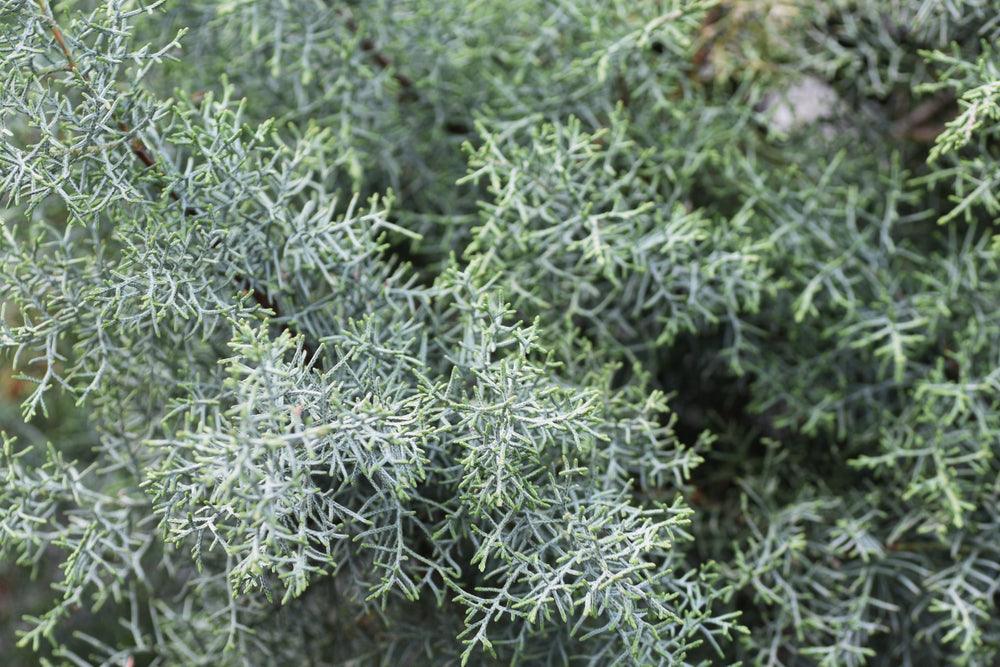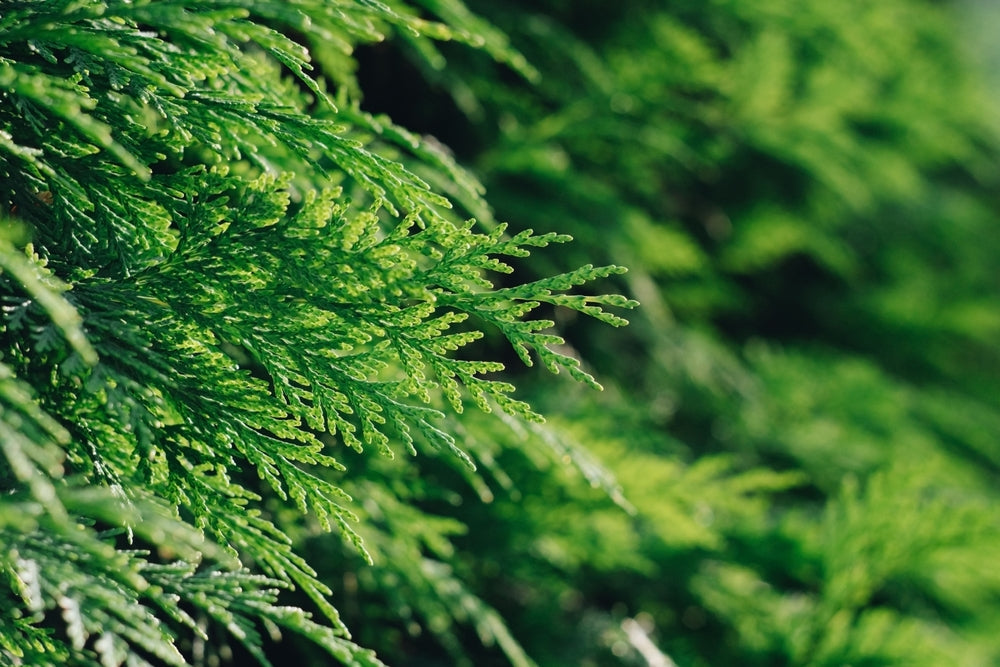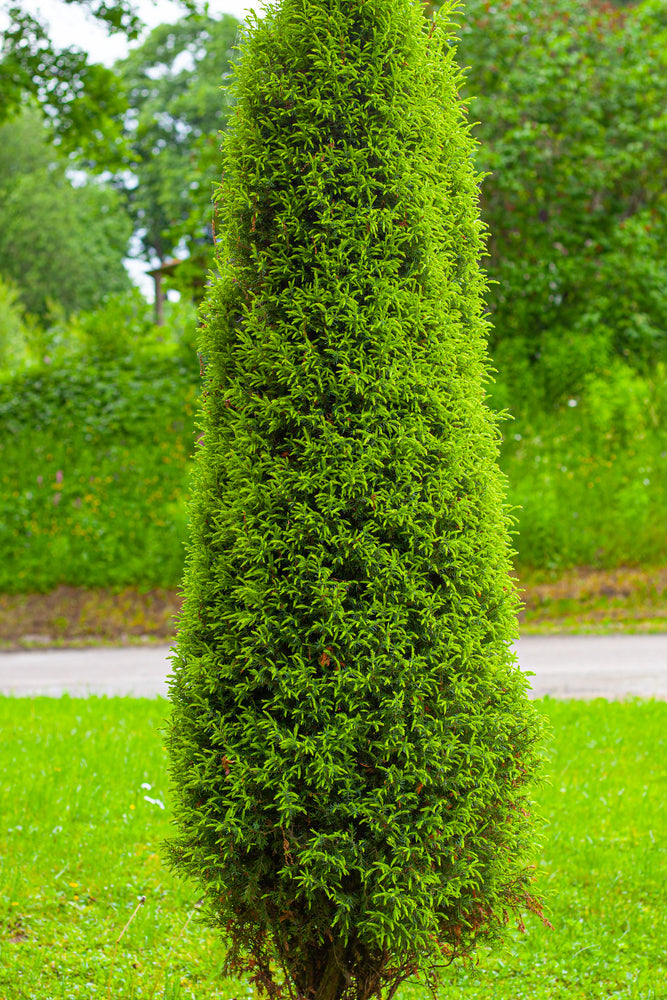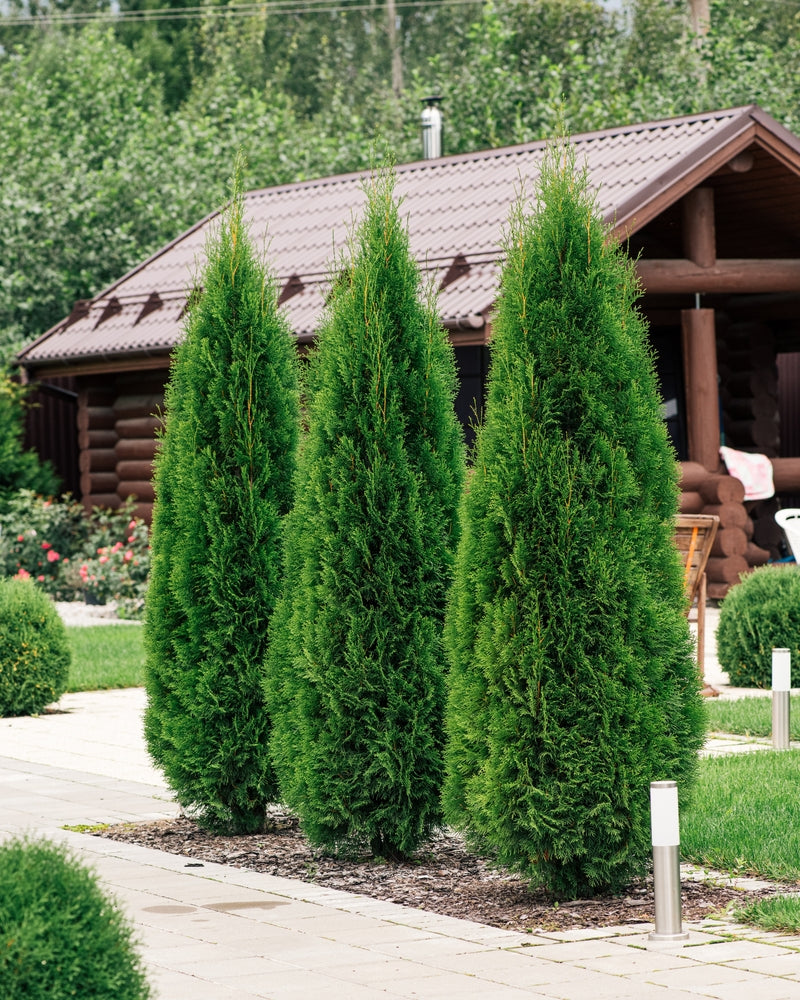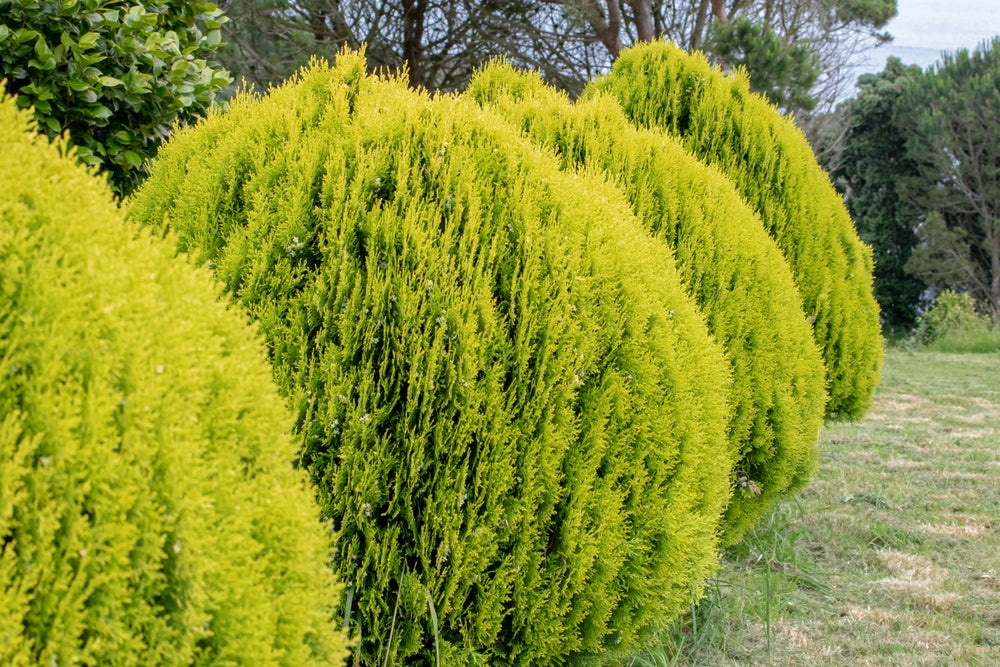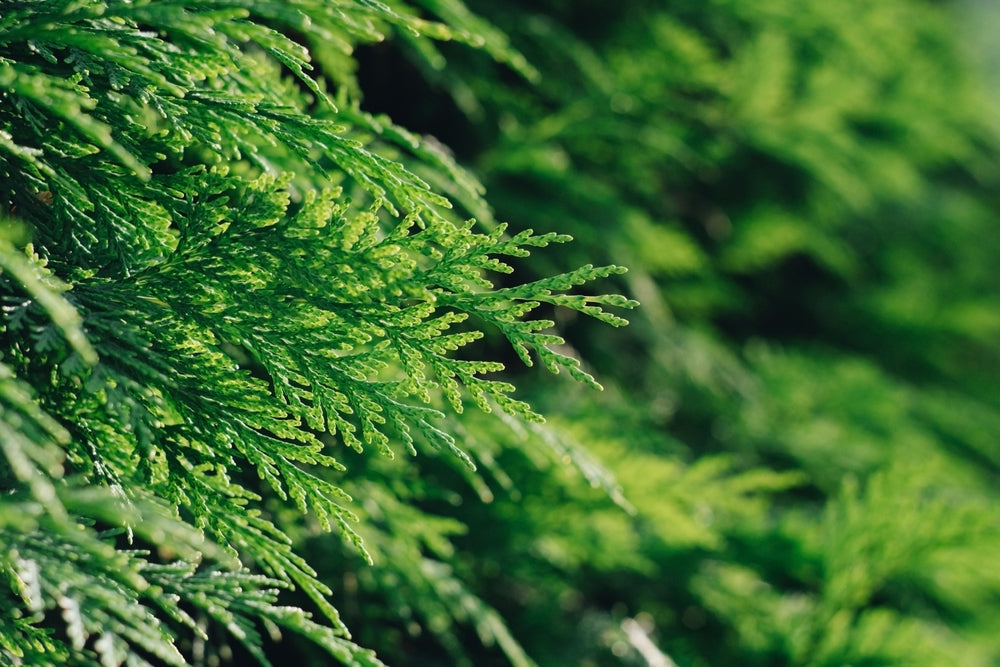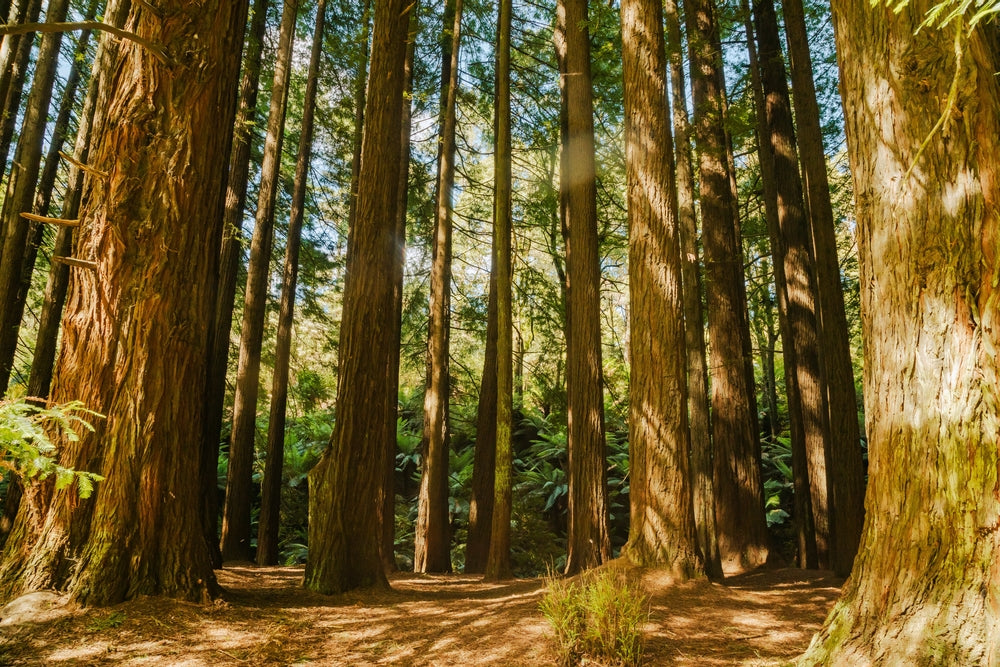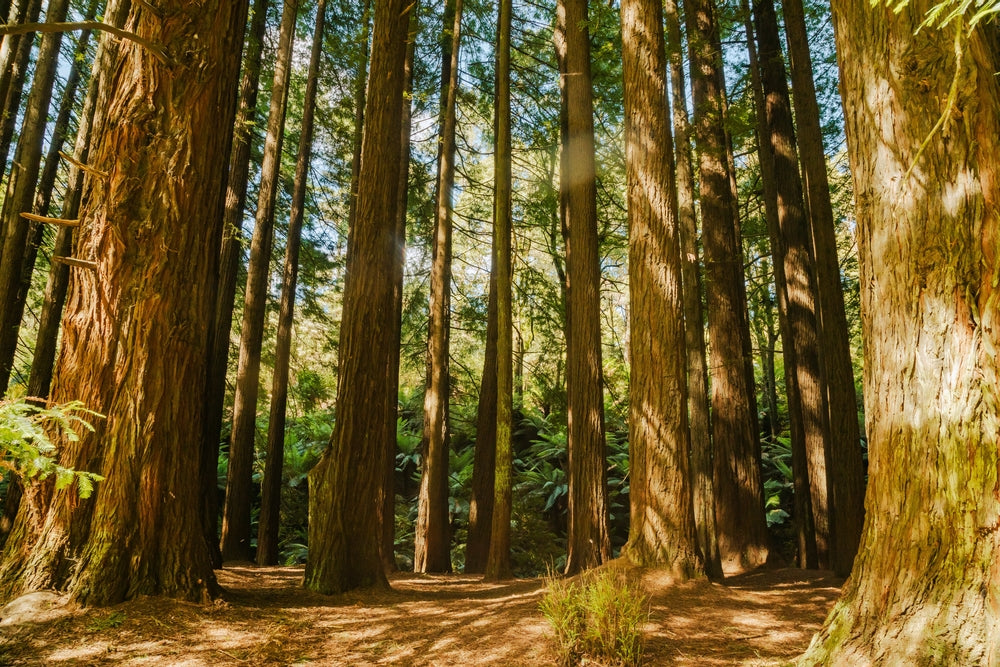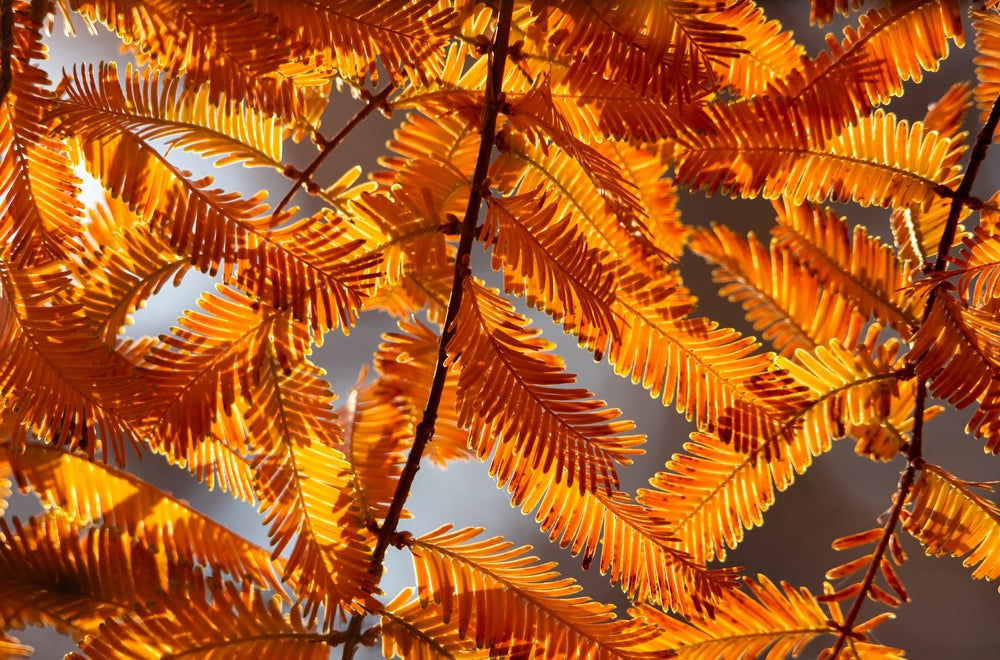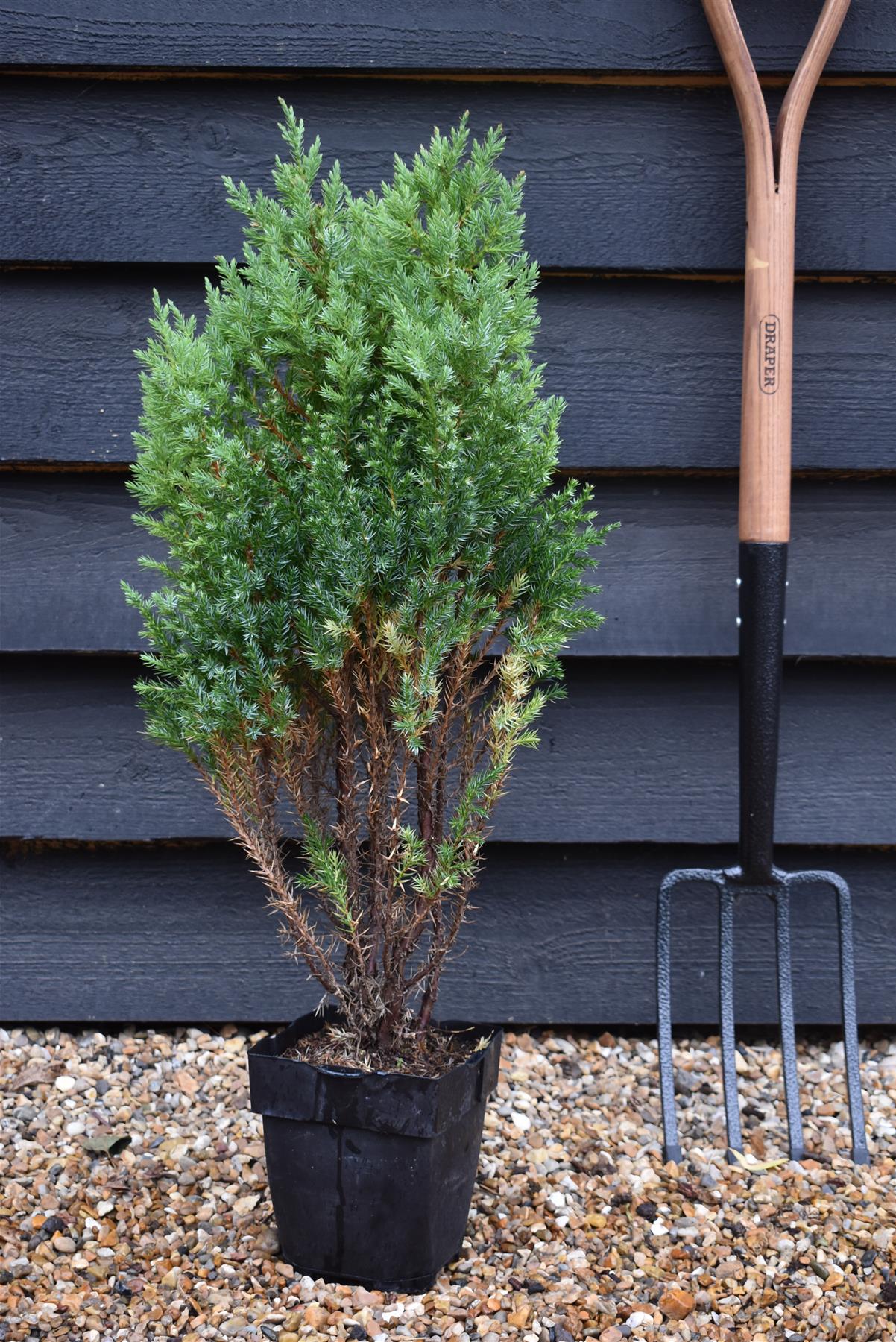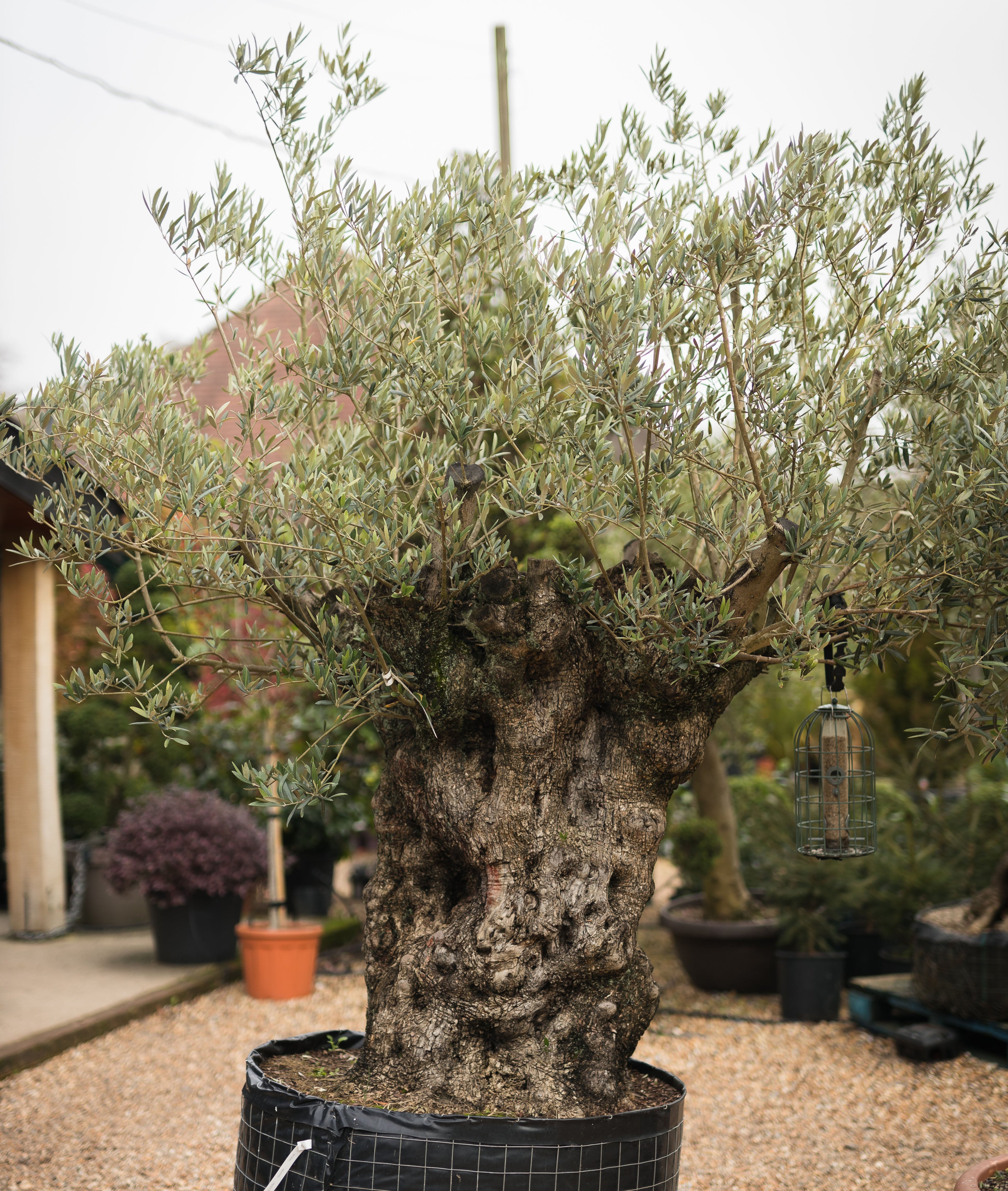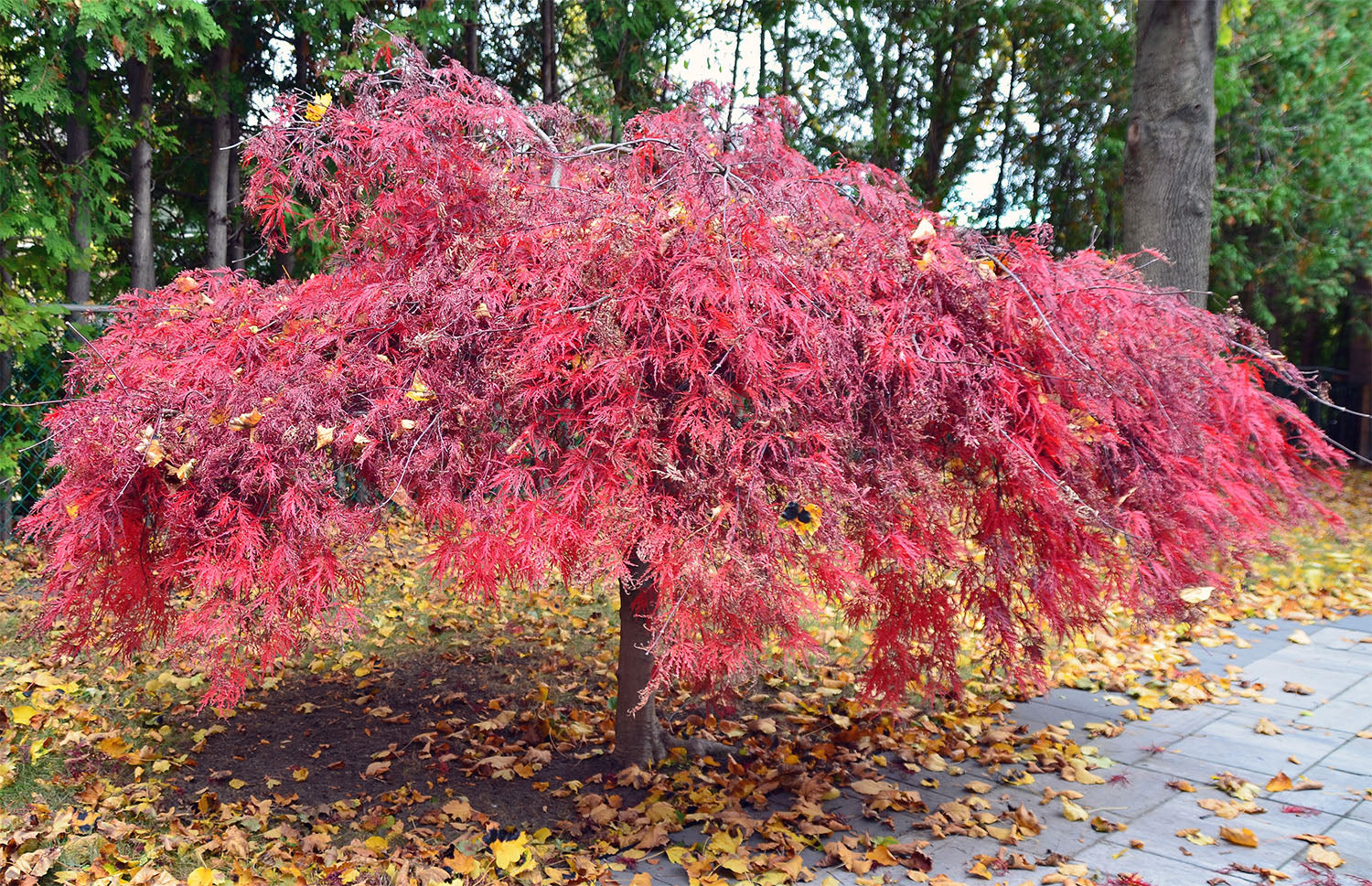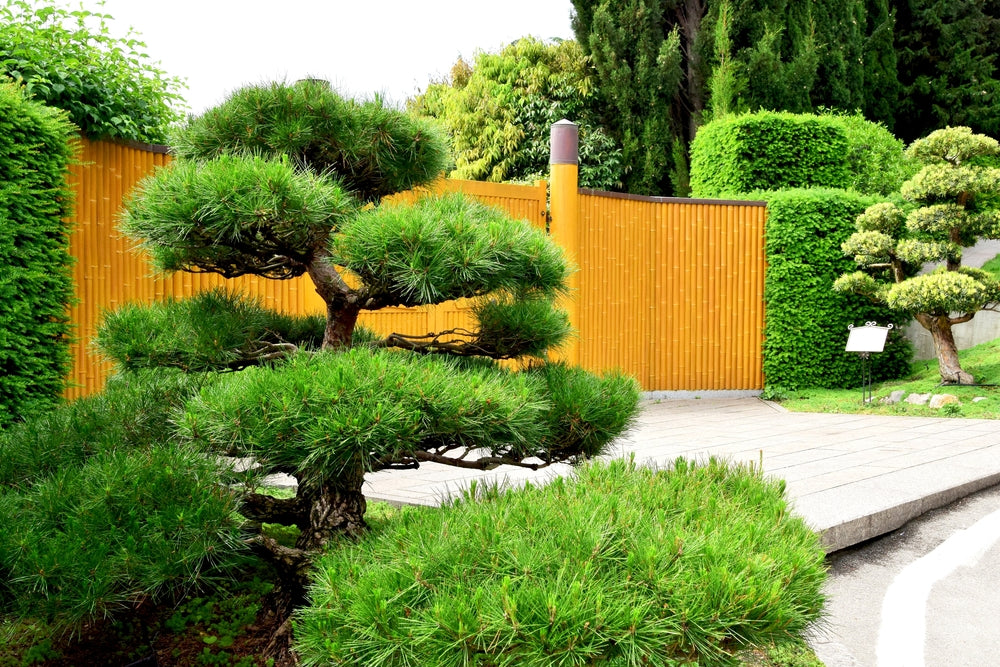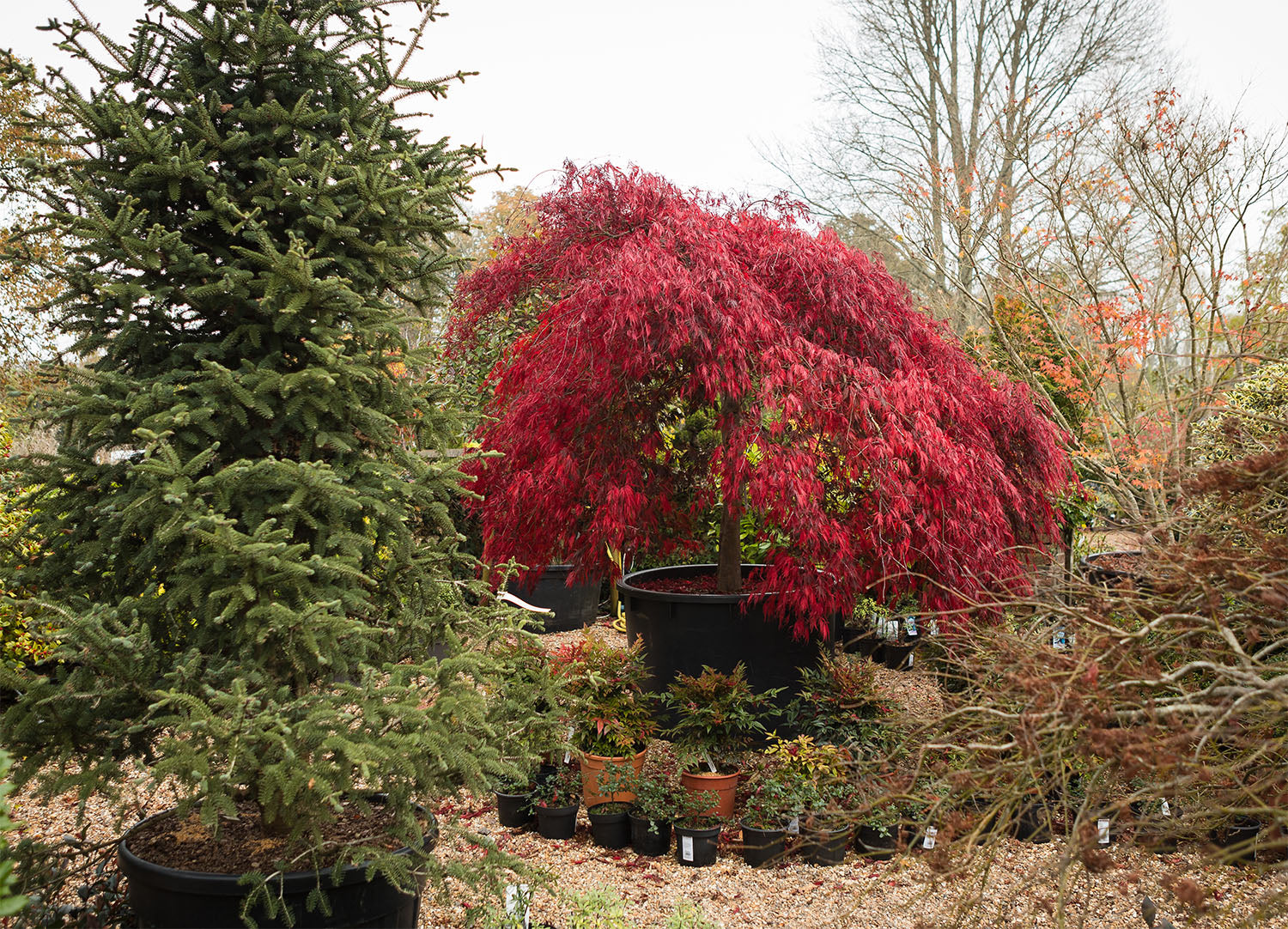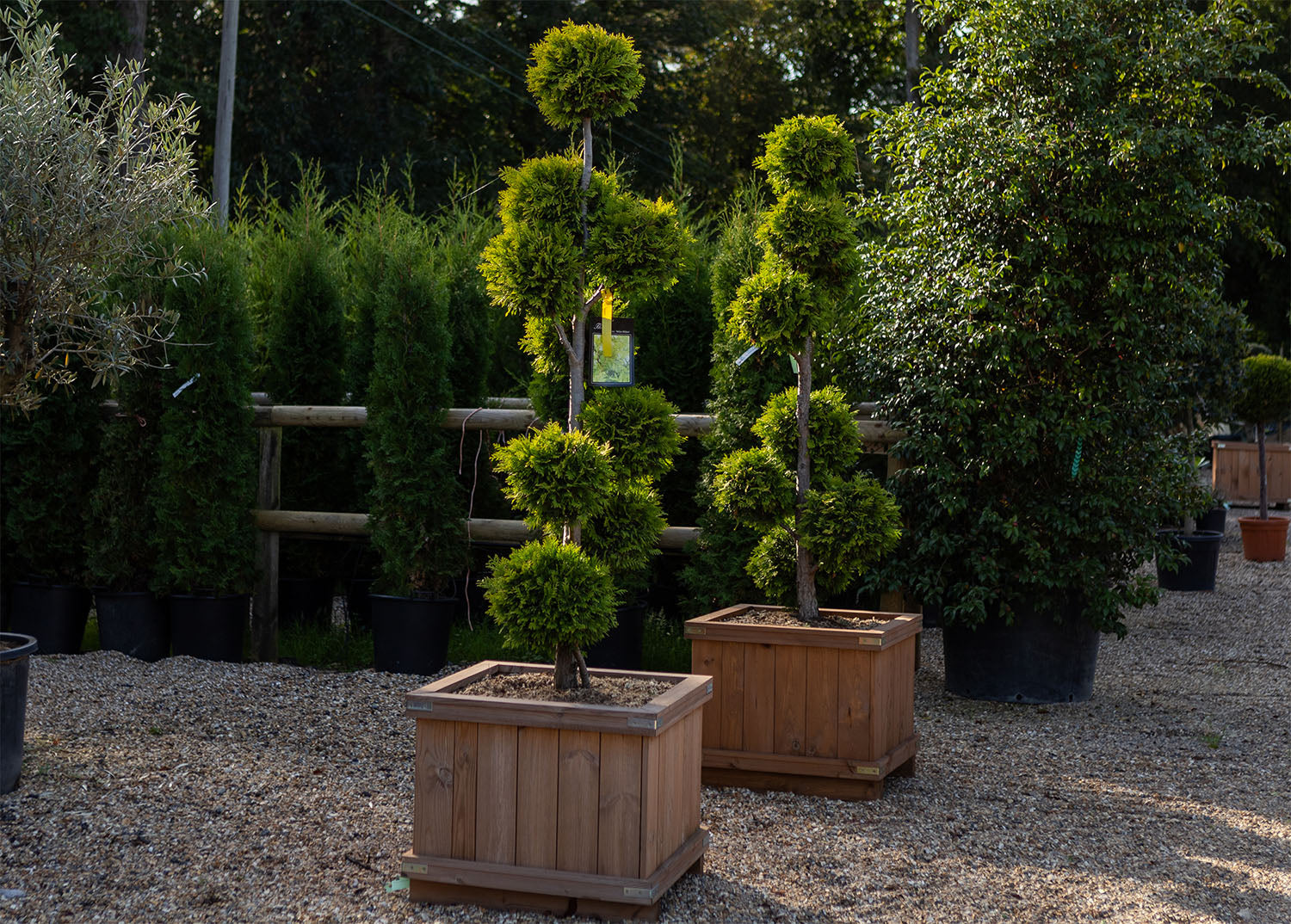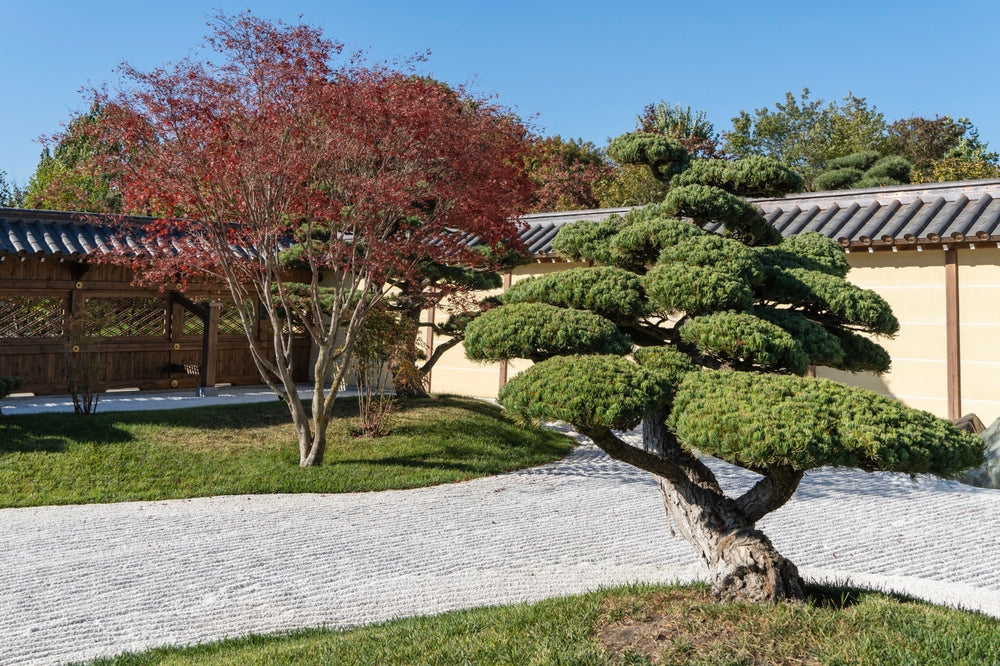Hedging
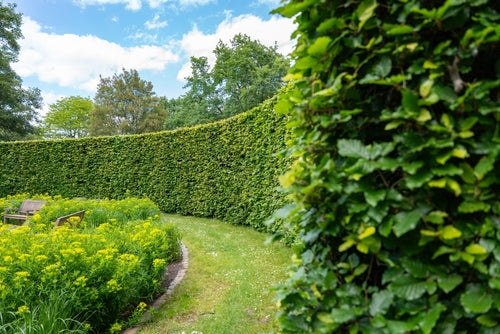
Hedging
How to Plant a Hedge: A Simple Guide for Gardeners
by Arundel Arboretum on Oct 07, 2025
Hedges are far more than just boundaries. They give privacy, shelter, and seasonal beauty to your garden. Whether you want a neat evergreen screen or a traditional native hedge, planting is easier than you might think.
Why Hedges Are Better Than Fences?
Every garden or property needs a clear boundary. The first thing that comes to mind is usually a fence. A fence does a good job, but a hedge can give so much more. Here’s why choosing a hedge over a fence may be better for your garden:• Longevity - Wooden fences usually need some repair after 10-15 years and that’s inevitable. But, hedges grow stronger year after year and can thrive for generations.• Seasonal Beauty - Fences look the same all year round. Hedges bring blossoms in spring, lush greenery in summer, berries and colour in autumn, and if they are evergreen, life and freshness in winter.• Natural Look - Fences can feel stark and hard. Hedges offer privacy while still looking natural and welcoming.• Noise and Wind Protection - Dense hedges are excellent natural windbreaks and great for reducing noise.• Benefits for Wildlife - Fences are just barriers that offer nothing to wildlife, while hedges provide food and shelter for birds, bees, butterflies, and even small mammals.
With all this in mind, it’s clear that hedges are more than boundaries. They are long-lasting investment that will reward you with beauty, character, and life in a way a fence never would.
The Best Hedge Plants for UK Gardens
The plants you choose for a hedge can make all the difference to your garden. To help you make your choice, here are our suggestions for different types of hedging plants - evergreen, deciduous, and wildlife-friendly native varieties. Each of the plants we suggest grows well in the UK, so all you have to do is just pick the one you feel would be perfect for your garden.
Evergreen Hedging Plants for Privacy
Taxus baccata,Yew is a plant that is well-known for its dense, dark green evergreen foliage.• Growth – It’s a slow to moderate grower, usually 20 to 40cm per year.• Height - It’s usually trimmed to 3–4m, but can grow more if left untrimmed.• Best for - Classic, elegant gardens that need neat, formal hedges.• Notes - Extremely long lived. It can thrive for centuries. Very tolerant to hard pruning. Keep in mind that all parts of the plant are poisonous.
Prunus laurocerasus, Cherry Laurel is very dense and vigorous plant with large, glossy evergreen leaves.• Growth - One of the fastest growing hedges, 30 to 60cm per year.• Height - From 3 to 5m if left untrimmed, but it’s easiest to maintain when clipped up to 3m.• Best for - Quick privacy hedges, screening, or for blocking roadside noise.• Notes - Thrives even in shade. It is hardy and adapts well to various conditions, but it needs regular trimming to keep it good looking.
Prunus lusitanica, Portuguese Laurel is attractive because of its small, neat, dark green leaves and fiery red stems. • Growth – It’s considered a slow to moderate grower, 20 to 40cm per year.• Height - It will reach 3–5m if left, but it’s easier to keep it tidy at a smaller size.• Best for - Stylish, formal hedges with a refined look.• Notes - Neater and more compact, but less vigorous, than cherry laurel. It responds very well to regular pruning.
Cuprocyparis leylandii is vigorous evergreen conifer with dense, feathery foliage.• Growth - The fastest growing hedging plant, grows up to 1m per year.• Height - If not maintained it can reach more than 10m.• Best for - Tall privacy screens and windbreaks, very popular choice.• Notes – You have to trim it regularly, at least twice a year, to keep it neat and under control.
Griselinia is a hardy, easy-going evergreen shrub with smooth, glossy, apple-green leaves• Growth - Moderate, grows around 30 to 45 cm per year.• Height - It is usually kept between 1.5–3 m but can grow taller if you leave it untrimmed.• Best for - Coastal and milder parts of UK. • Notes - Tolerates salt and wind very well, which makes it ideal for seaside gardens. It prefers well-drained soil and full sun.
Deciduous Hedging Plants for Colour and Interest
Fagus sylvatica, Beech has lush green leaves in summer that turn copper yellow in autumn with many of the dry leaves remaining through winter.• Growth – Moderate, 30–60 cm per year.• Height - Maintained at 1.5–5 m as a hedge.• Best for - Formal hedges as it holds its shape very well.• Notes – It doesn’t tolerate heavy clay or waterlogging
Carpinus betulus, Hornbeam is loved for its bright green ribbed leaves in summer, golden yellow in autumn. Some brown leaves may remain on branches even in winter.• Growth – Its growth rate is moderate to fast, usually 30 to 60 cm per year.• Height - From 2–5m when maintained as a hedge.• Best for - Formal hedges in heavier soils or exposed sites. • Notes - Very hardy and resistant. Responds well to pruning
Acer campestre, Field Maple has small lobed leaves, green in summer, and beautiful golden yellow in autumn.• Growth - Moderate, around 30 to 45 cm per year.• Height - Typically, 3–5m, but it can reach 4-5m.• Best for - Seasonal colour, often used in mixed native hedges.• Notes - Flowers are valuable for pollinators. Native to UK
Cornus, Dogwood is known for its white spring flowers, black berries in autumn, and striking red stems in winter.• Growth - Moderate to fast, from 40 to 60 cm per year.• Height - 2–3 m, pruned lower for best colour.• Best for - Winter colour and wildlife-friendly planting.• Notes - Native to the UK. Needs regular pruning to keep stems vibrant.
Euonymus europaeus, Spindle is most beautiful in autumn when its leaves turn fiery red and vivid pink-orange berries hang from the branches.• Growth - Moderate to fast, from 30 to 60 cm per year.• Height - Usually 2–3 m as a hedge.• Best for - Adding dramatic autumn colour and wildlife value to hedges.• Notes - Berries are toxic to humans and pets. Native to UK.
Wildlife and Native Hedging Plants
Crataegus monogyna, Hawthorn is known for white blossom in spring, and red haws in autumn.• Growth - Moderate to fast, 30 to 60cm per year.• Height - It’s usually kept at 2 to 4m.• Best for - Traditional hedgerows; excellent for wildlife.• Notes - One of the best native hedge plants, supports over 300 insect species
Ligustrum vulgare,Wild Privet has clusters of creamy white summer flowers, and black autumn berries.• Growth - Its growth rate is moderate to fast, 30–60 cm per year.• Height - As a hedge, it’s usually kept at 2 to 4 metres.• Best for - Wildlife-friendly gardens. Flowers attract butterflies and moths, while black berries provide autumn food for birds.• Notes - Excellent in mixed hedgerows with hawthorn, hazel, and guelder rose. Tolerates well chalky soils and drought. Semi-evergreen in the UK.
Corylus avellana, Hazel, with its yellow catkins in late winter and autumn nuts is favourite for birds, squirrels, and other wildlife.• Growth - Fast, 40 to 60 cm per year.• Height - From 3 to 5 metres if left untrimmed. Clips well into a hedge.• Best for - Wildlife-friendly gardens. Nuts feed birds and mammals; catkins provide early pollen for bees.• Notes - Traditional in coppicing and hedgerows.
Viburnum opulus offers white flowers in summer, bright red berries in autumn, and striking autumn foliage.• Growth – Moderate, 30 to 40 cm per year.• Height - Typically, 2–4 m.• Best for - Ornamental and wildlife hedging. Provides berries for birds, nectar for pollinators.• Notes - Tolerates damp soils. Berries are mildly toxic to humans if eaten raw.
Sambucus nigra, Common Elder has clusters of fragrant creamy flowers in early summer and black elderberries in autumn that feed birds and can be used for jams and cordials.• Growth - Fast, 40 to 60 cm per year.• Height - Usually 3 to 5 metres as a shrub or hedge.• Best for - Wildlife and foraging. Flowers attract pollinators, berries feed birds. It can also be used for jams.• Notes - Grows quickly and tolerates poorer soils. Can be trimmed hard.
How to Plan and Space Your Garden Hedge
A good hedge starts with a good planning. That means thinking about following:
Spacing between plants
Most hedging plants like to be about 30 to 60 cm apart. It depends very much on the type of hedge you’re about to plant. Fast-growing hedges with big leaves, like laurel or leylandii, need more space because you don’t want them to crowd each other. Slower growers, such as yew or box, can be planted closer together, especially if you like that classic dense look. For an extra-thick screen, some gardeners plant in a double row. Plants are set in a zig-zag with about 40 to 50 cm between the rows.
Distance from walls and fences
A hedge should be planted at least 45 to 60 cm away from a fence, wall, or building. That way, the roots have enough space to spread and hedge won’t be struggling for light and air. It also saves you the headache of trying to trim a hedge that’s pressed against a wall.
Best planting time in the UK
Container-grown plants can be planted in any time of year but the best seasons are autumn, from October to November, and early spring, from February to April. In these periods, the soil is moist, the temperatures are gentle, so plants can develop roots before summer heat and after winter cold.
Preparing Soil for Hedge Planting in the UK
Before planting the first plant, you must make sure the soil is ready. Good preparation means your hedge will be healthy and lush. Here is the list of the things to do:1. Clear the ground - When you decide where your hedge is going to go, remove grass, weeds, and roots from that line. That way, young plants will have no competition.2. Check soil pH - With a simple pH kit, test your soil. Most hedging plants like neutral soil. However, there are exceptions. Yew or box, prefer lime-rich ground while beech and hornbeam love slightly acidic soil. If your soil is too acidic, add some garden lime and make sure you do it a few months before planting. If your soil is too alkaline, add sulphur powder or aluminium sulphate, and again, a few months earlier.3. Improve soil - Most UK soils will benefit from adding organic matter like garden compost or well-rotted manure. Mix it with the soil you dug up and before you backfill. If you have heavy clay soil, add grit or sharp sand. That will improve drainage and prevent waterlogging. If you have a sandy soil, add extra compost so it can hold moisture.4. Dig a proper trench - Instead of digging a separate hole for each plant, it’s better to dig a continuous trench. Your goal is to make it around 45 to 60 cm wide and deep enough for the roots to feel comfortable.5. Mark out your spacing - Use a string line or canes to plant in a straight line and to maintain the plants evenly spaced. That will make the hedge look better and make trimming easier.
How to Care for a Hedge
Planting a hedge is just the start. You need to make sure it stays healthy and strong. To do that, a little bit of effort is needed, but the results will be worth it. Here are the most important things to keep in mind:
WateringAs we all know, young plants need the most care, especially regular watering. In the first year or two, give them a good soak once or twice a week. Deep watering helps the roots grow down instead of staying near the surface. Once your hedge is established, it needs watering just in very hot weather.
FeedingSpring is the time for feeding because it will give the hedge energy for healthy new growth. Use a slow-release fertiliser. Every year or two, spread some well-rotted manure or compost around the base to keep the soil rich.
MulchingA layer of mulch around the bottom of the hedge will keep the soil moist, and weed-free. As it breaks down, it also slowly improves the soil. Just make sure it doesn’t touch stems so they don’t rot.
Trimming and pruningMost hedges need trimming once or twice a year. Leylandii may keep you busier since it’s a fast-grower, while slower ones like yew are easier to manage. The best time to trim evergreens is late spring or early summer, and for deciduous hedges late summer. Don’t worry too much about being perfect. It’s important to keep the hedge even and let light reach the lower branches.
Keep an eye on thingsGive your hedge a quick look now and then. Every problem, like pests and diseases, are easier to solve if you notice them early. A little attention goes a long way.
Where to Buy the Best Hedge Plants in the UK
If you’re ready to plant a new hedge, come and visit us at Arundel Arboretum, near Chichester, in West Sussex. We offer a wide range of high-quality hedging plants for gardens and are always happy to help and share some expert advice. If you prefer buying plants online, browse our online store. However you choose to buy, Arundel Arboretum has everything you need to get your hedge off to the best start.
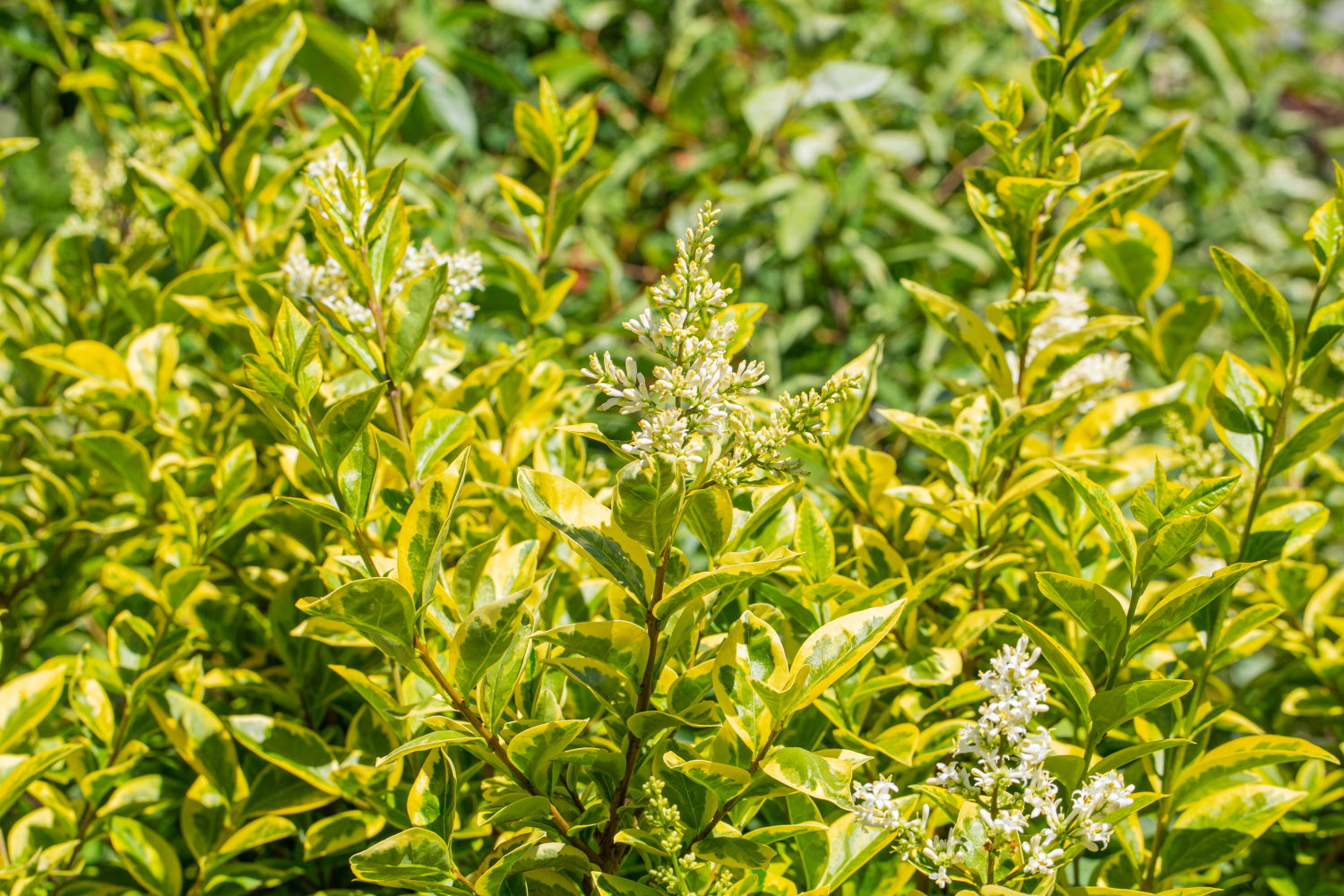
Hedging
Ligustrum japonicum lucidum ‘Excelsum Superbum’ / Variegated Chinese Privet
by Arundel Arboretum on Dec 11, 2022
Ligustrum japonicum lucidum ‘Excelsum Superbum’ is an evergreen tree, that is great for using as a screening tree, as it almost brings light in the garden rather than blocking it out. It has ovate leaves which are tinged light green with creamy-yellow edges. Ligustrum japonicum lucidum ‘Excelsum Superbum’ produces creamy flowers in late summer, which are followed by black fruits in the autumn. These are not suitable for human consumption. It will grow happily in shade\semi-shade. It is a hardy evergreen, but may drop its foliage if the temperature falls below -10.


